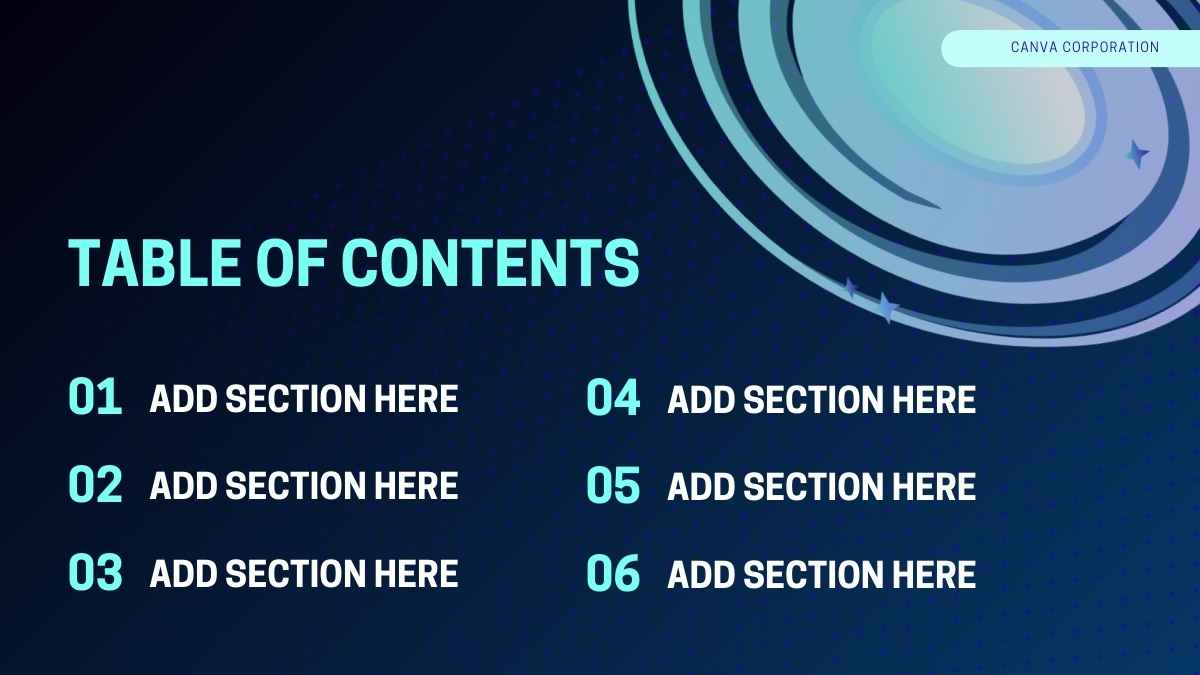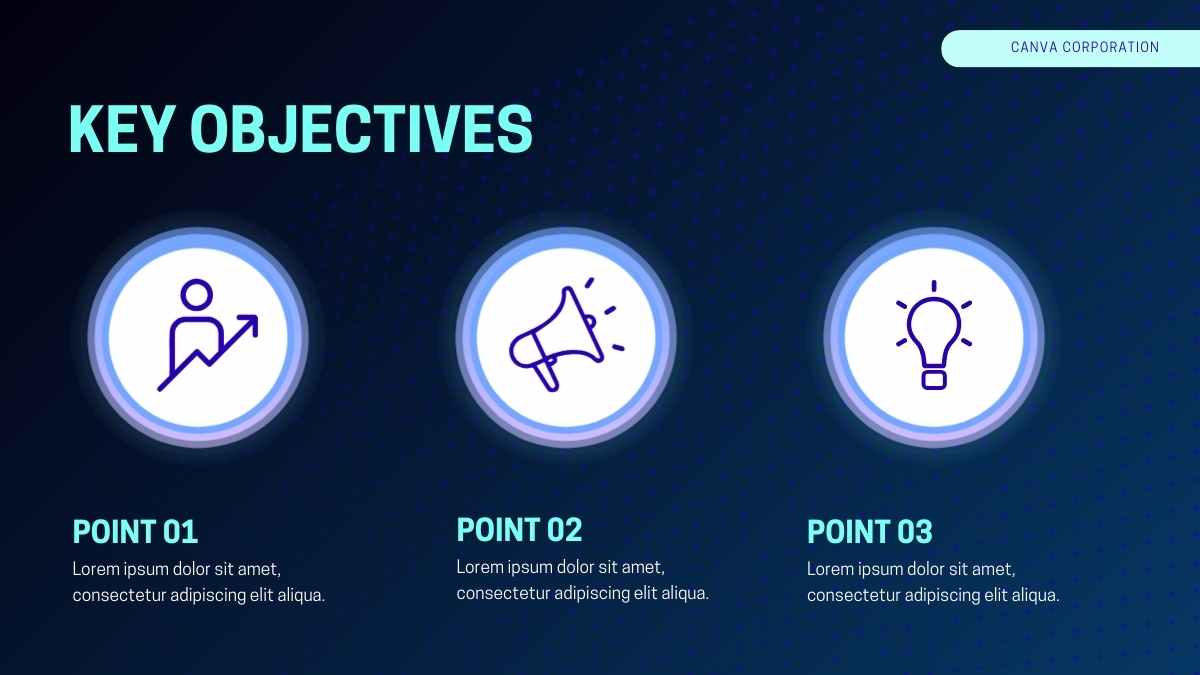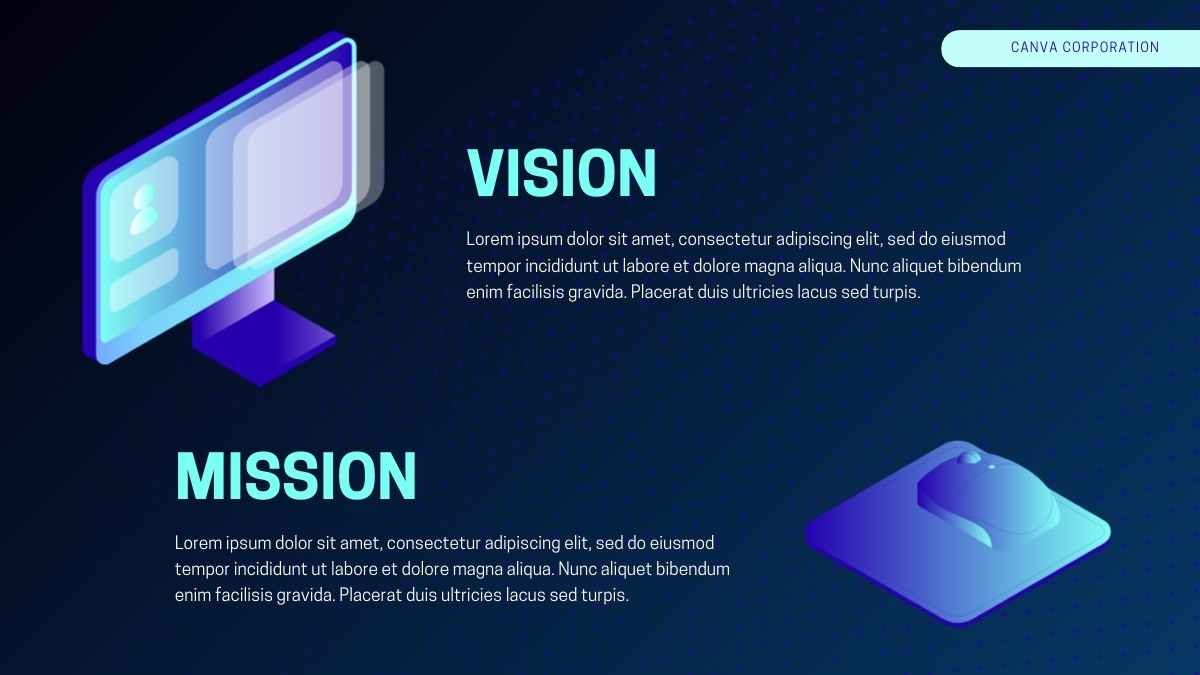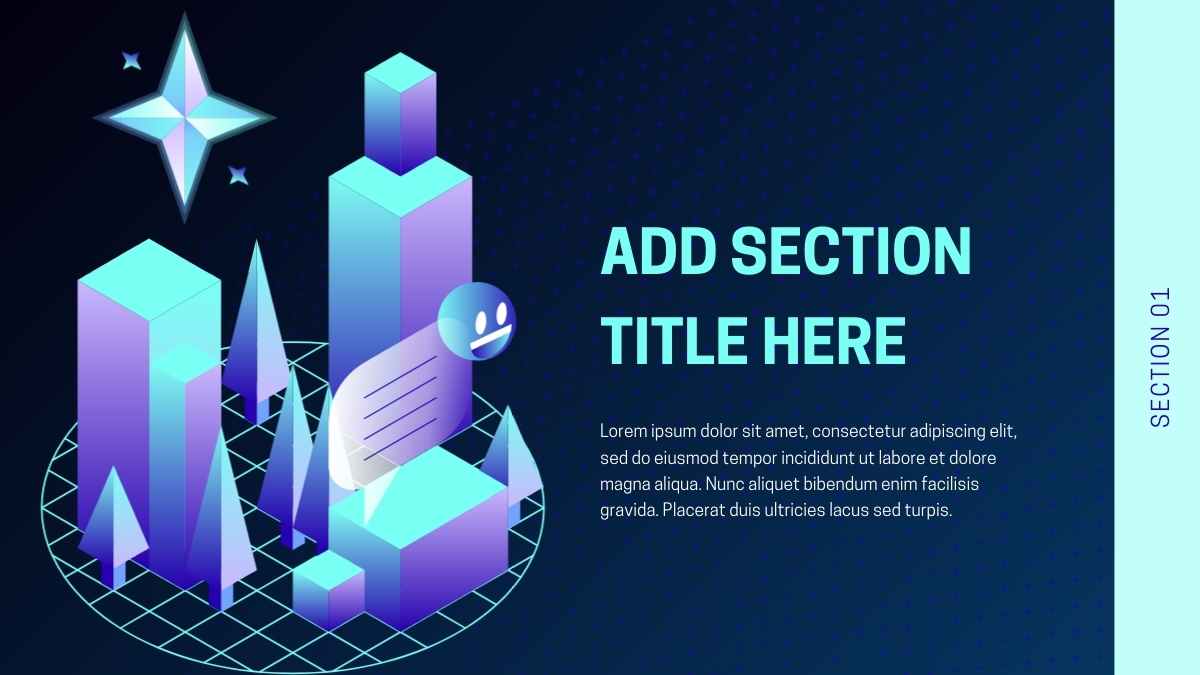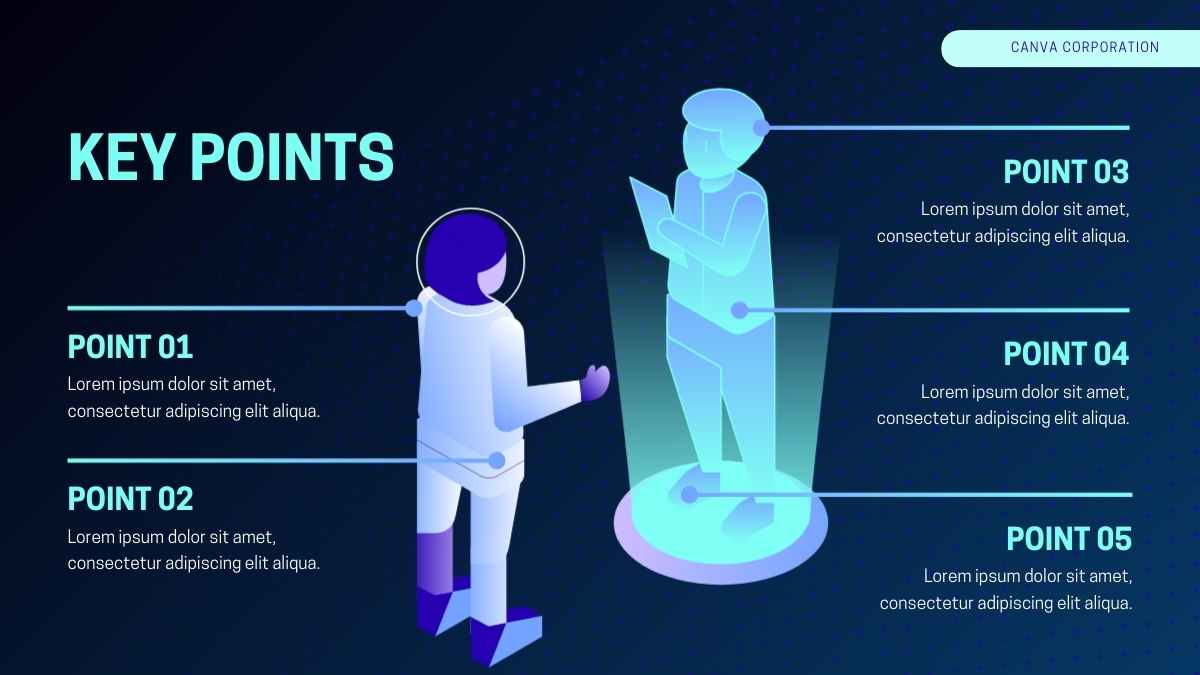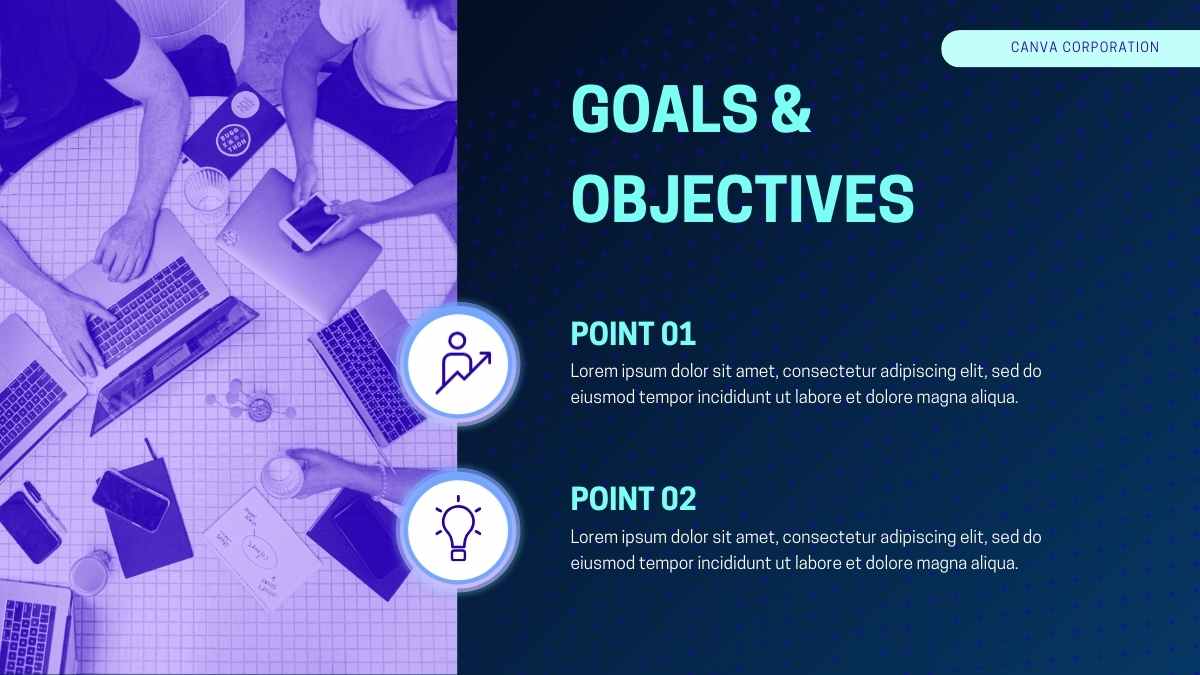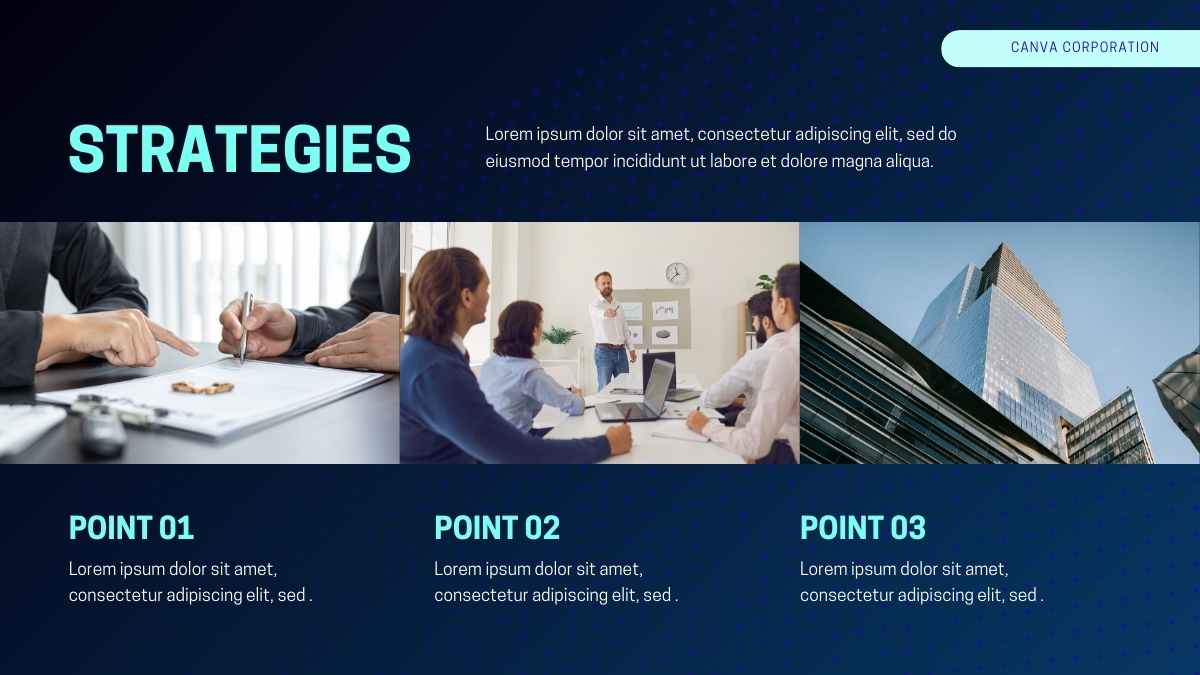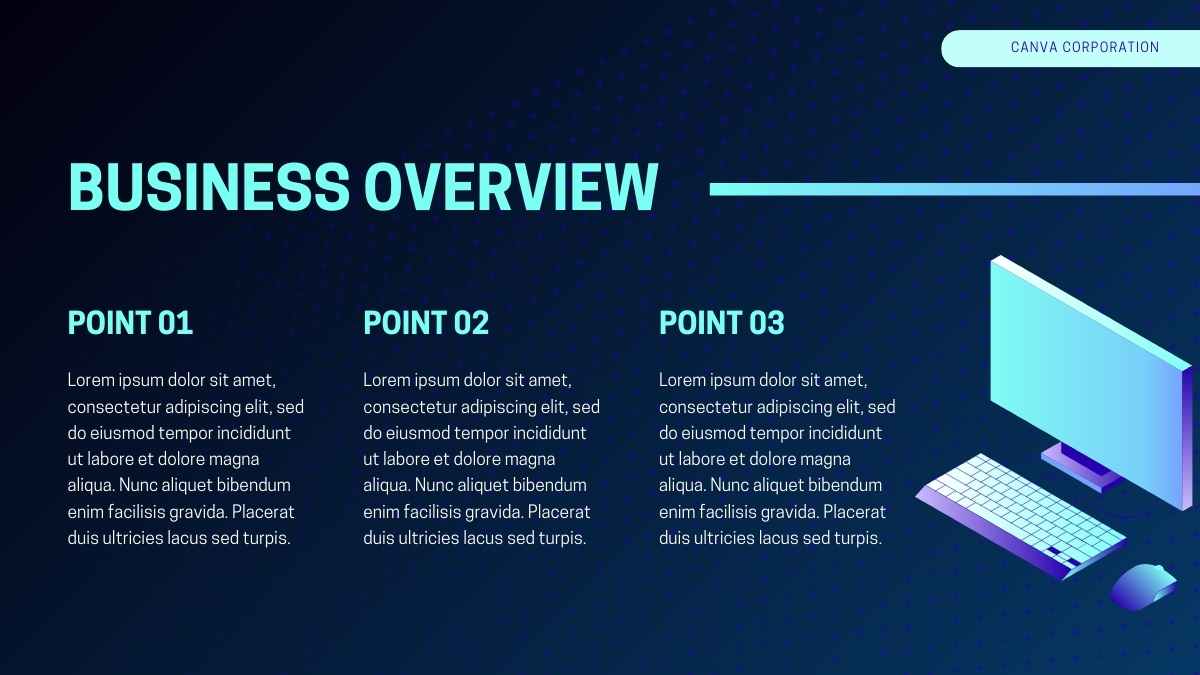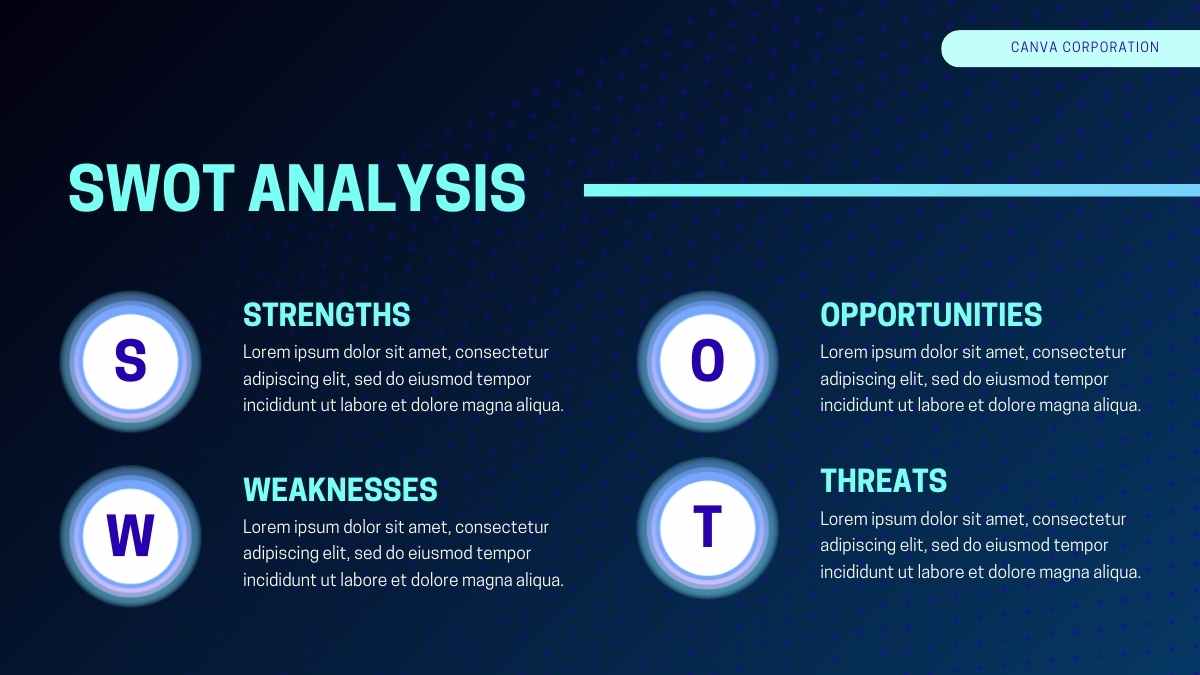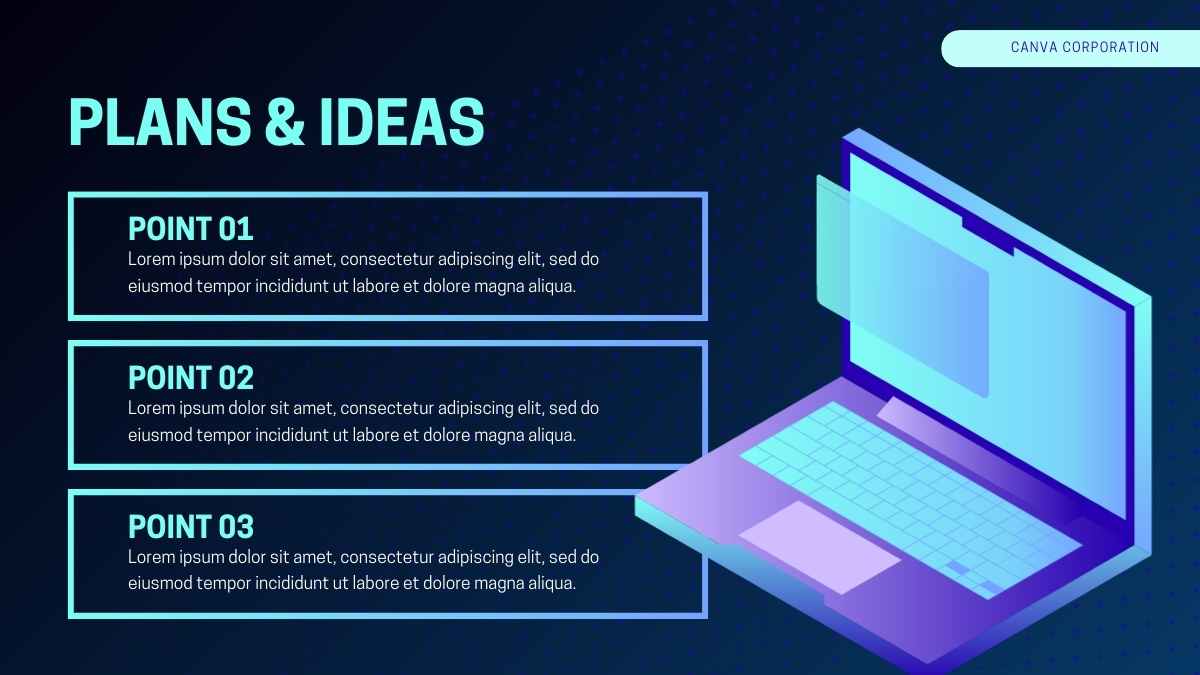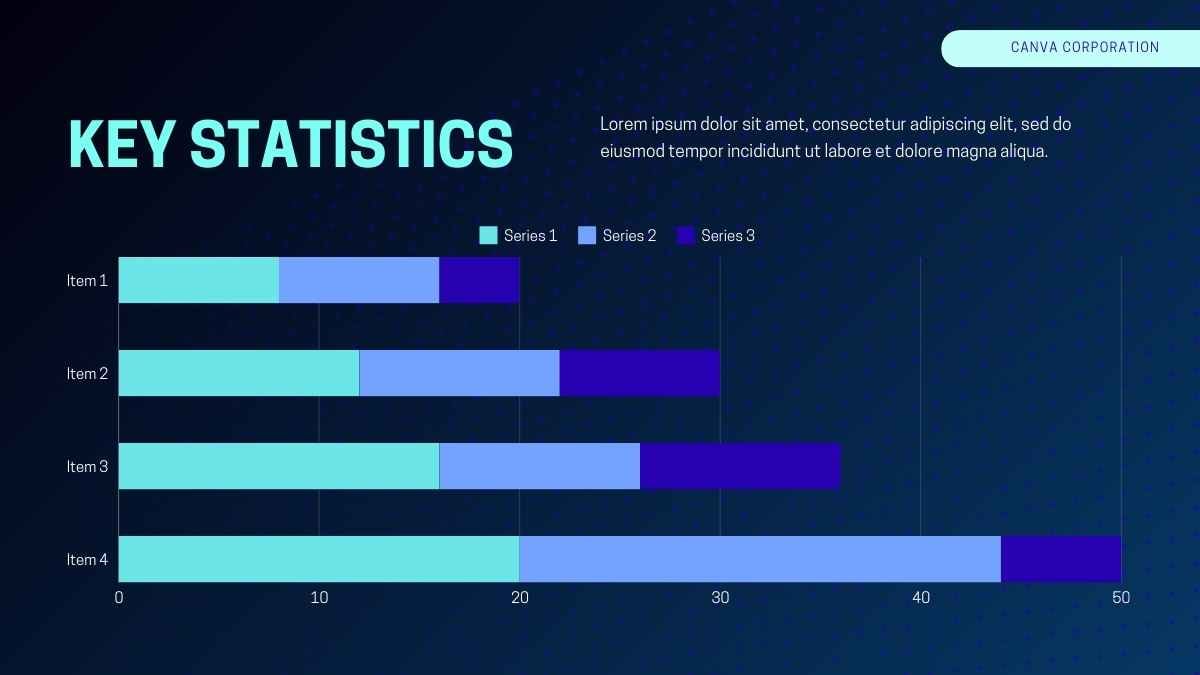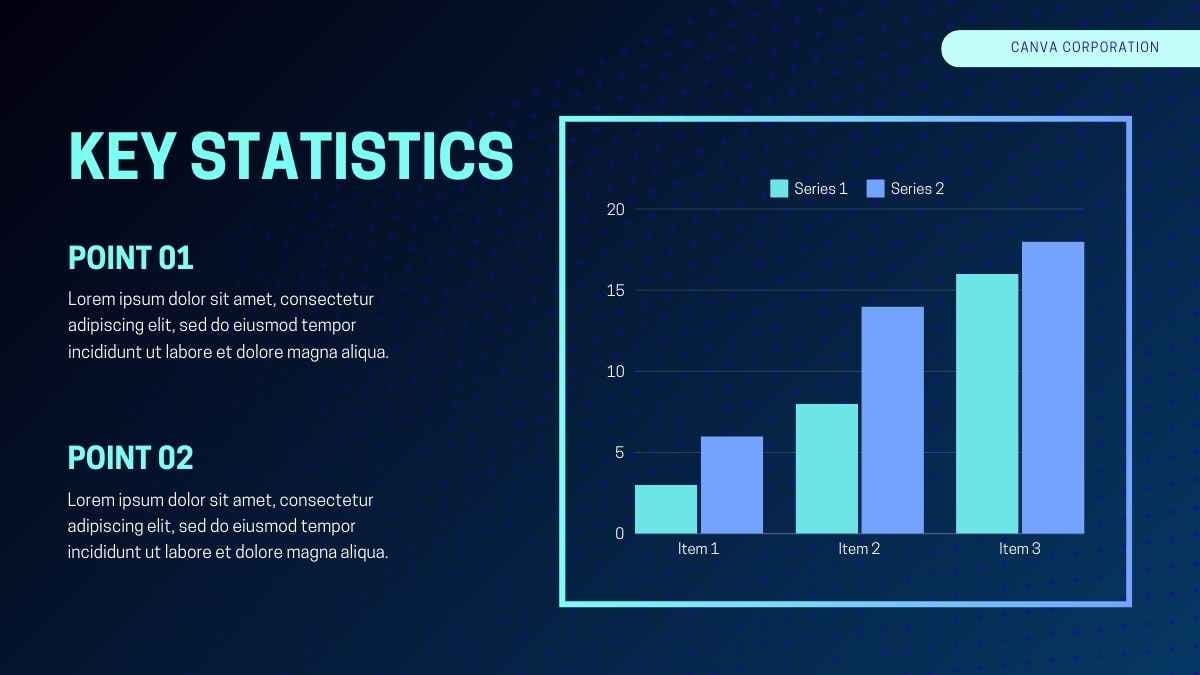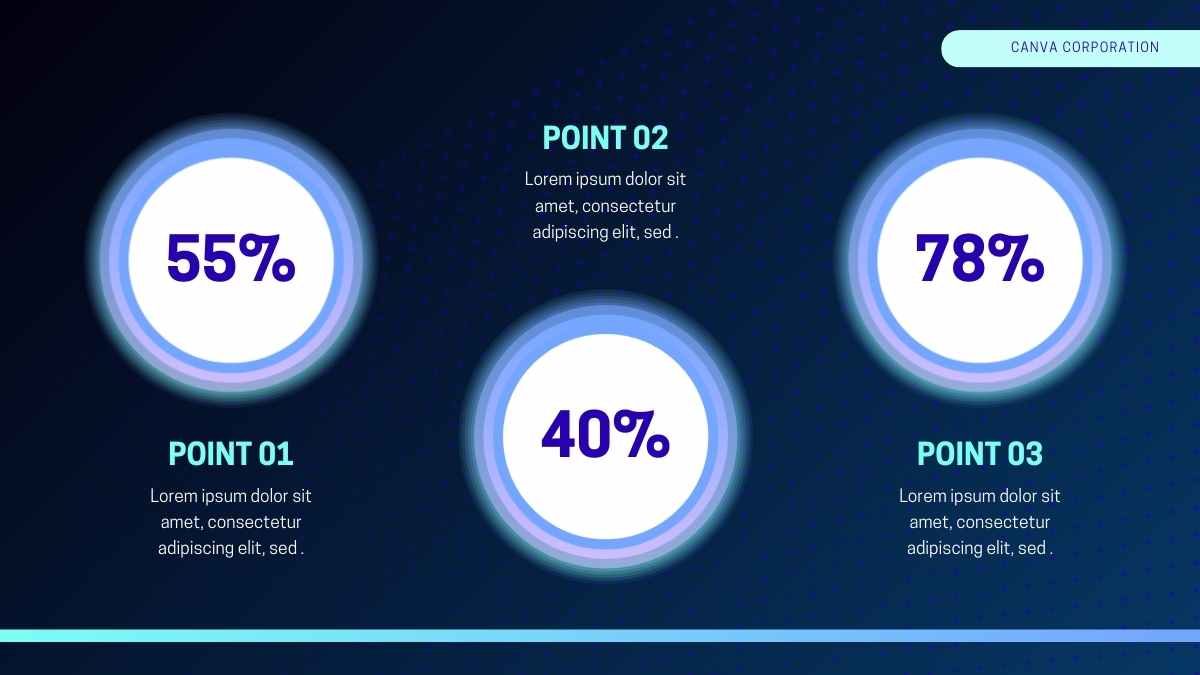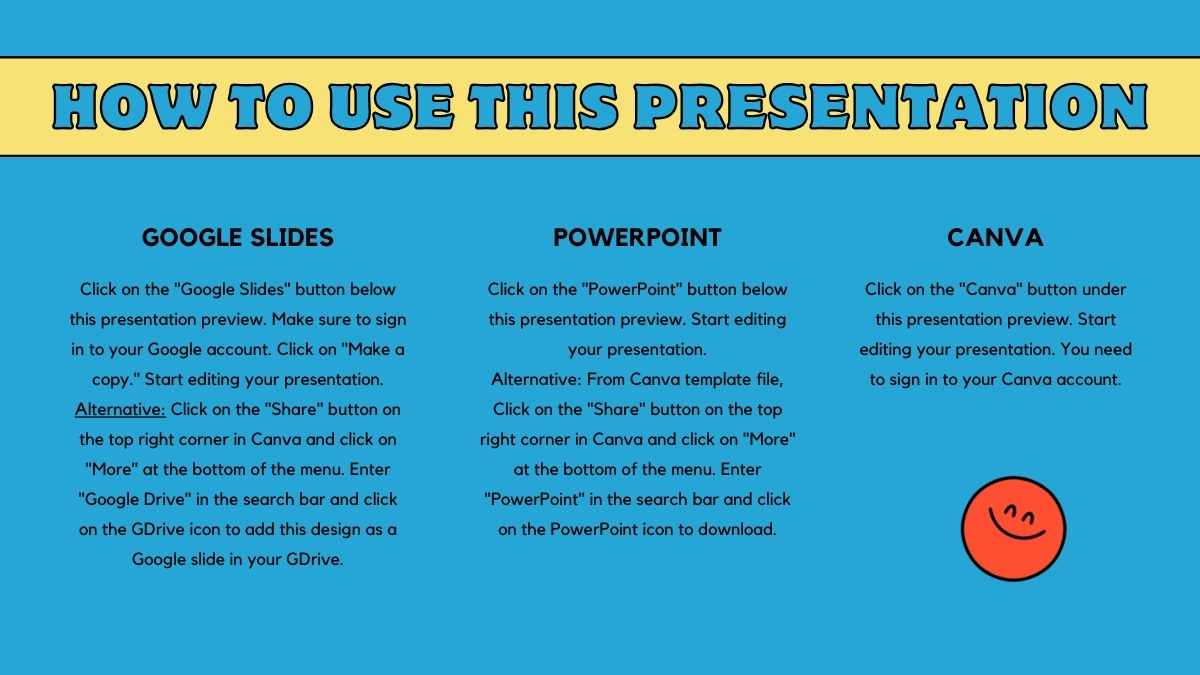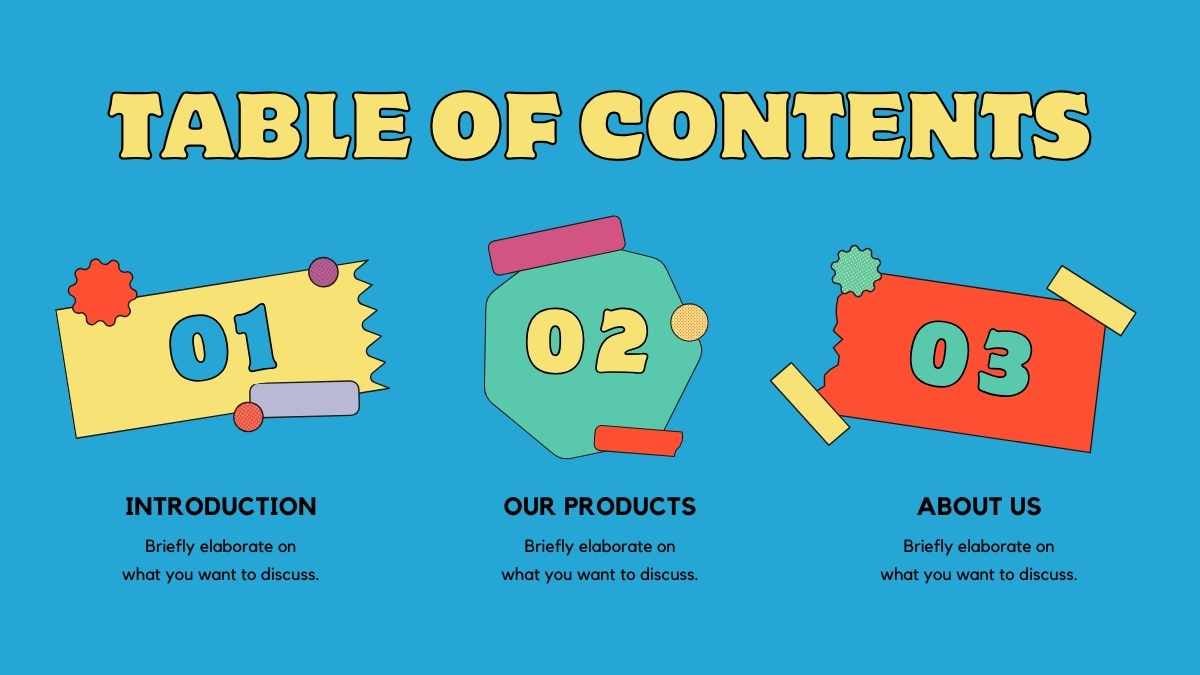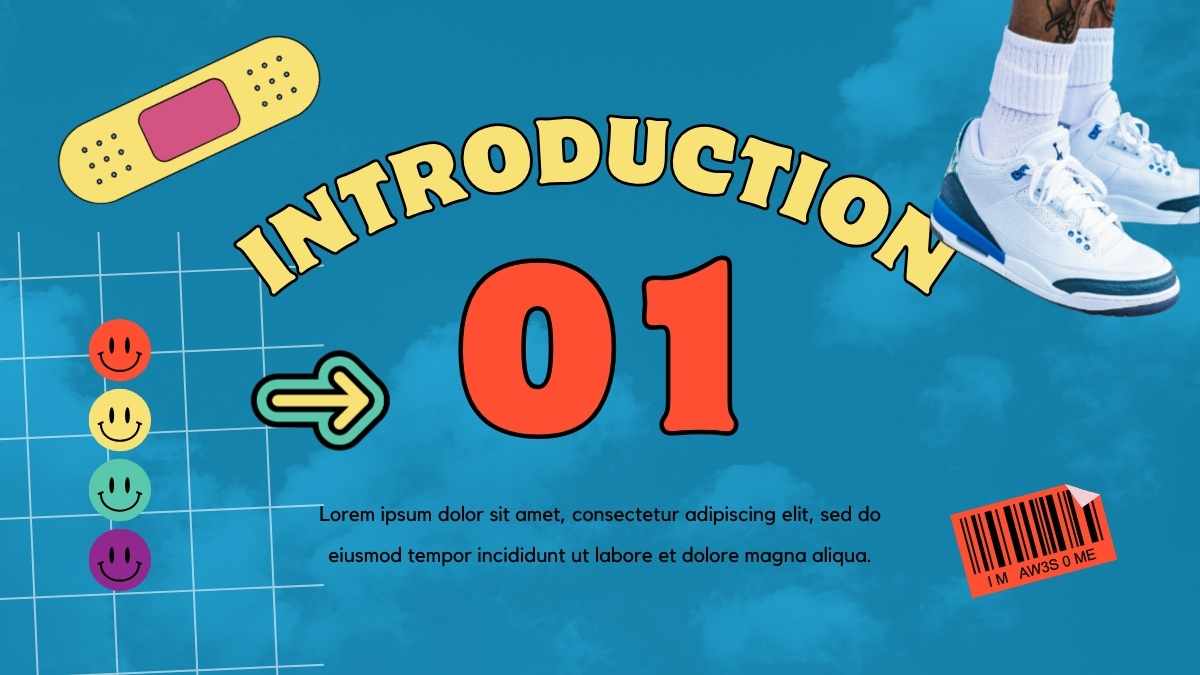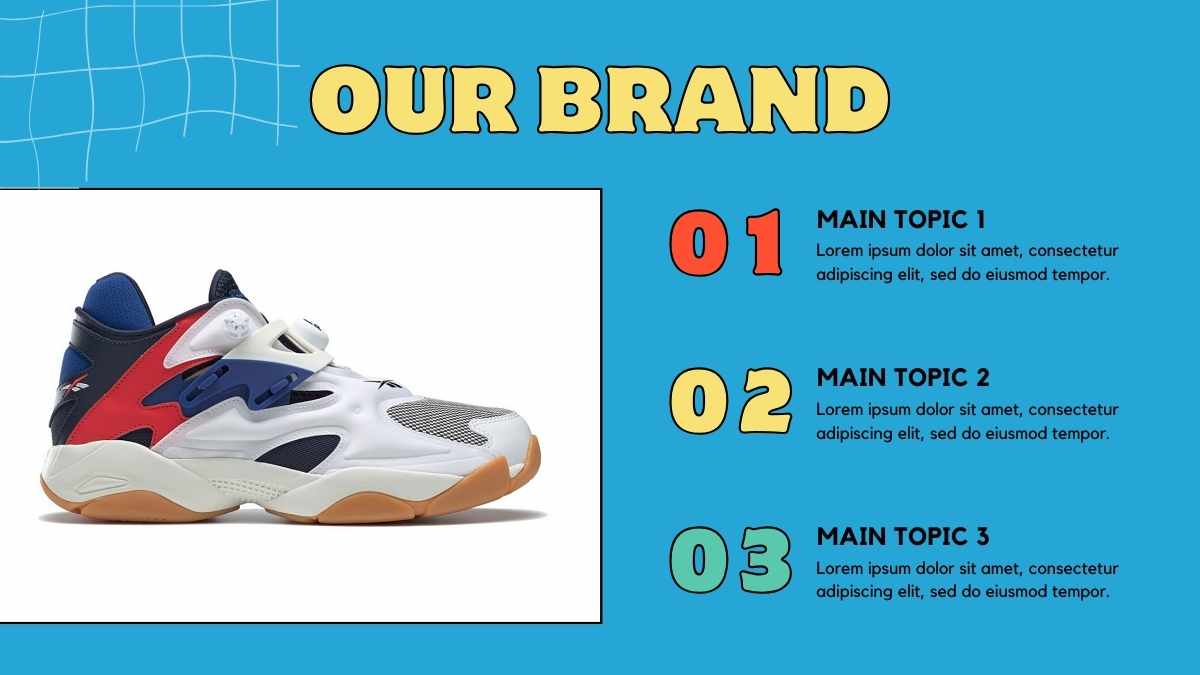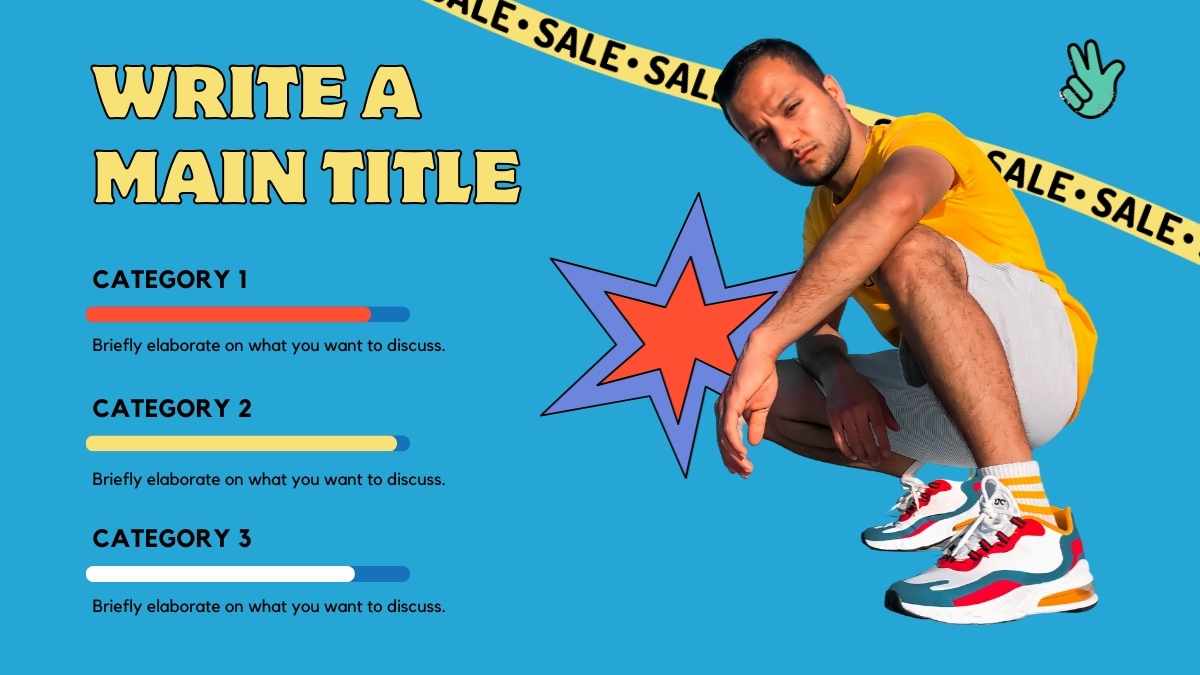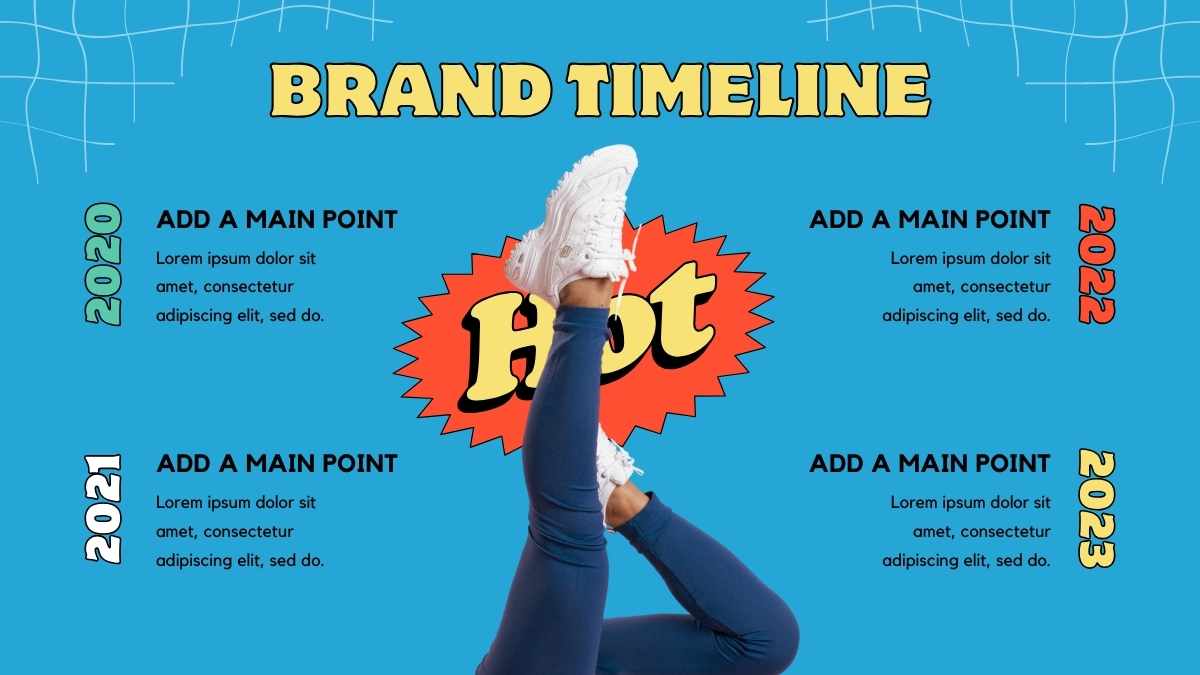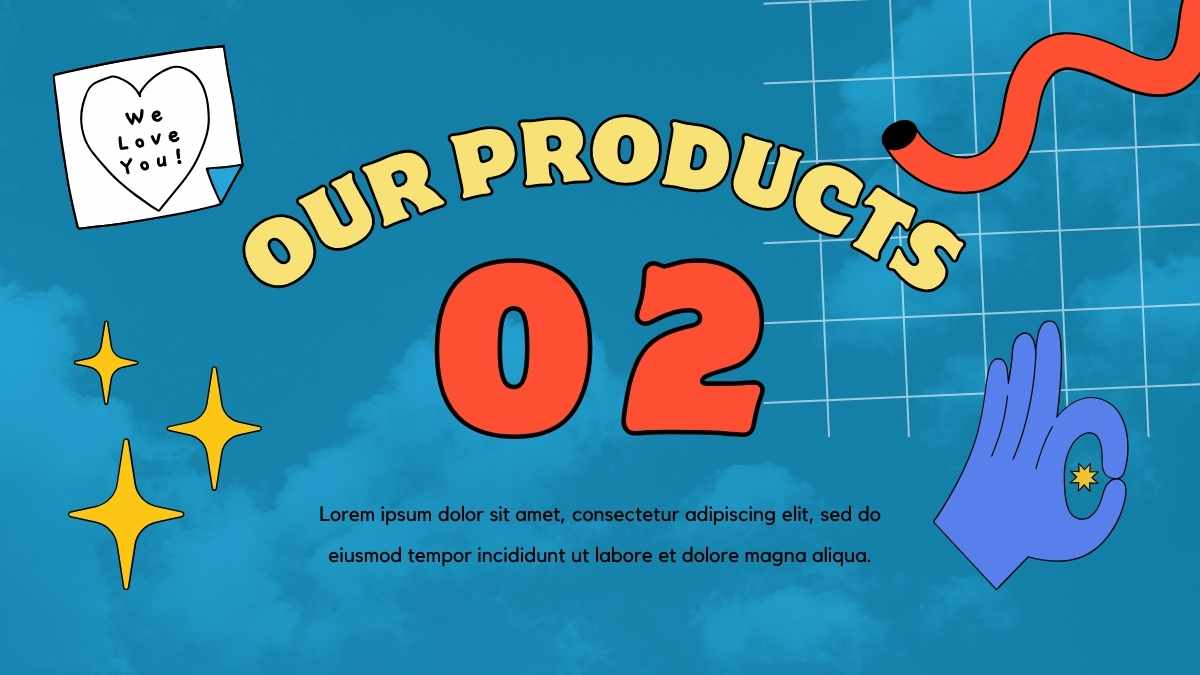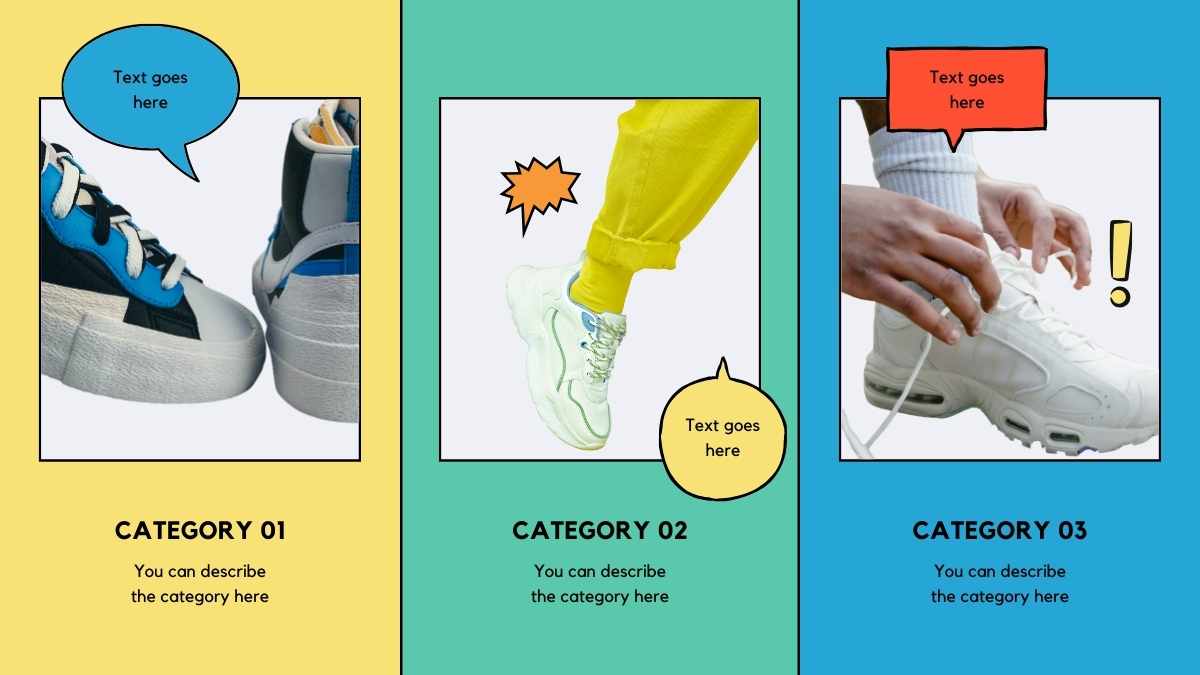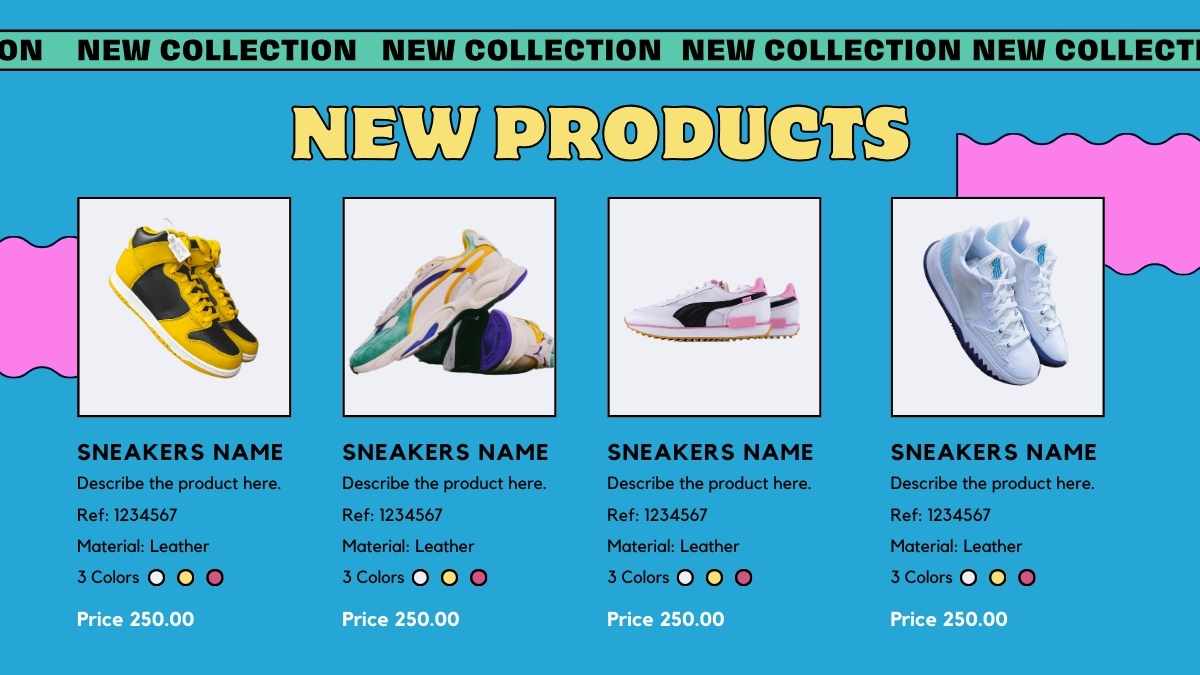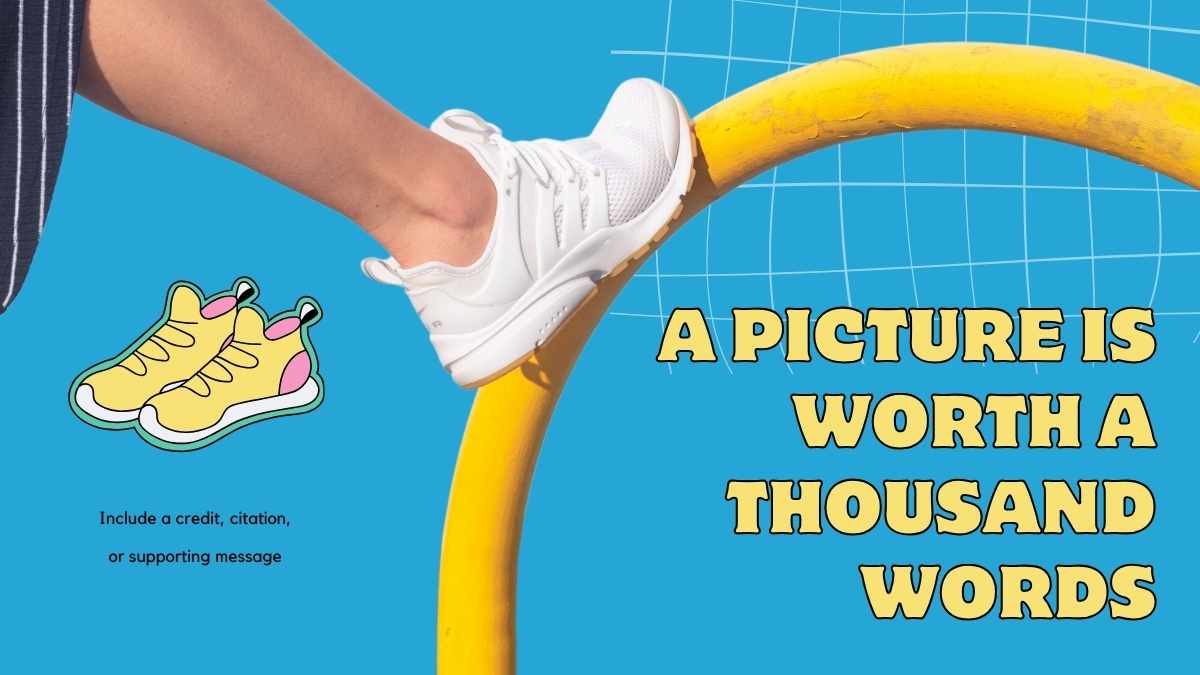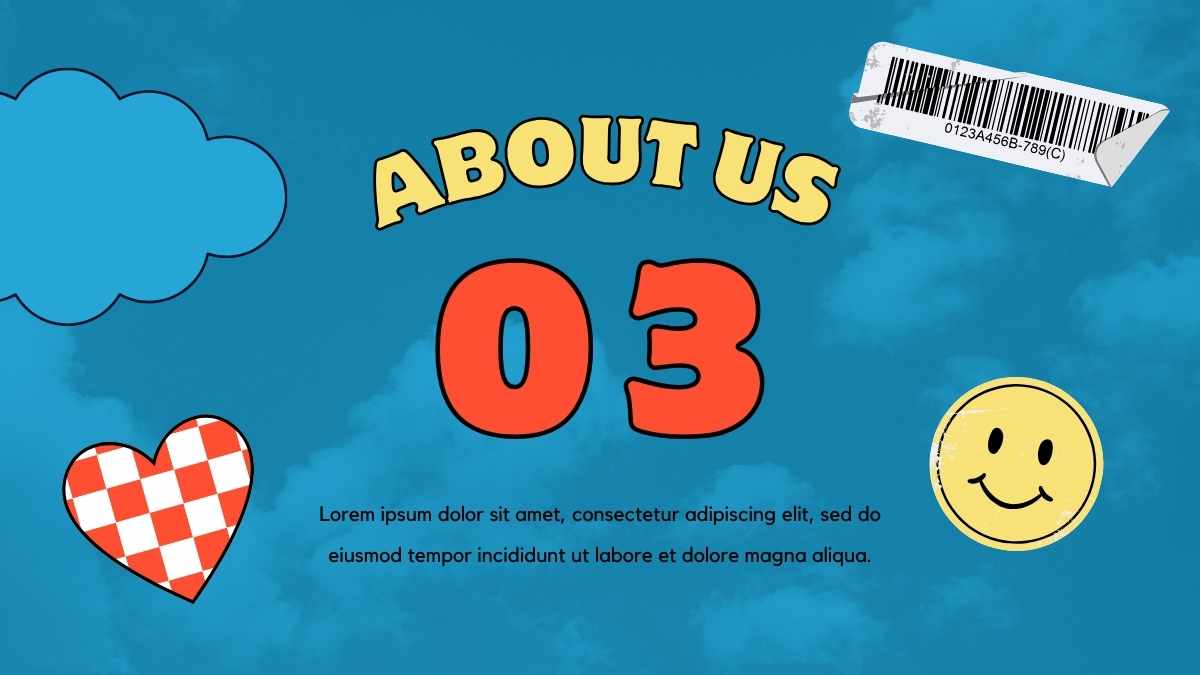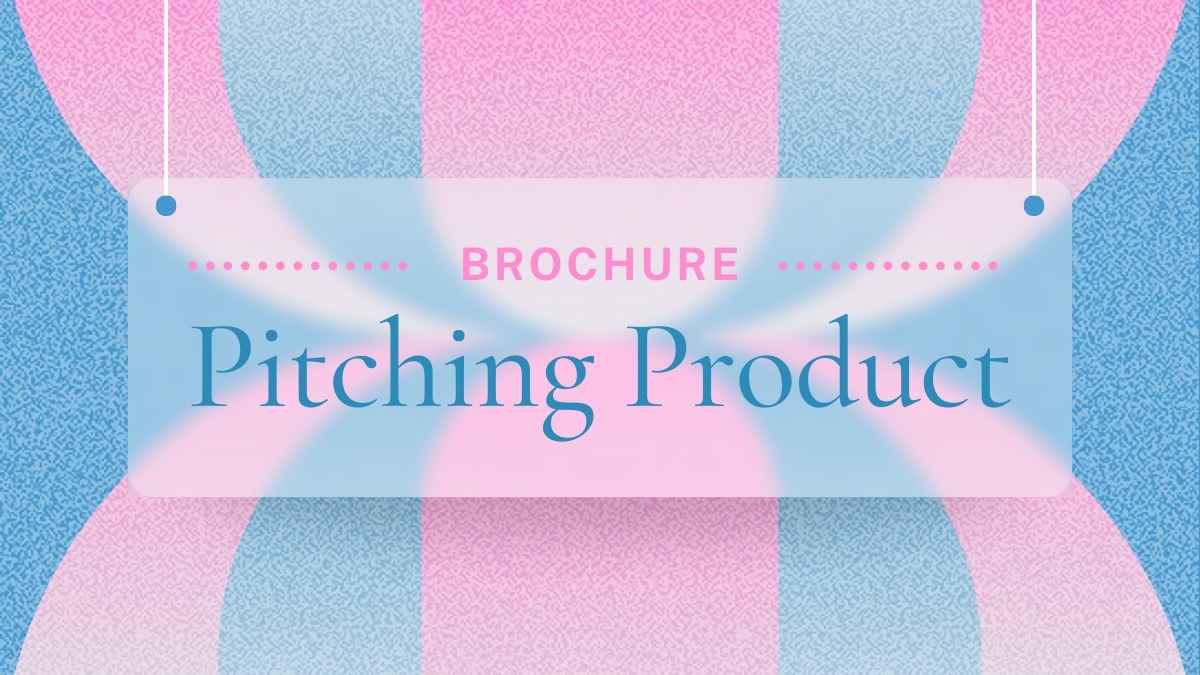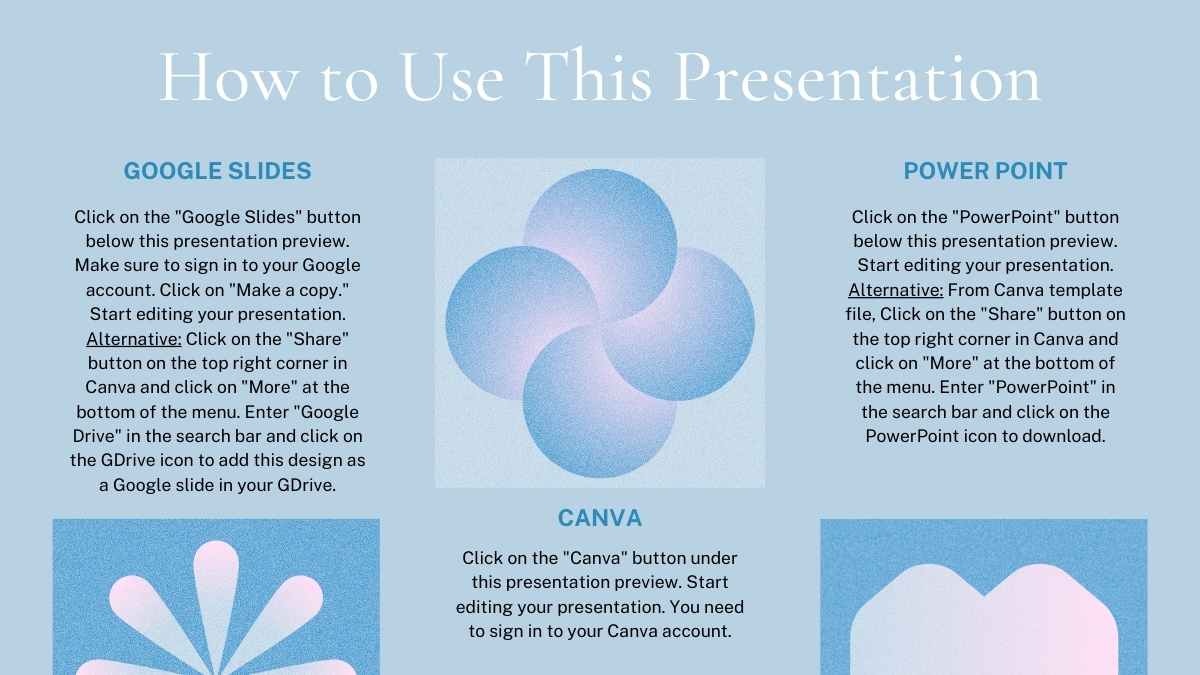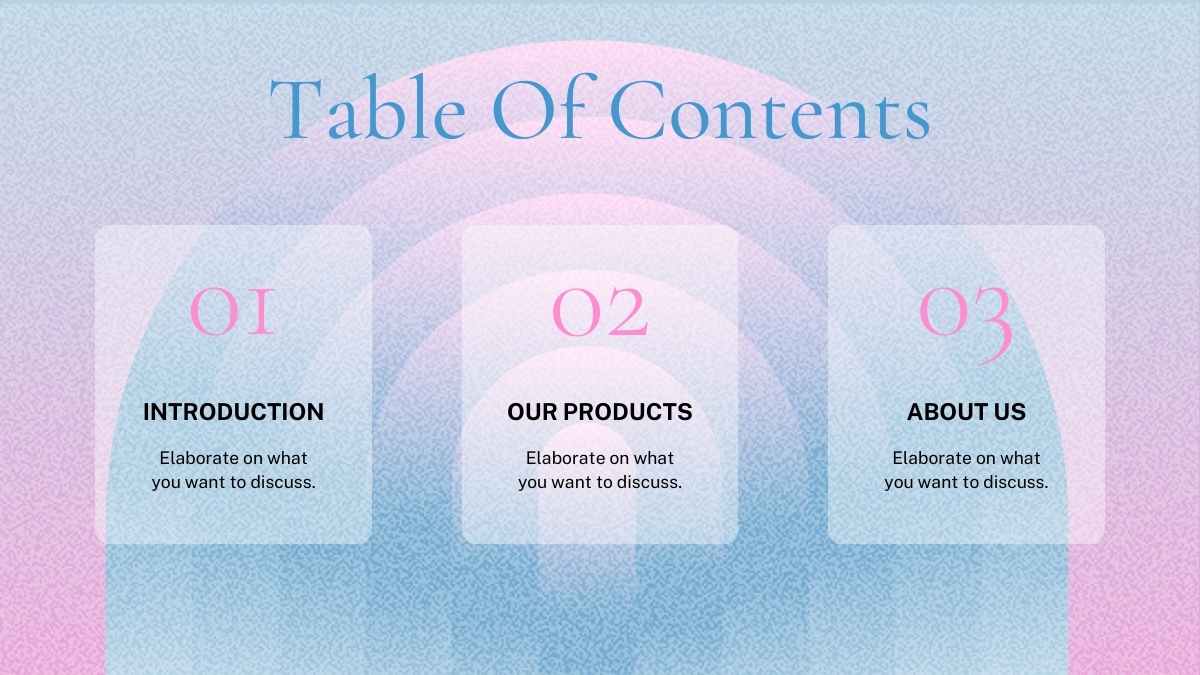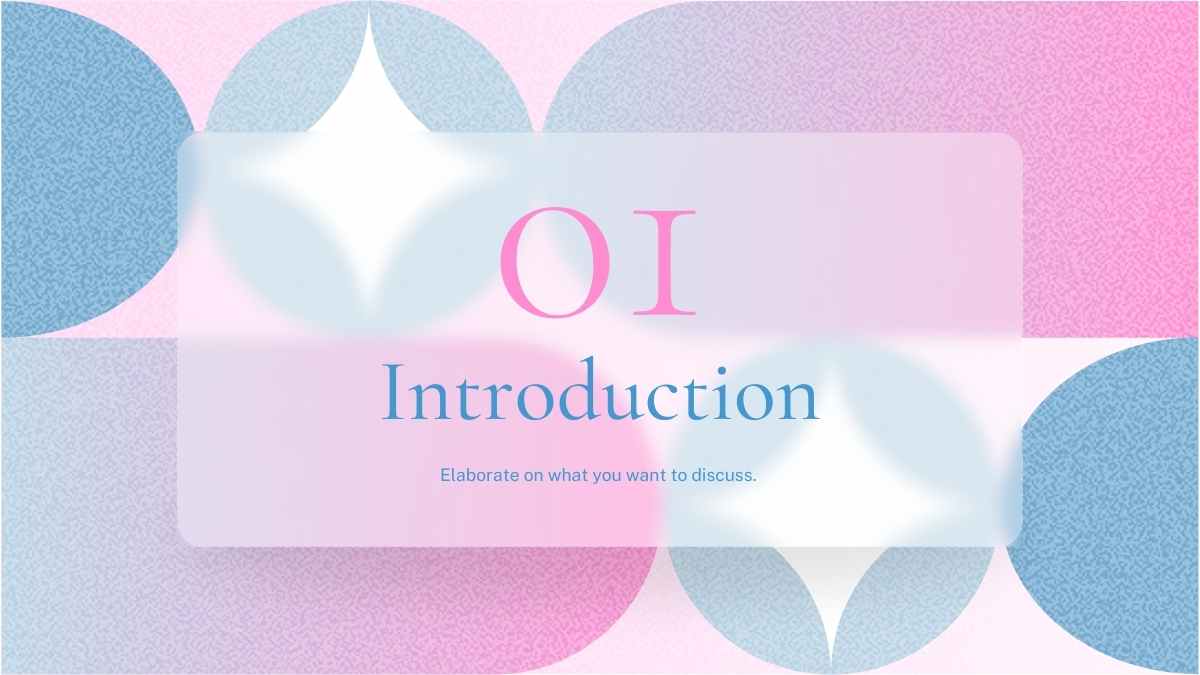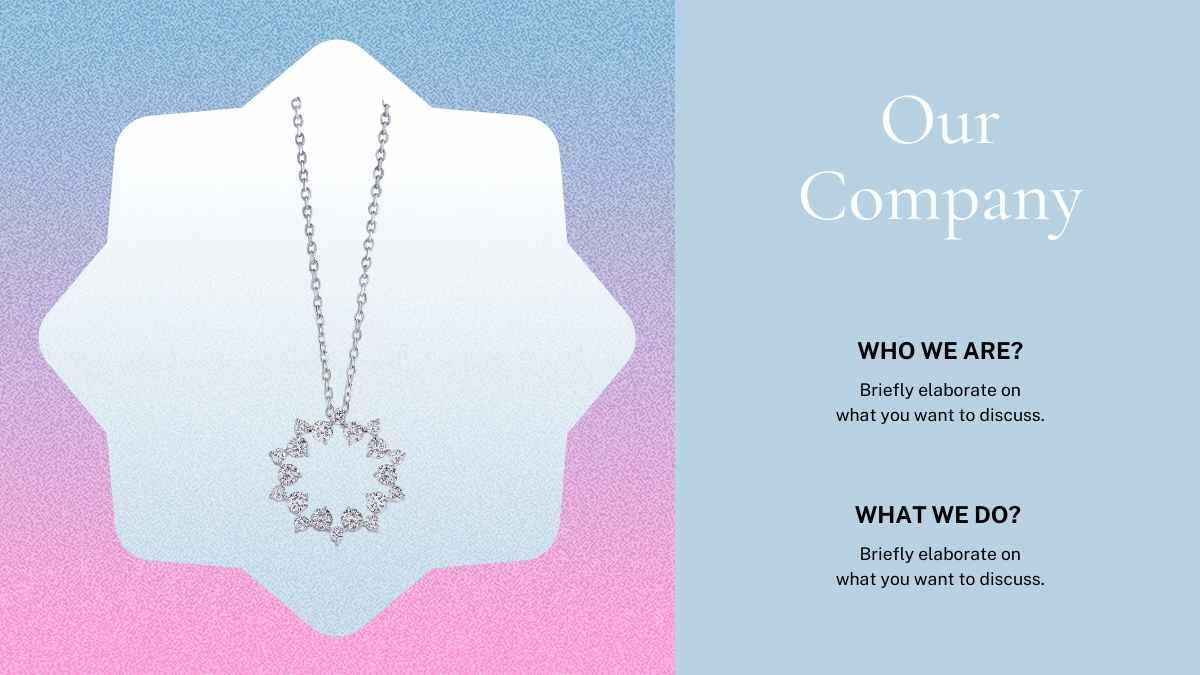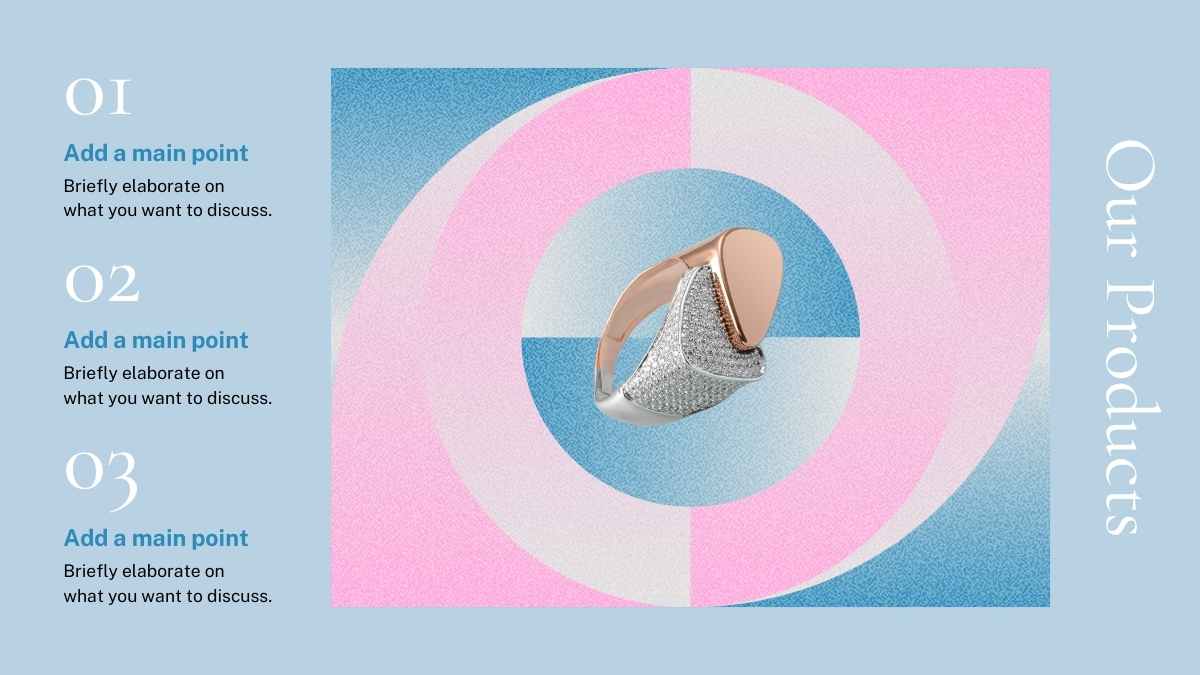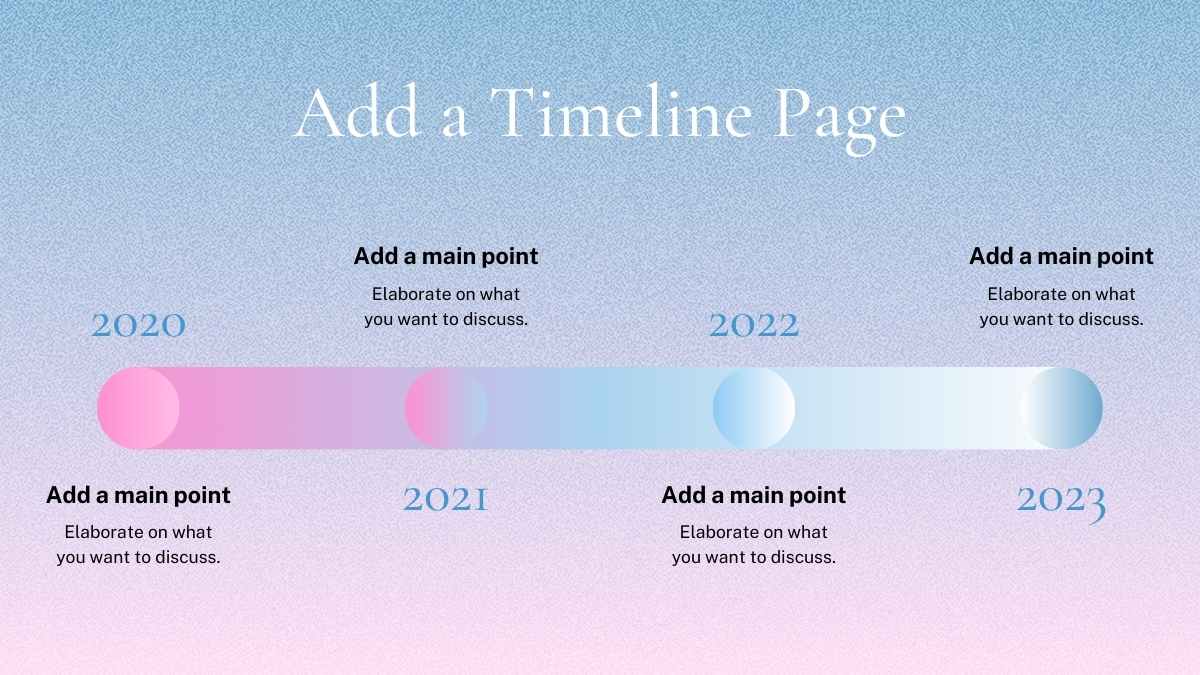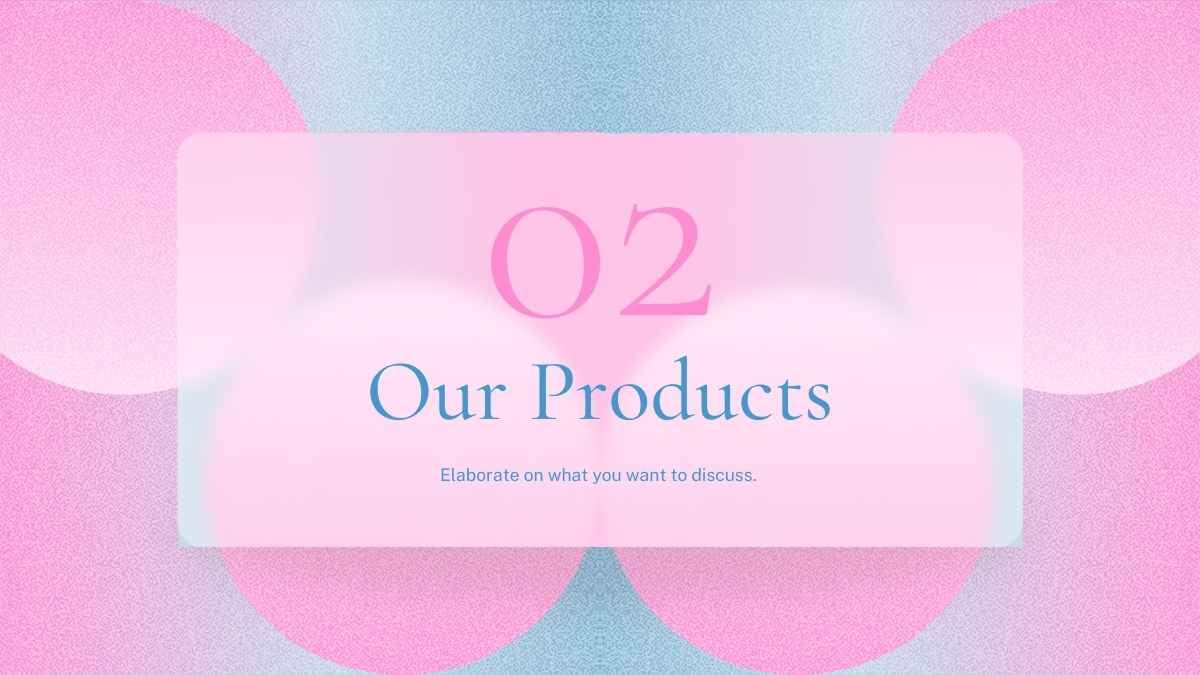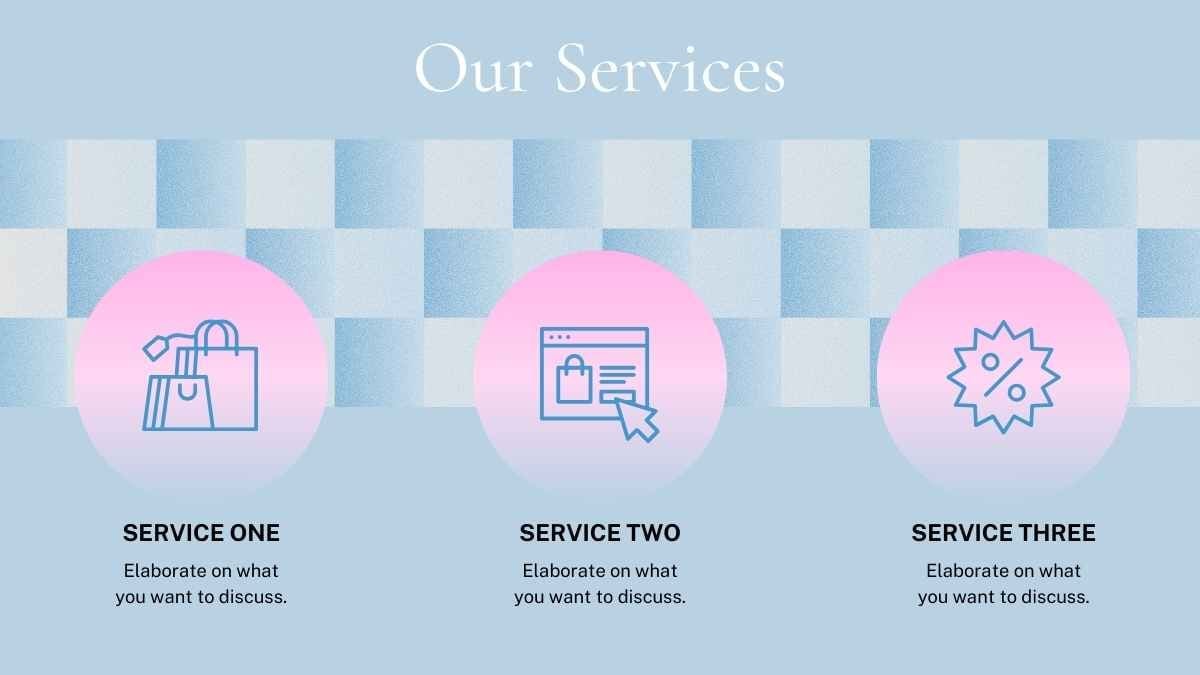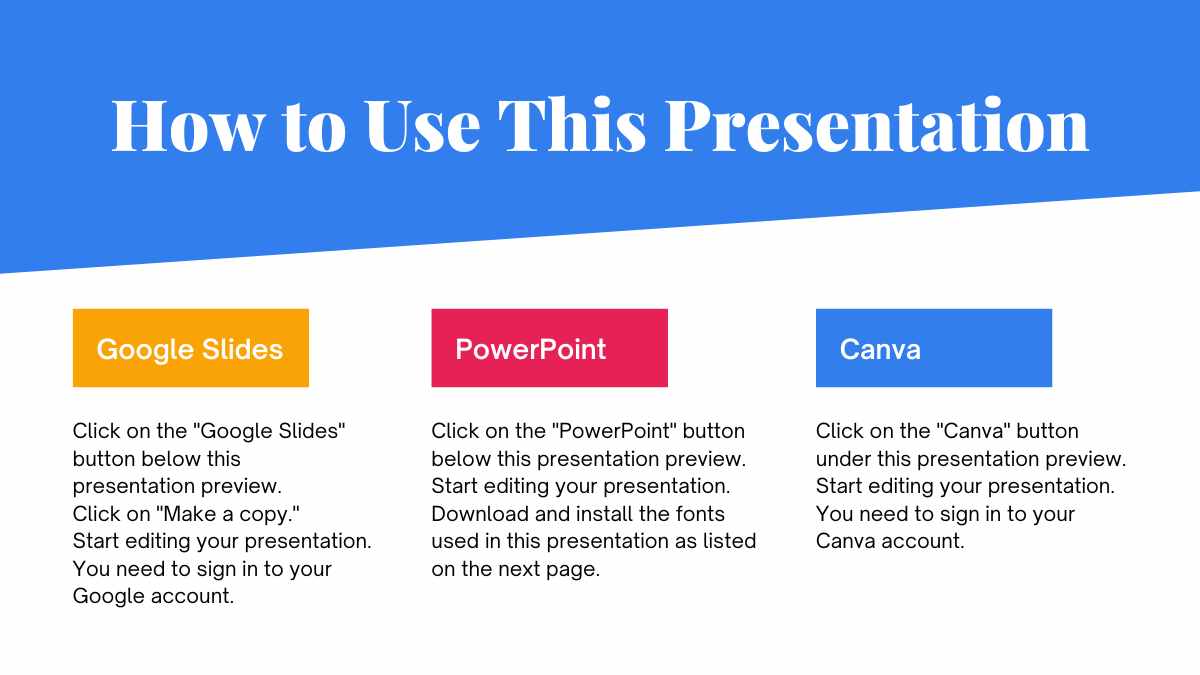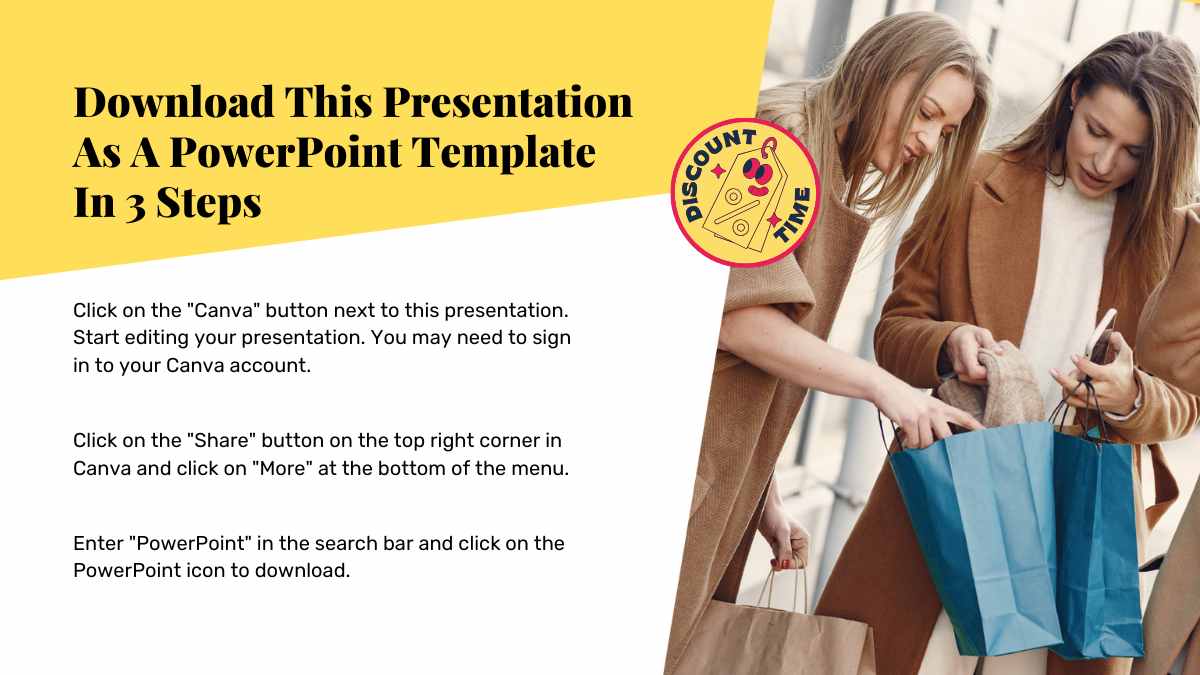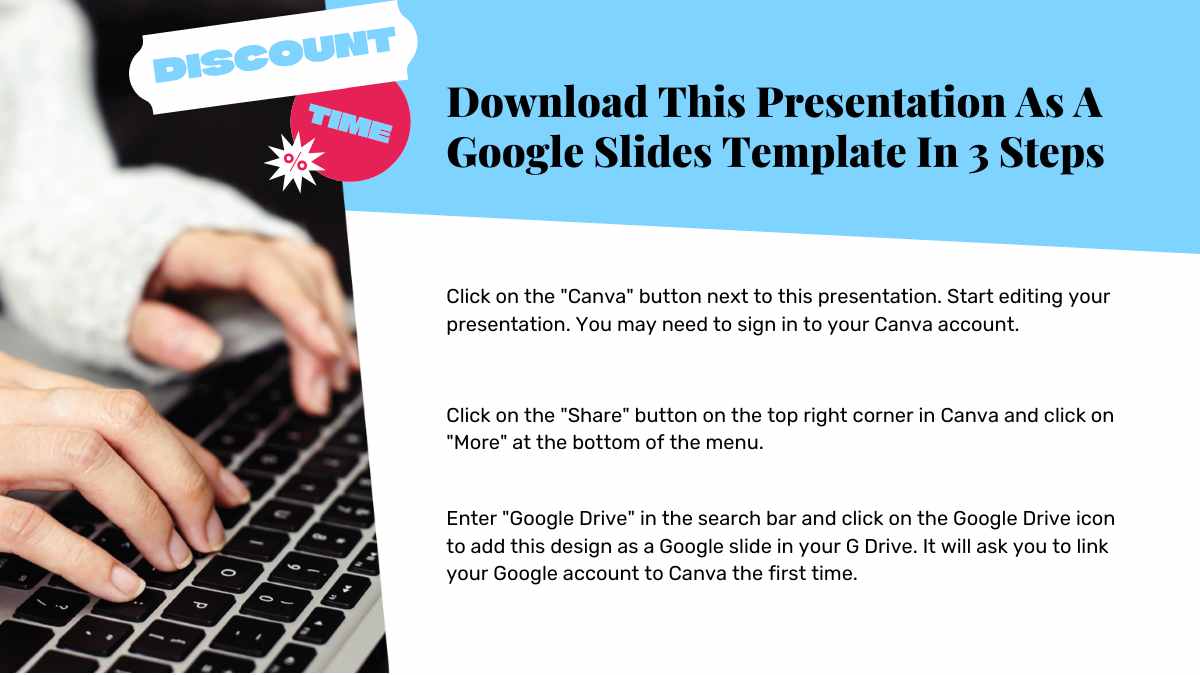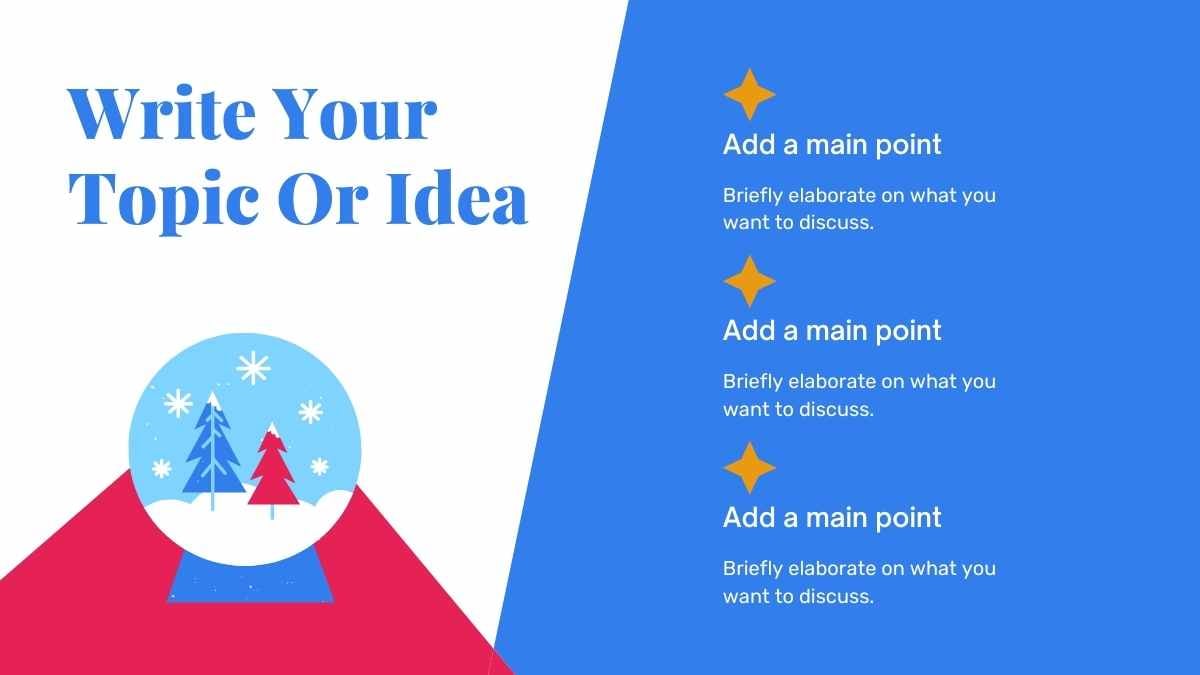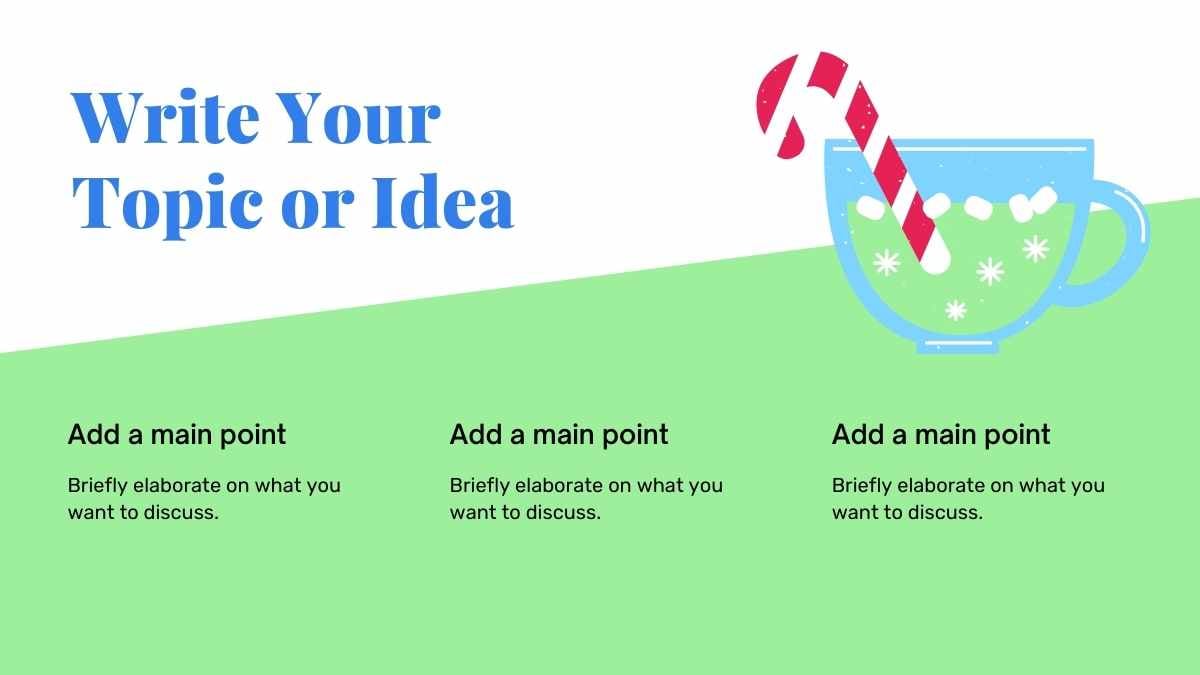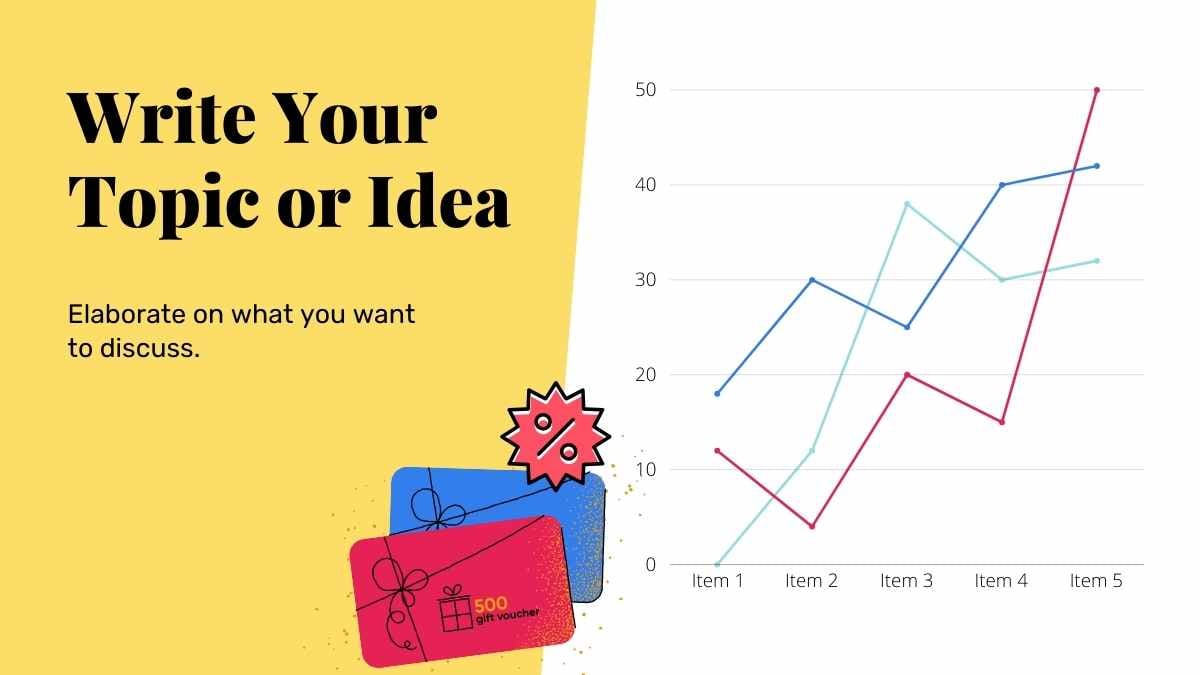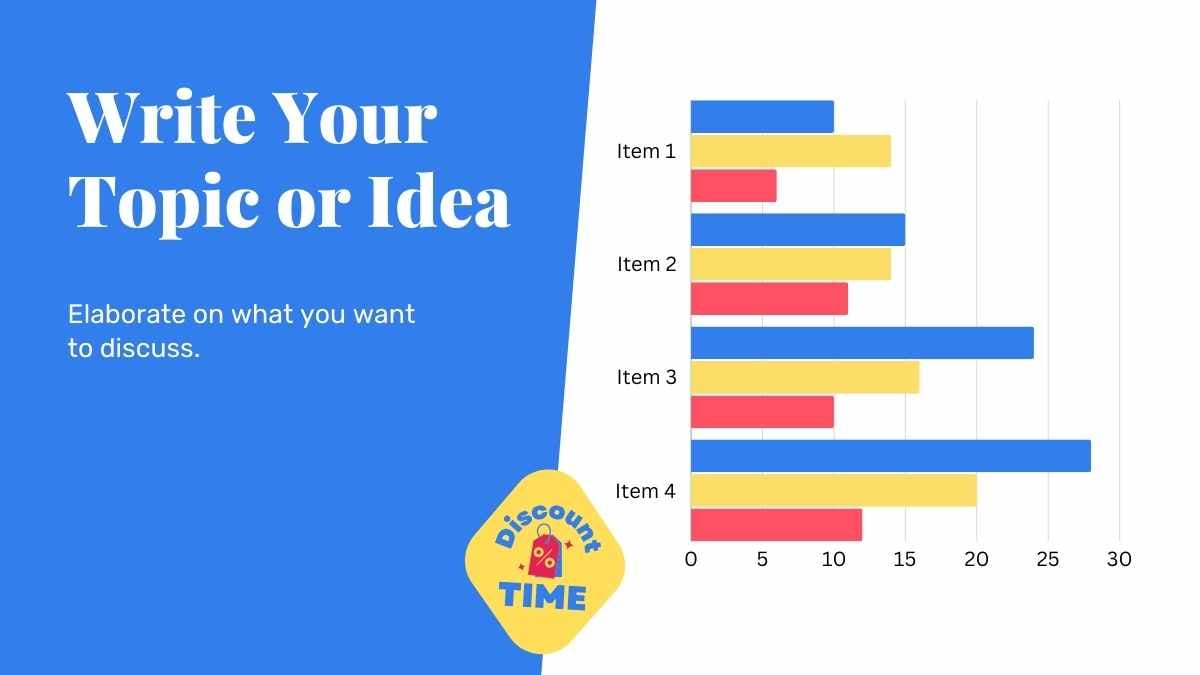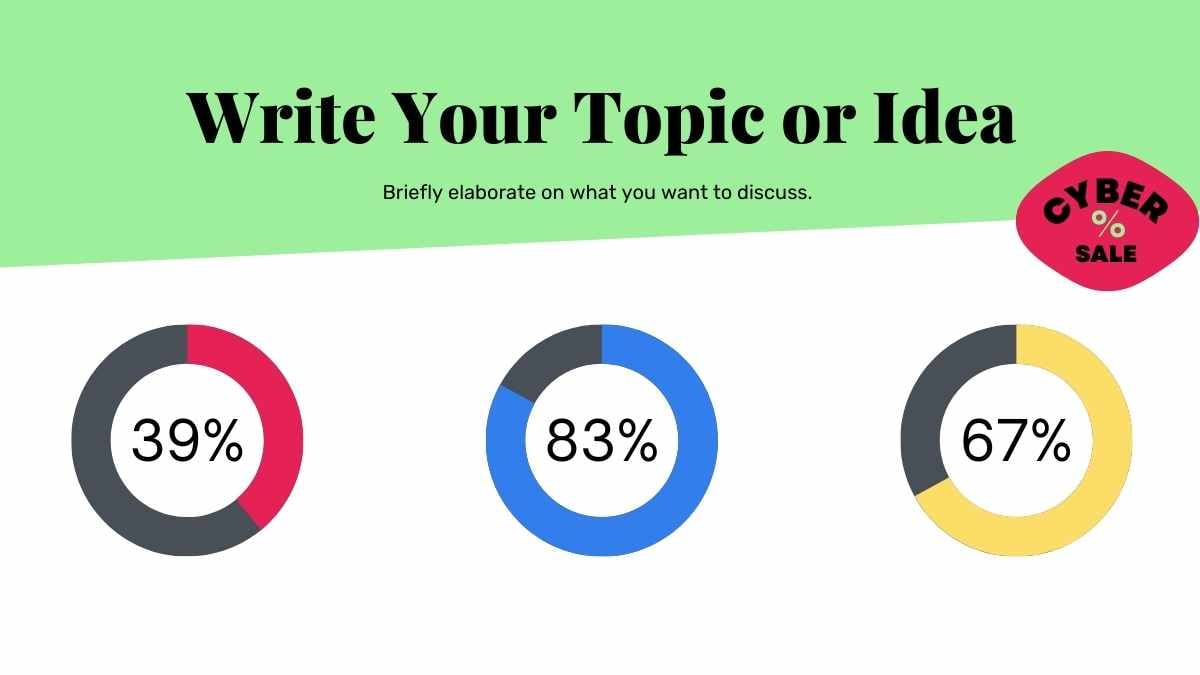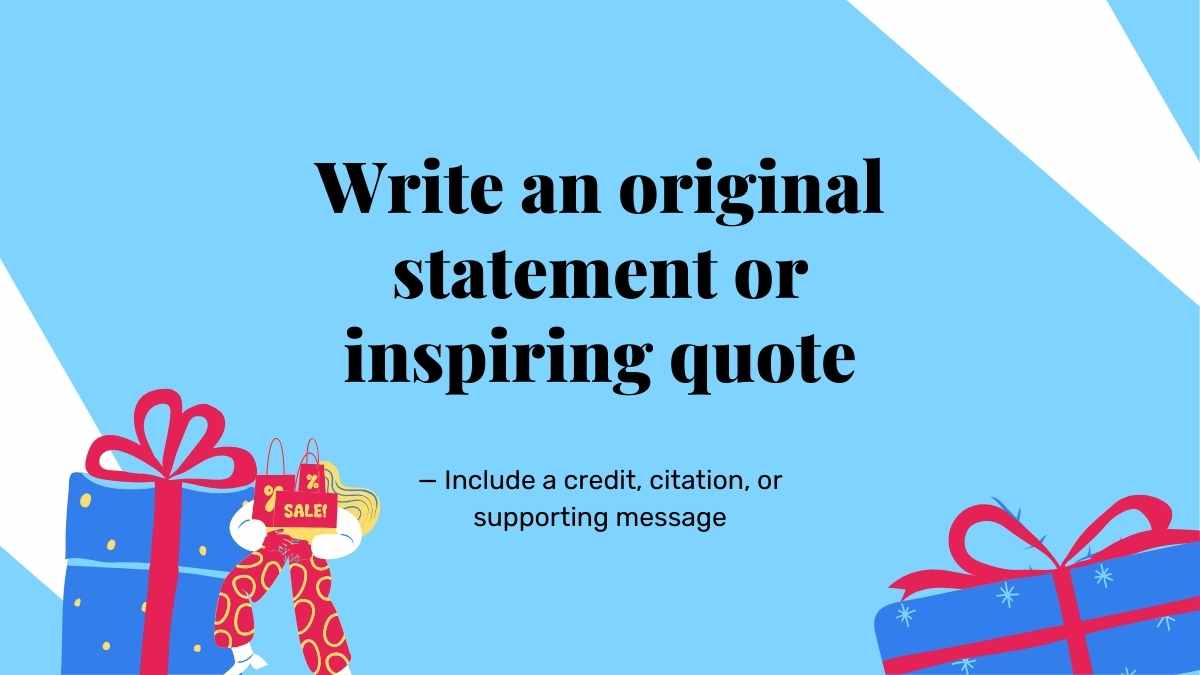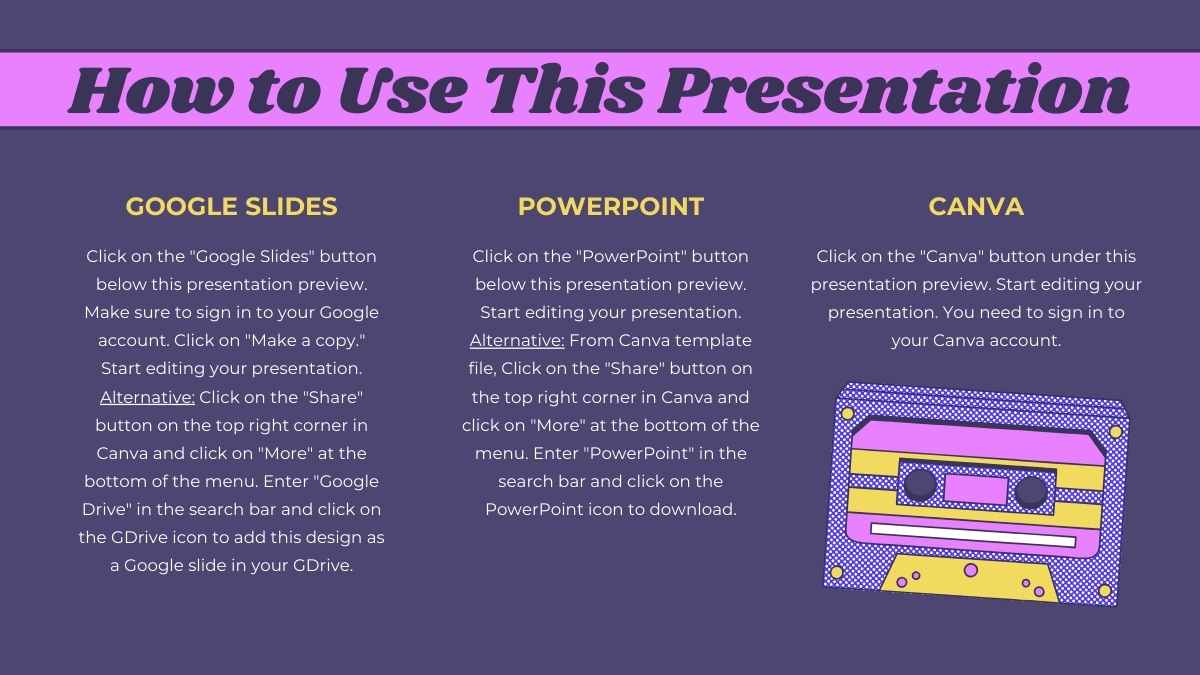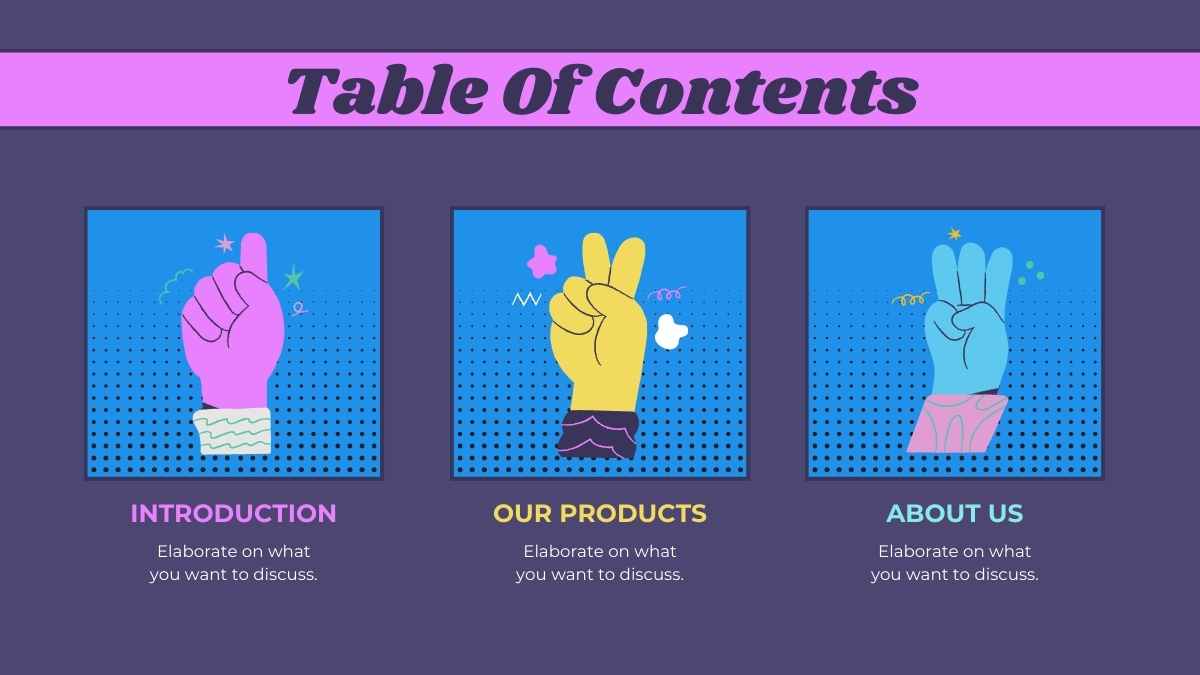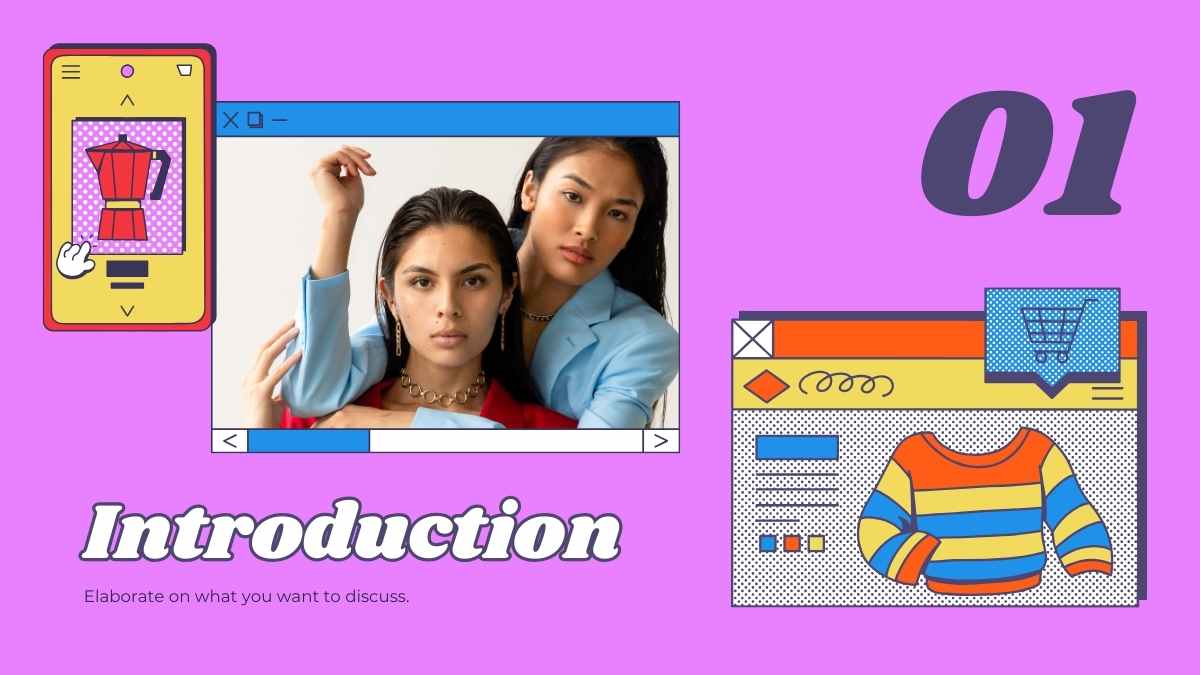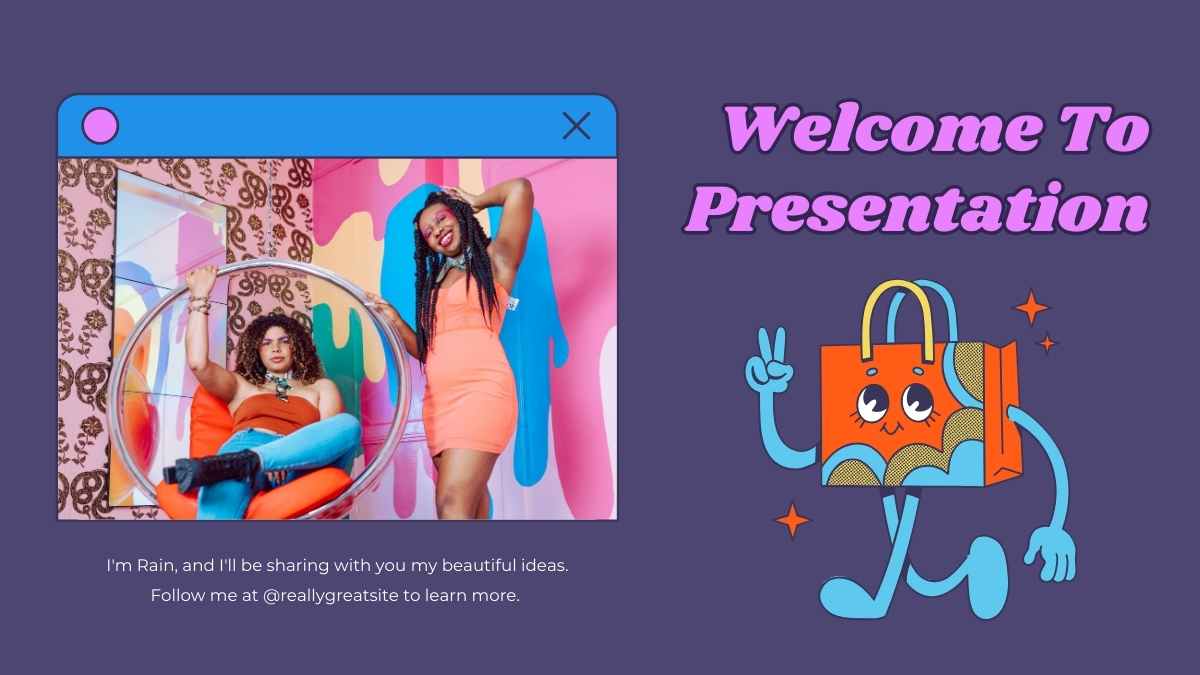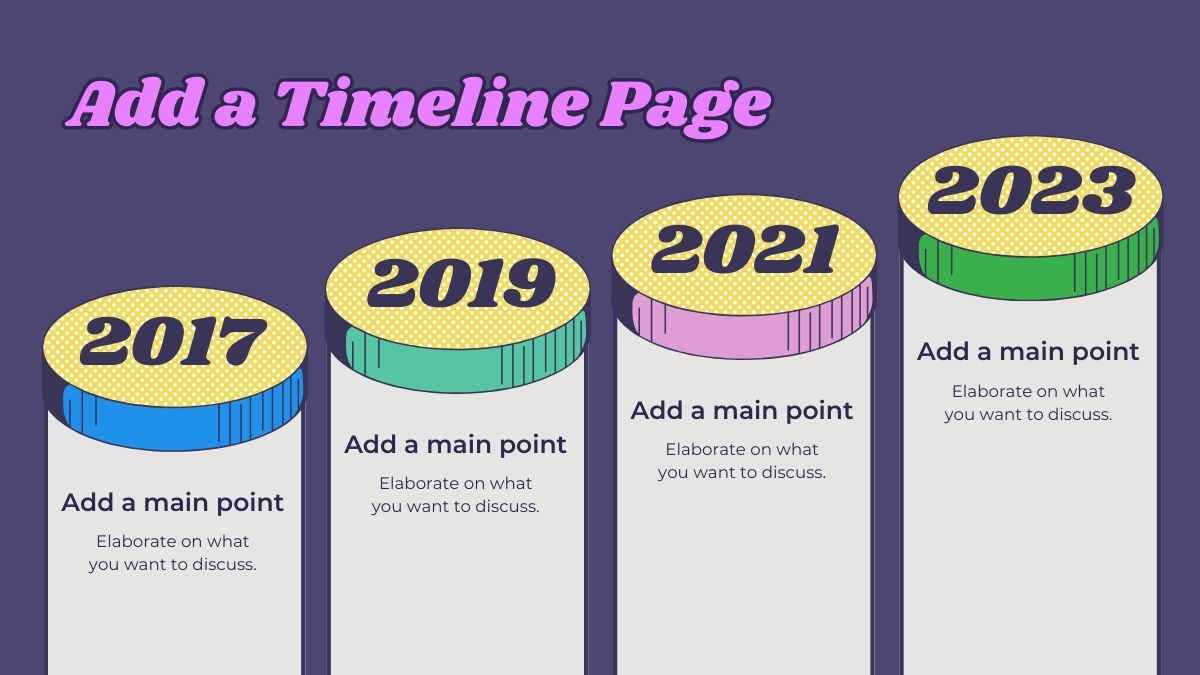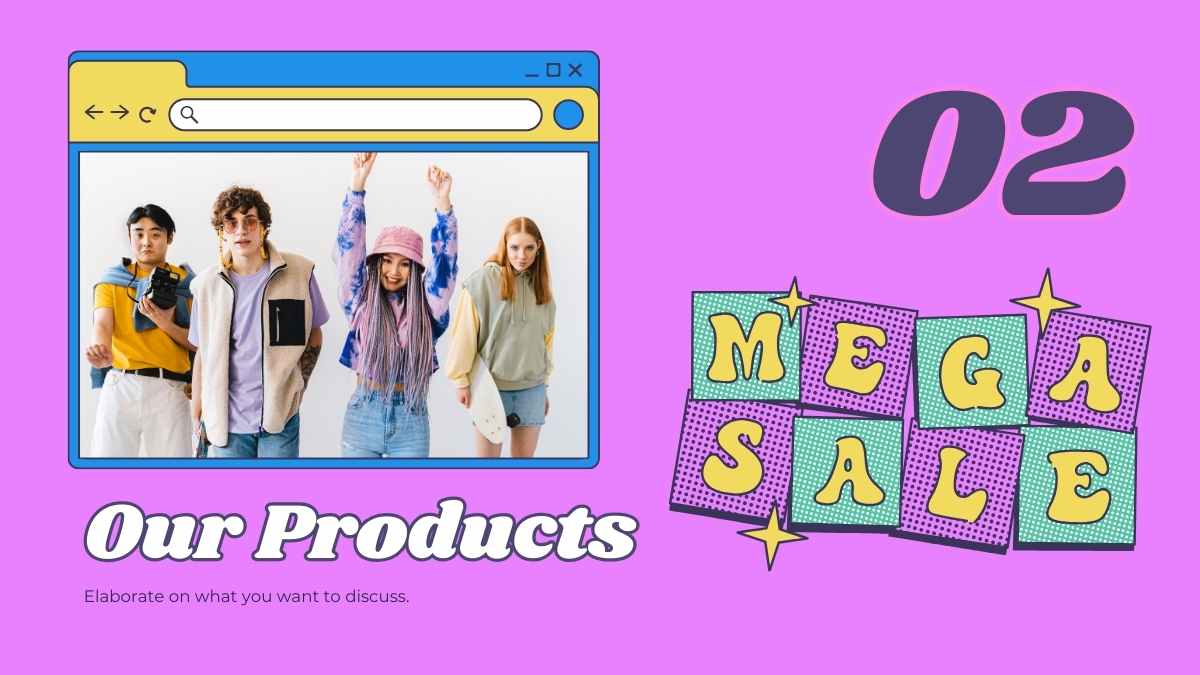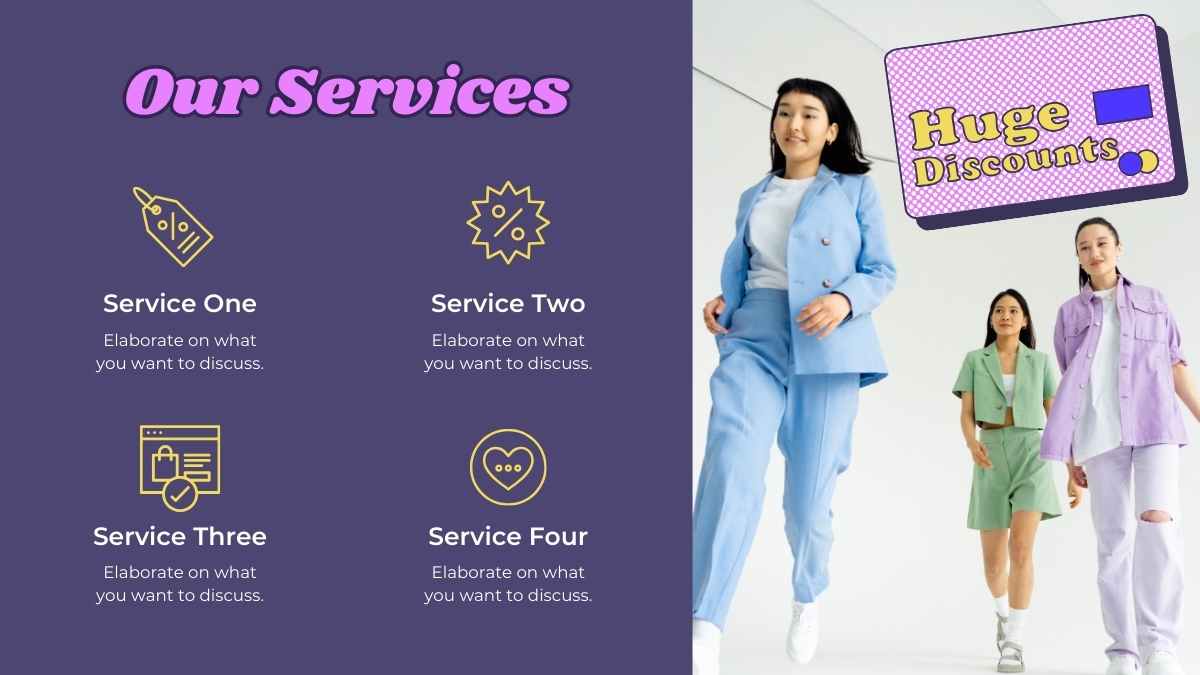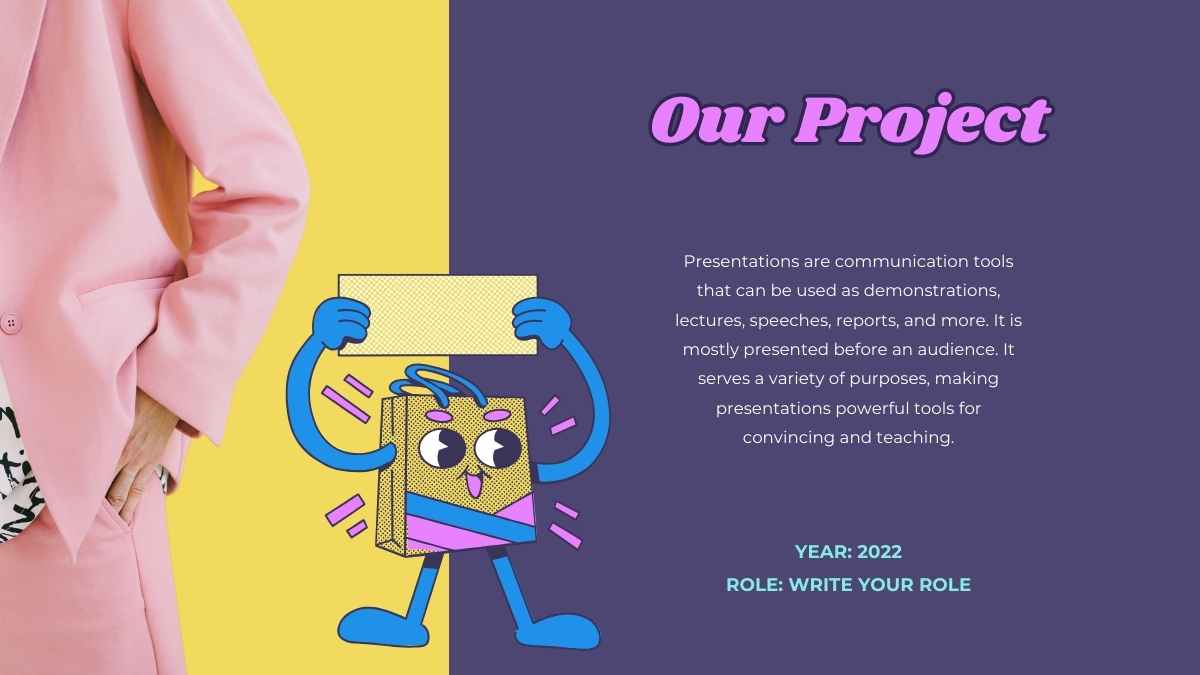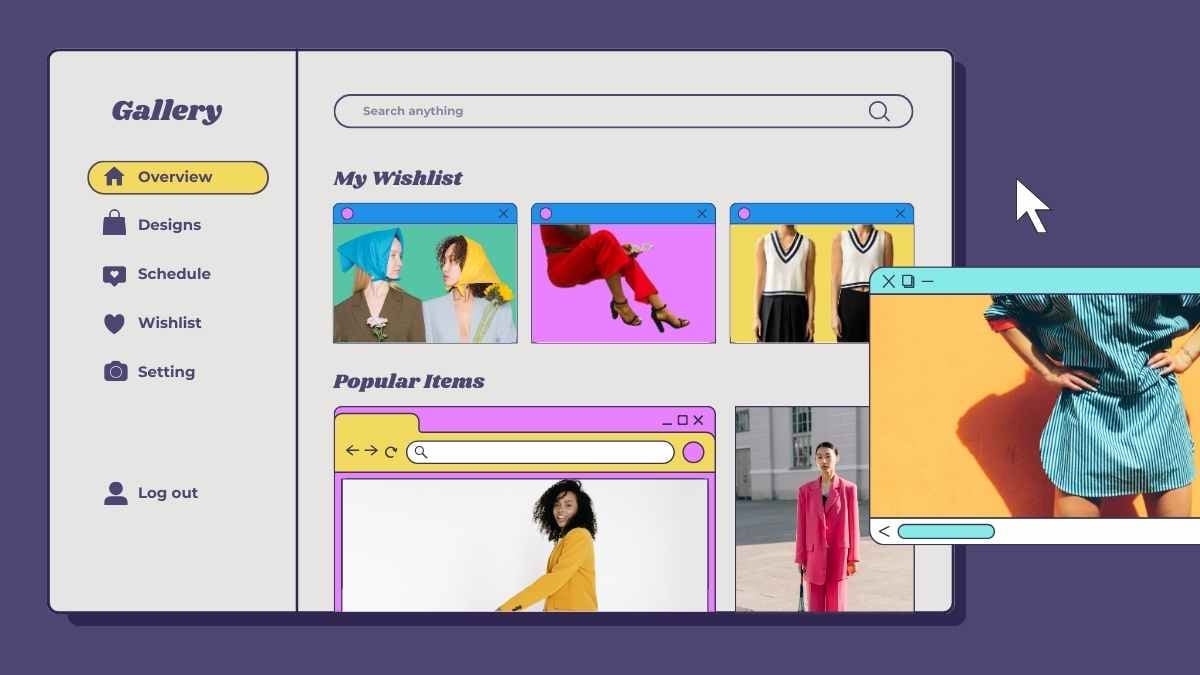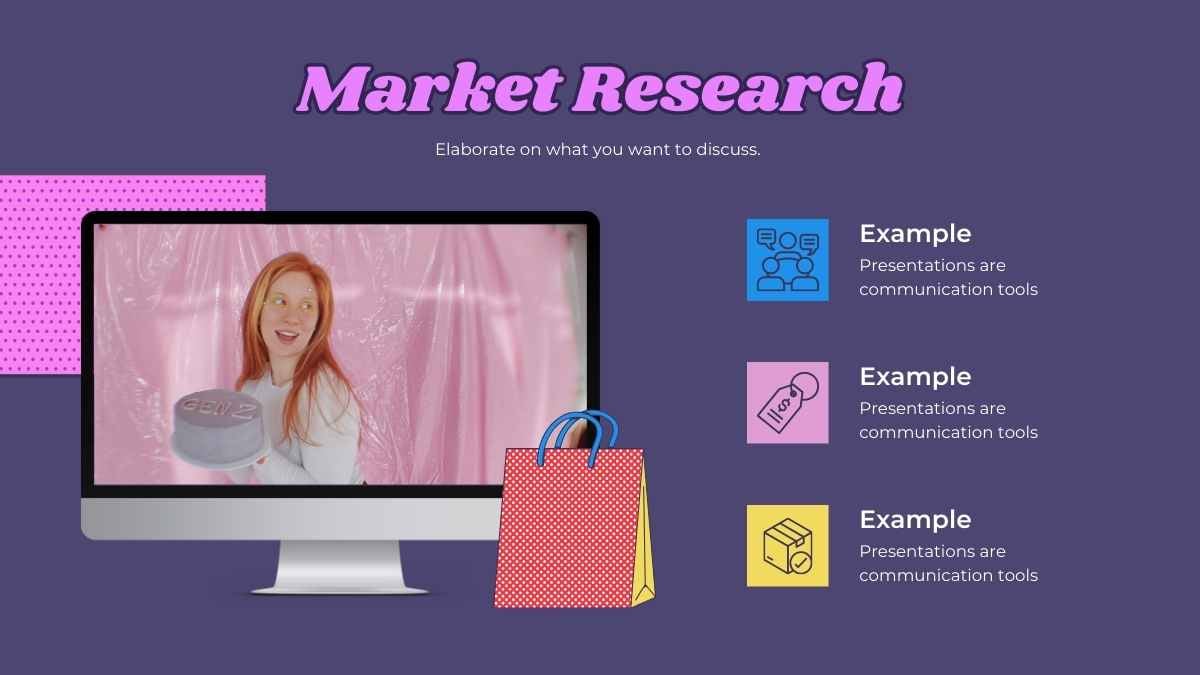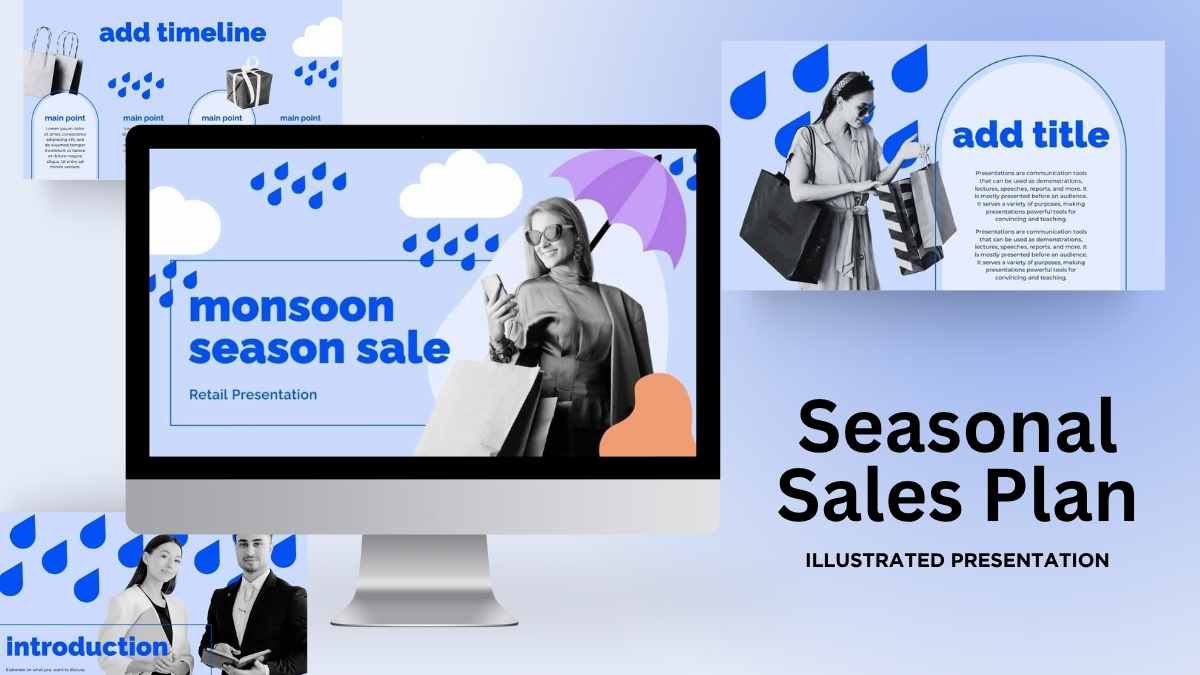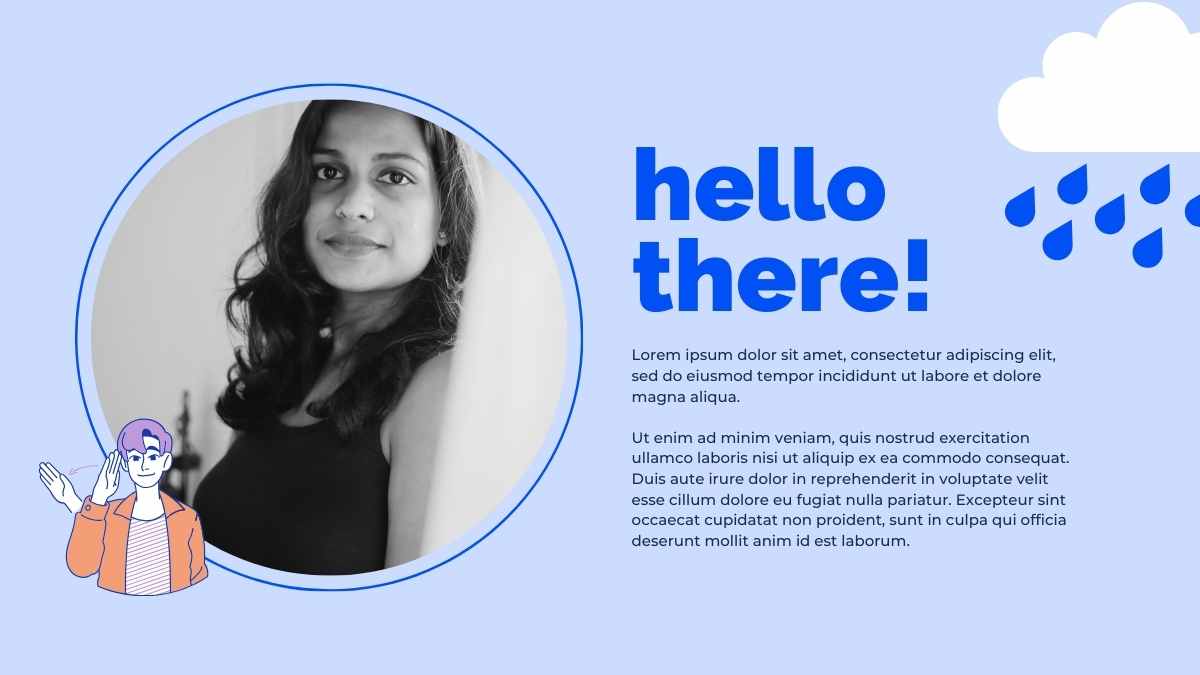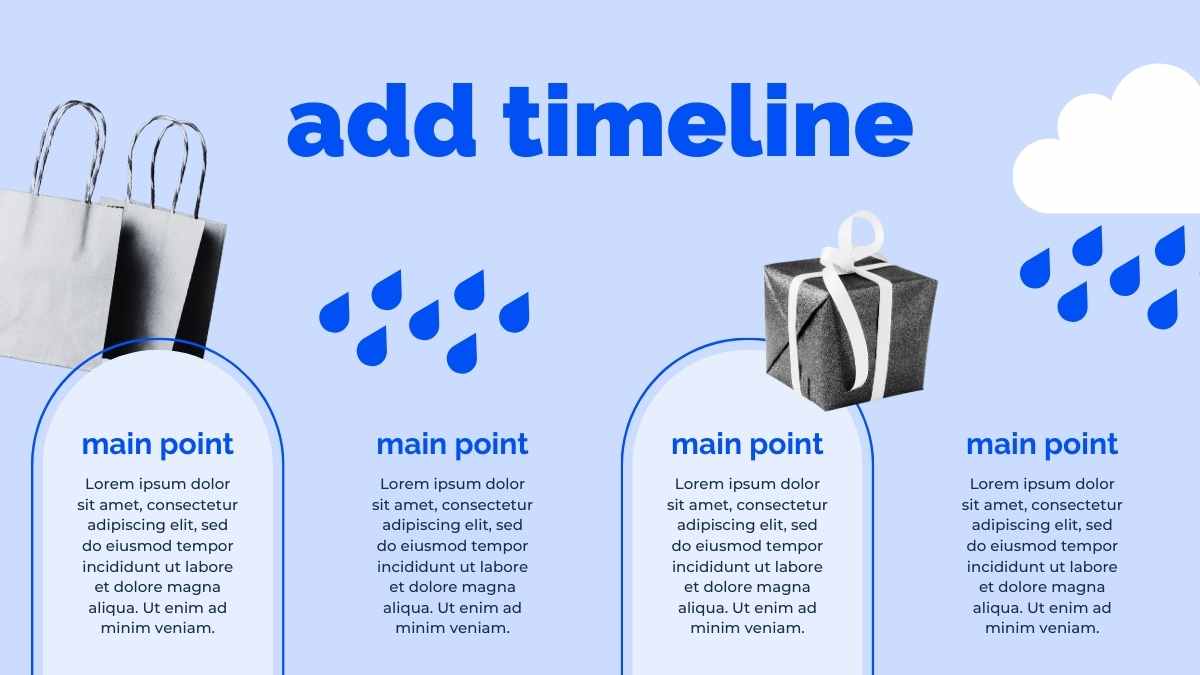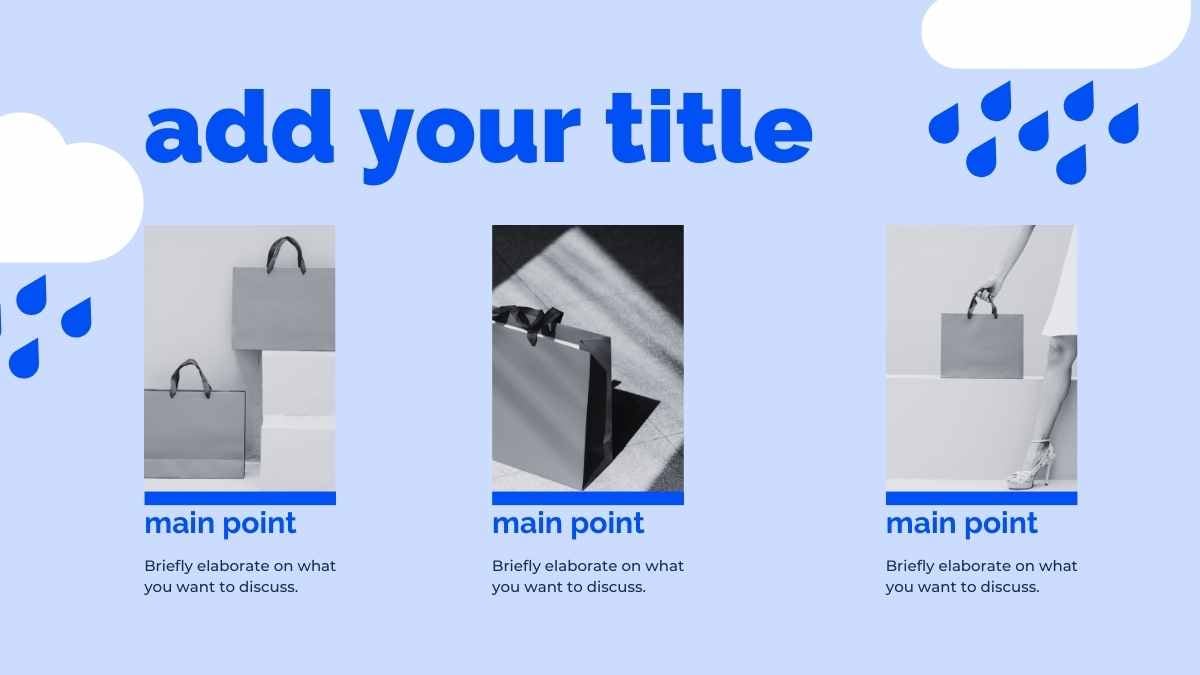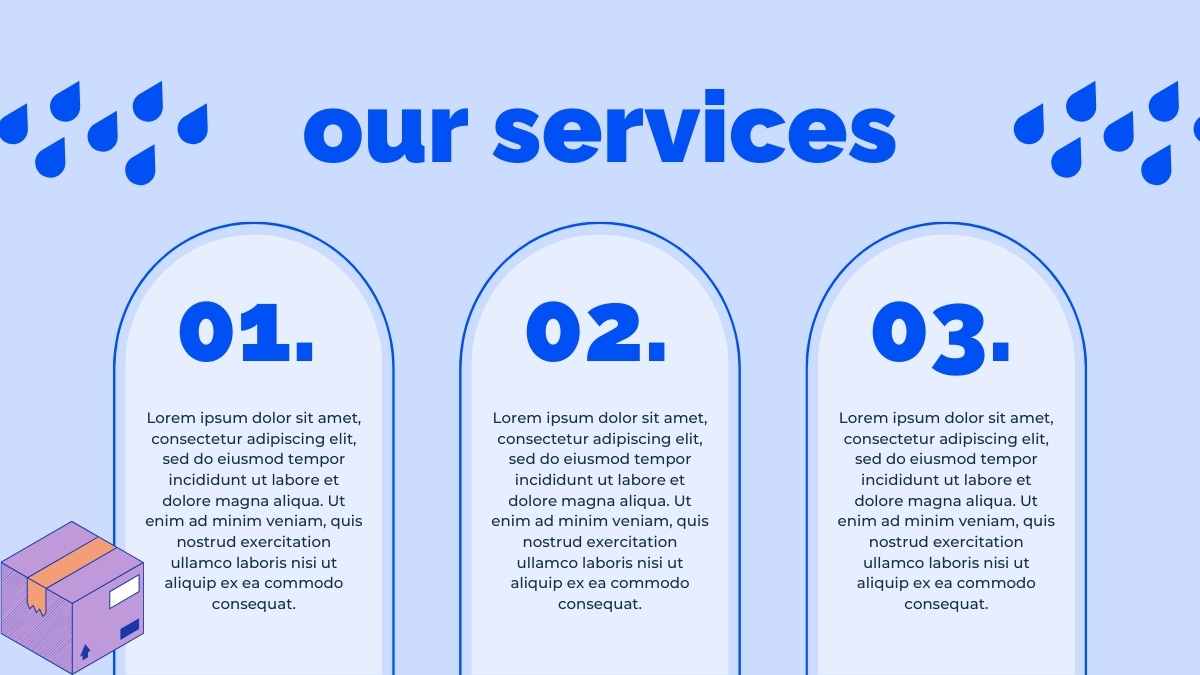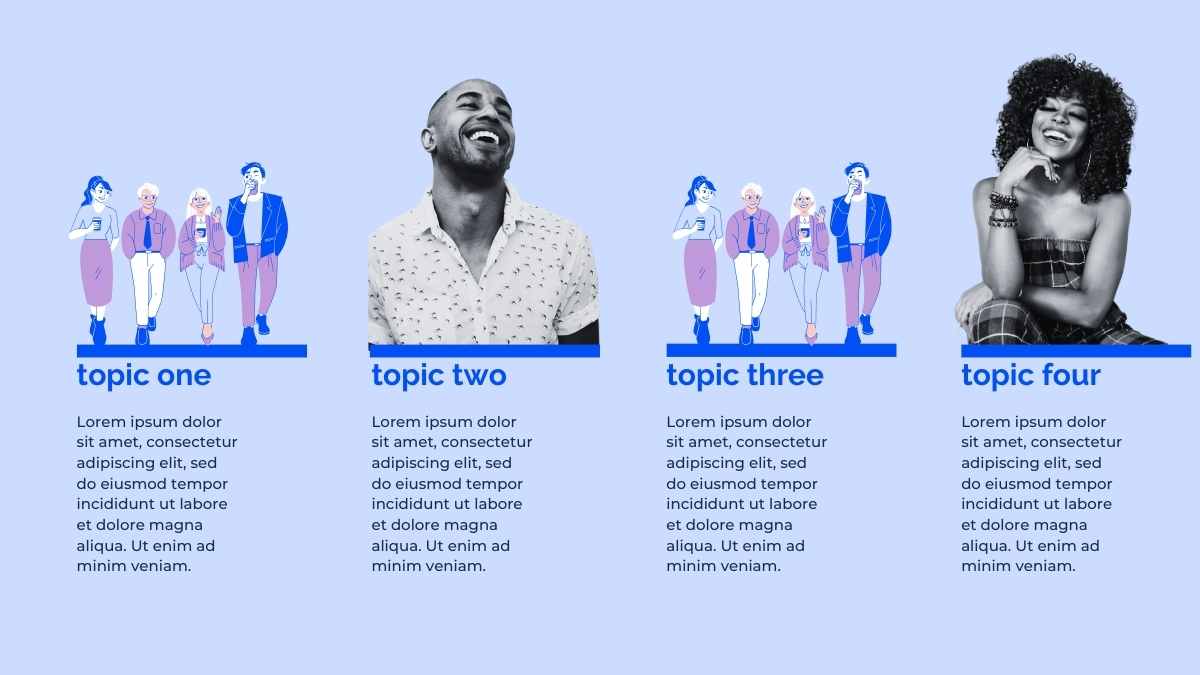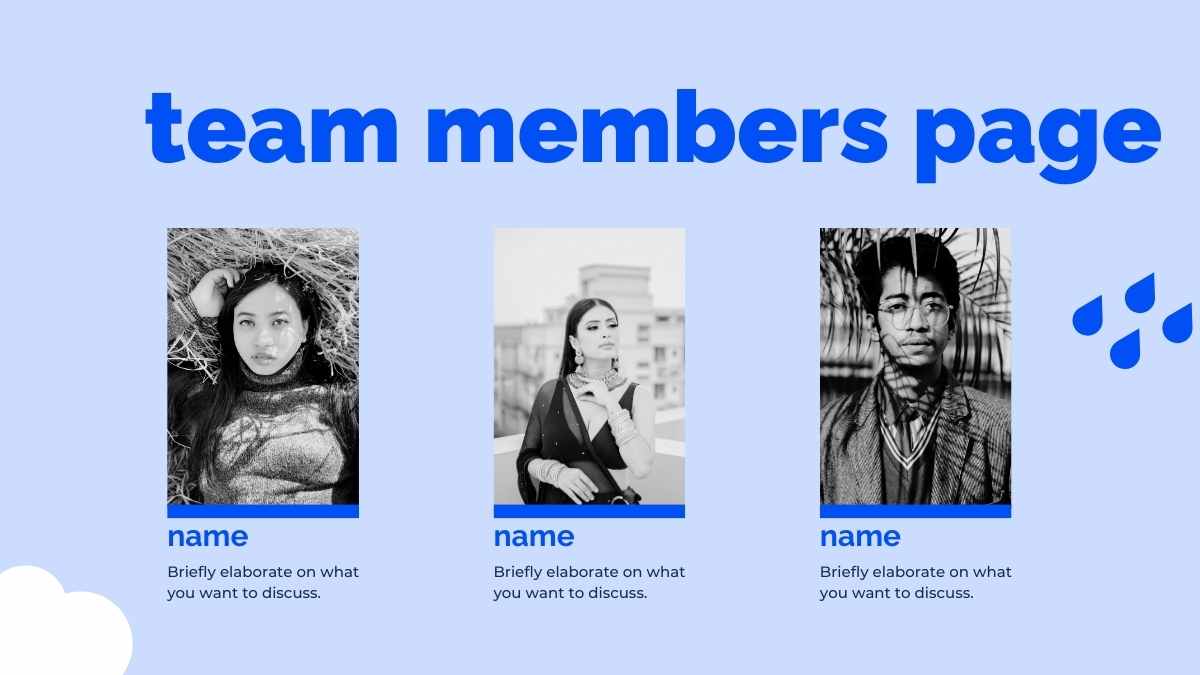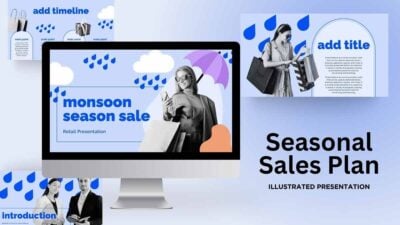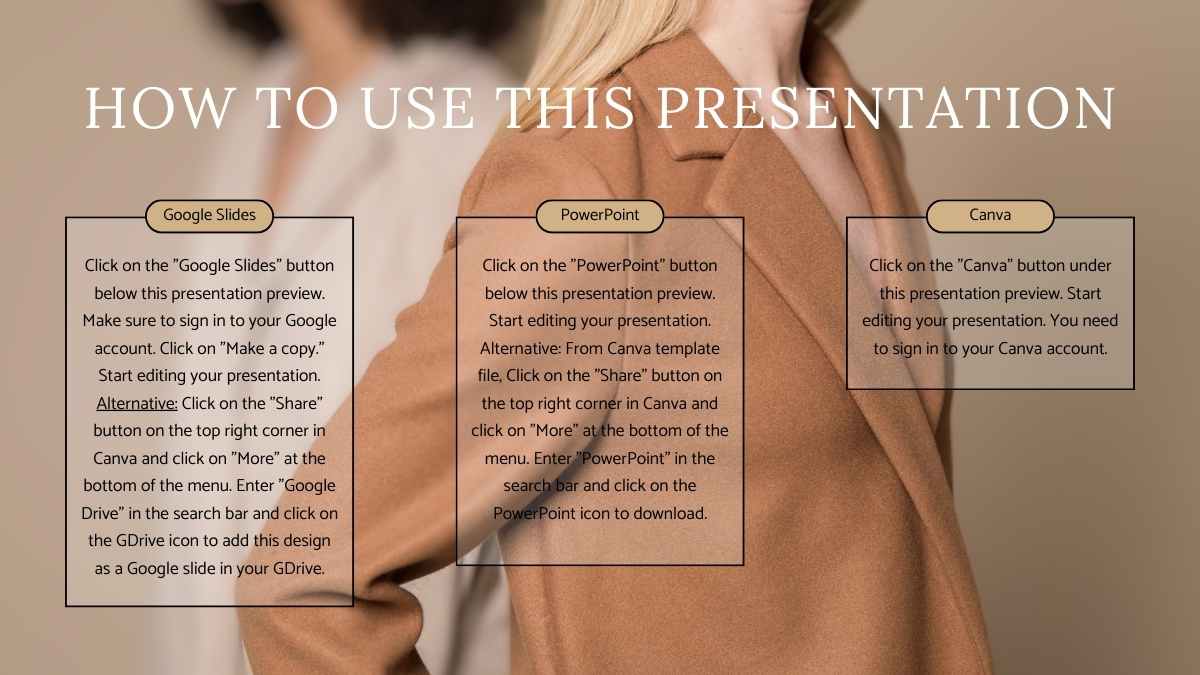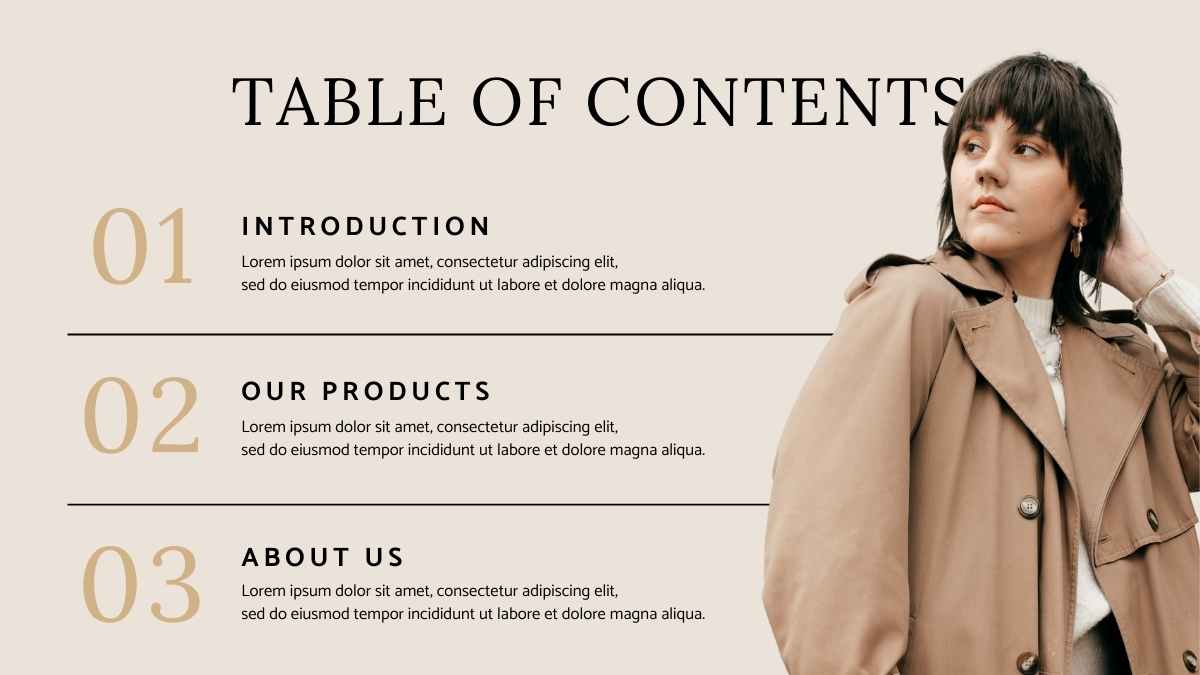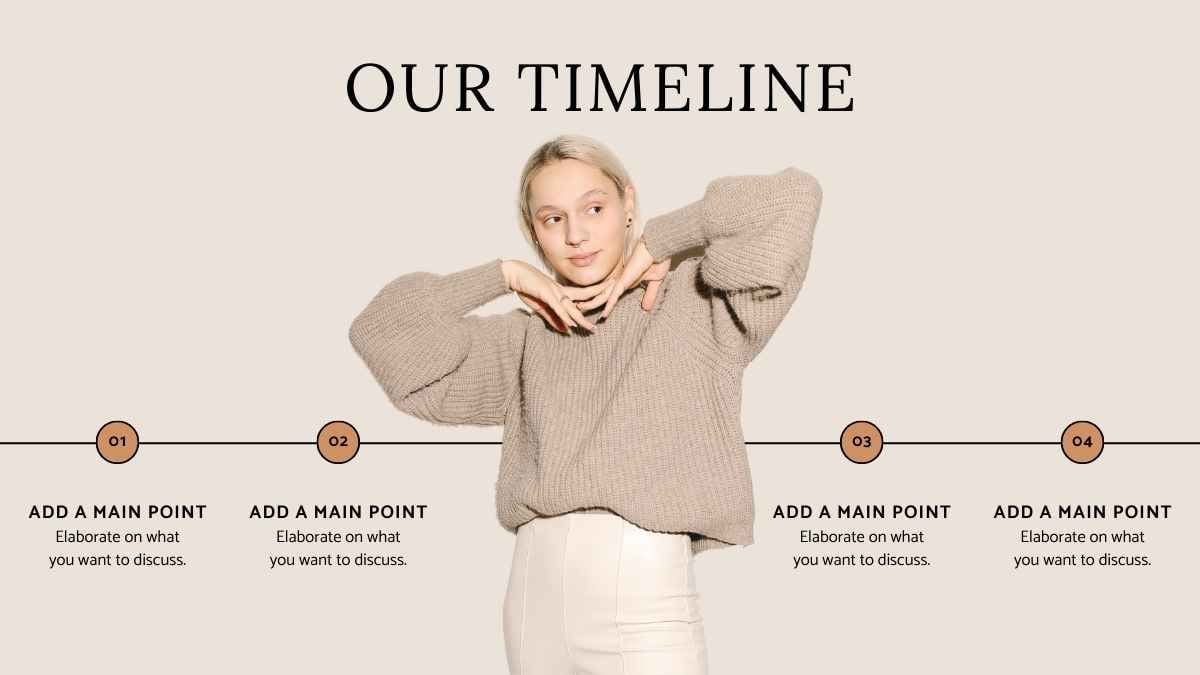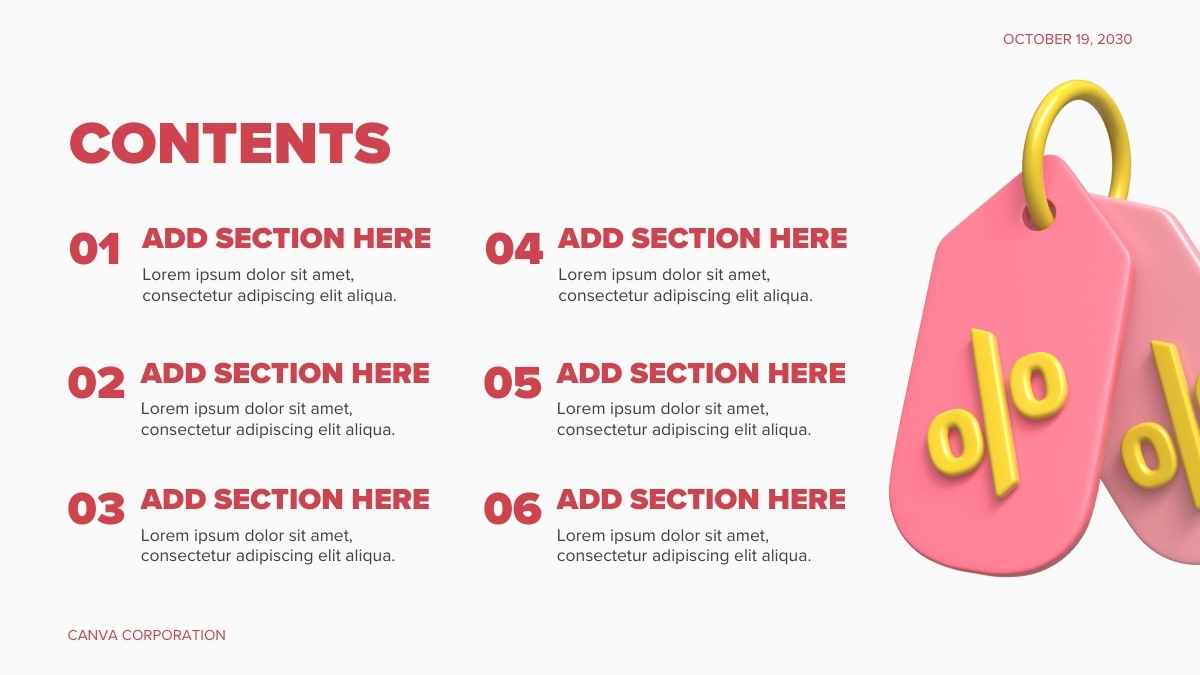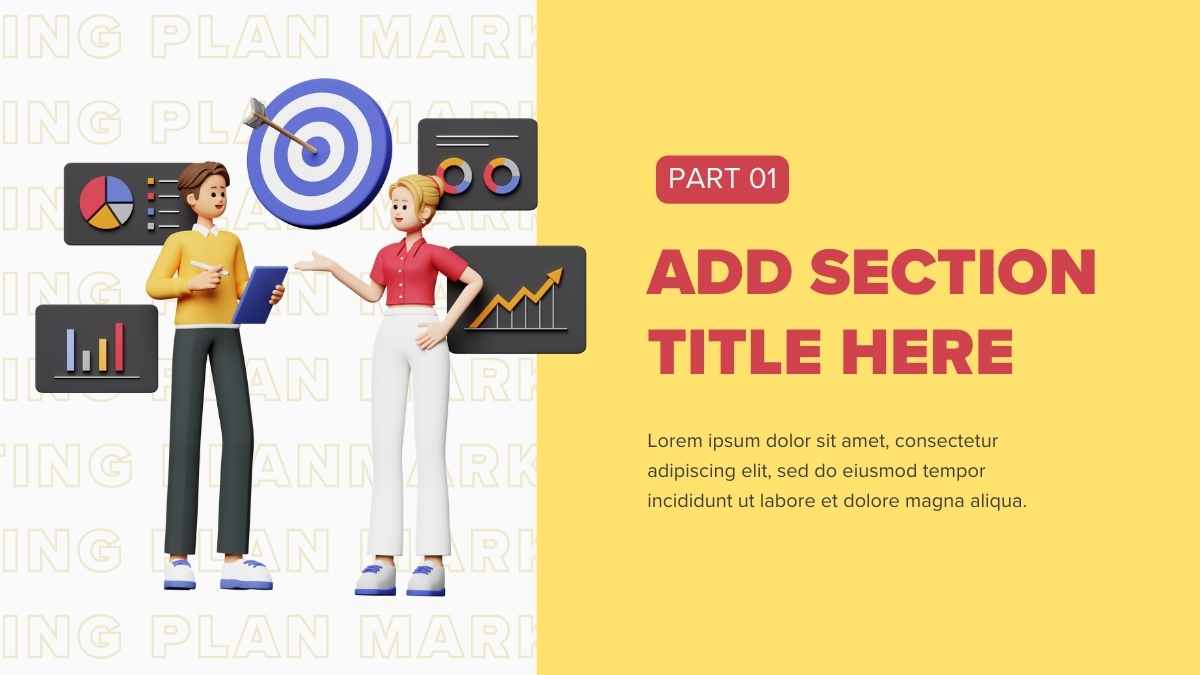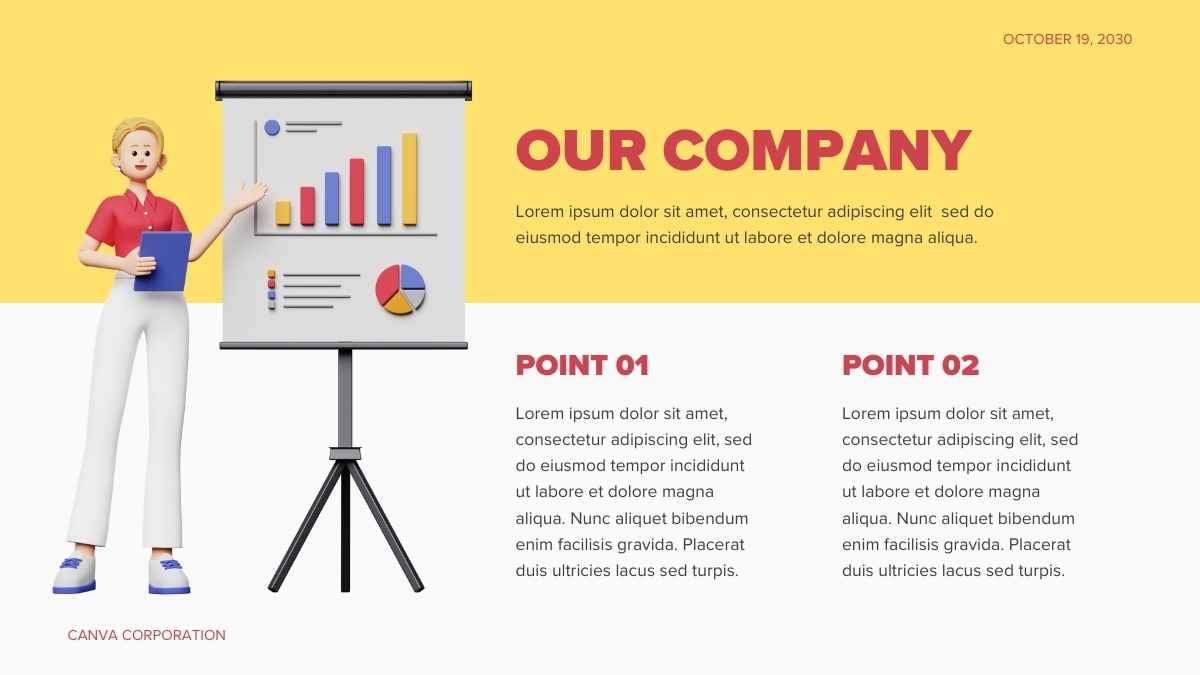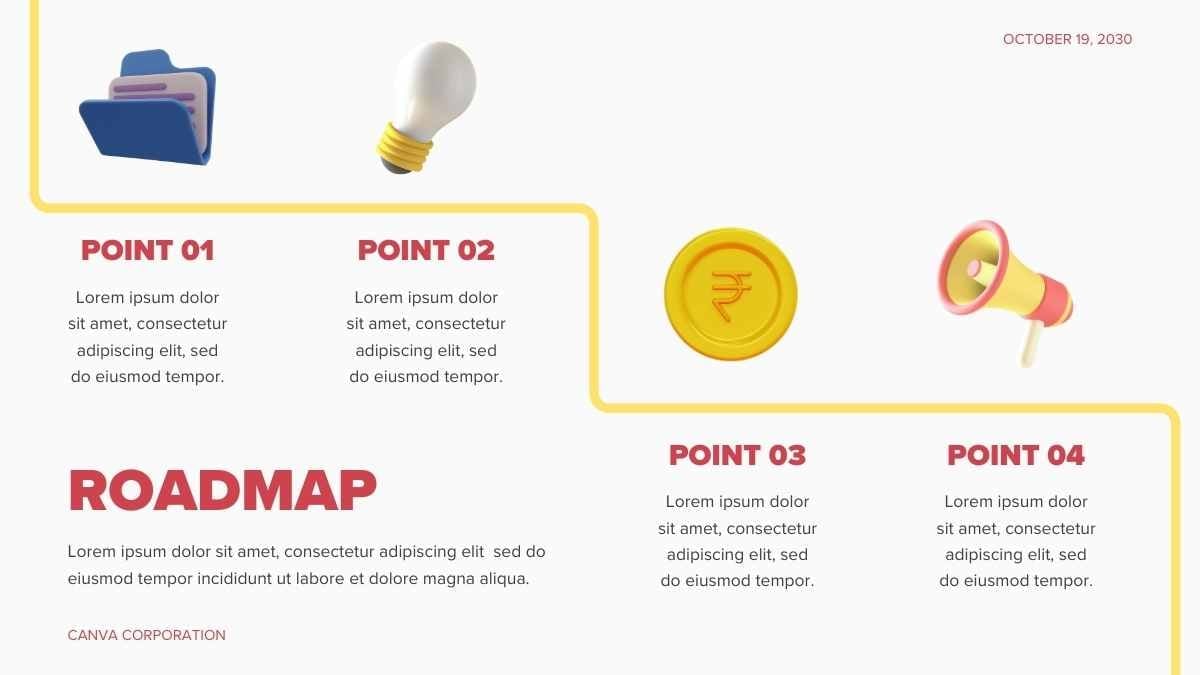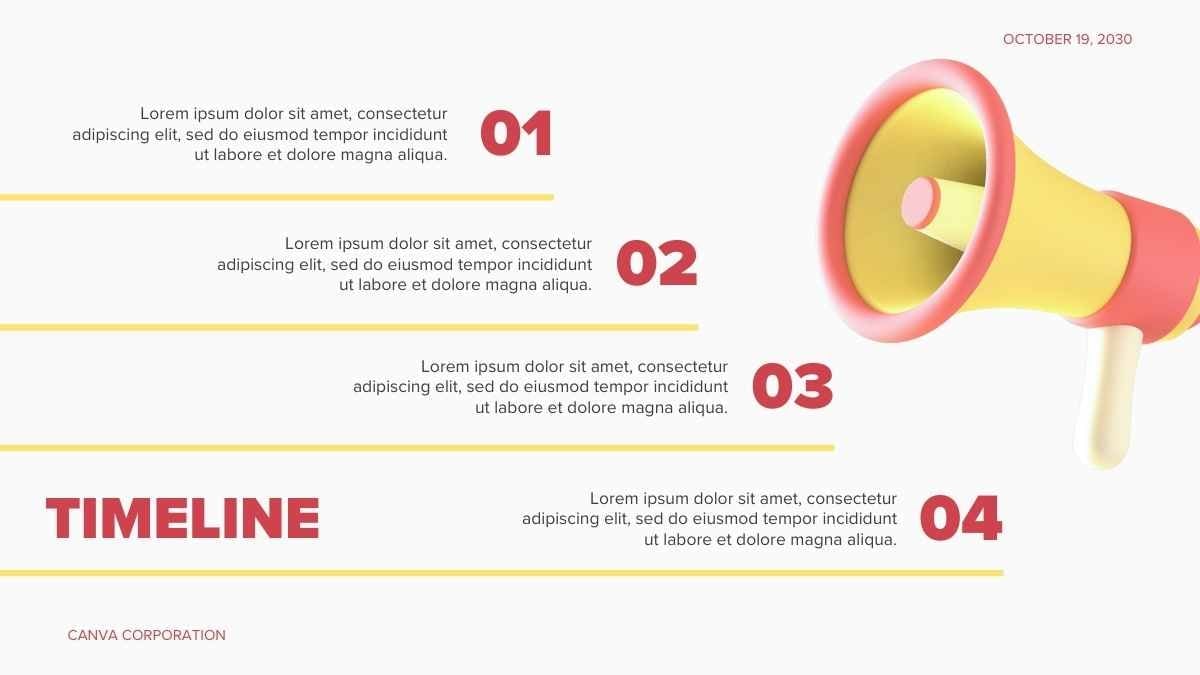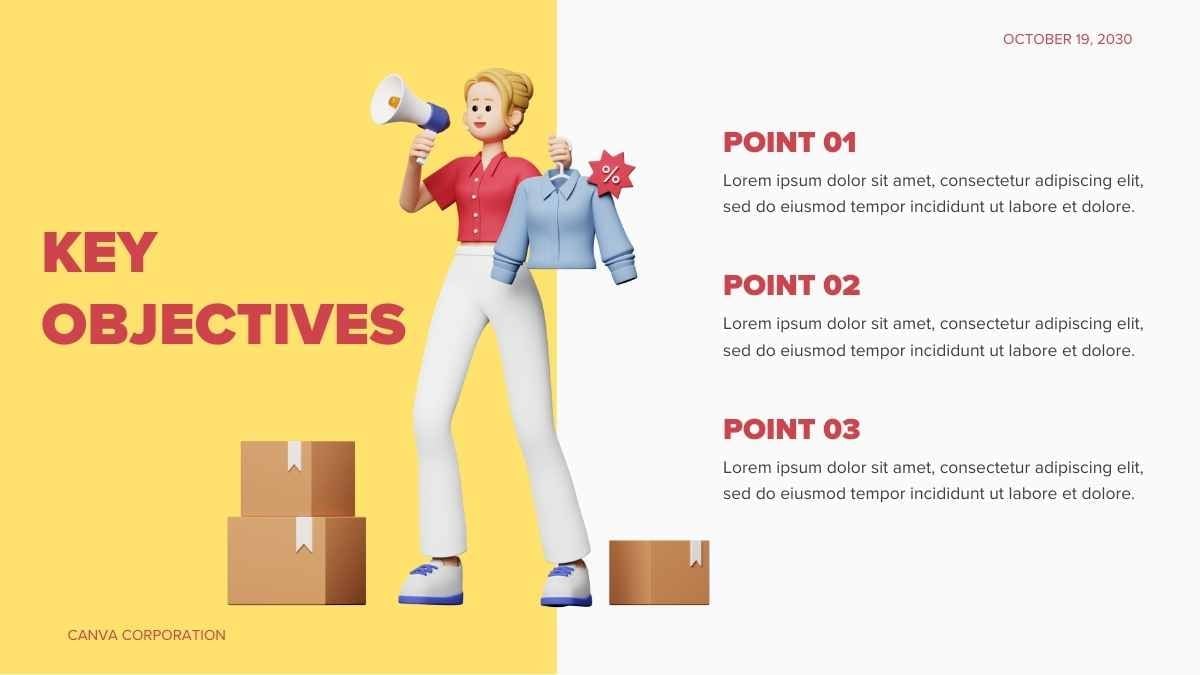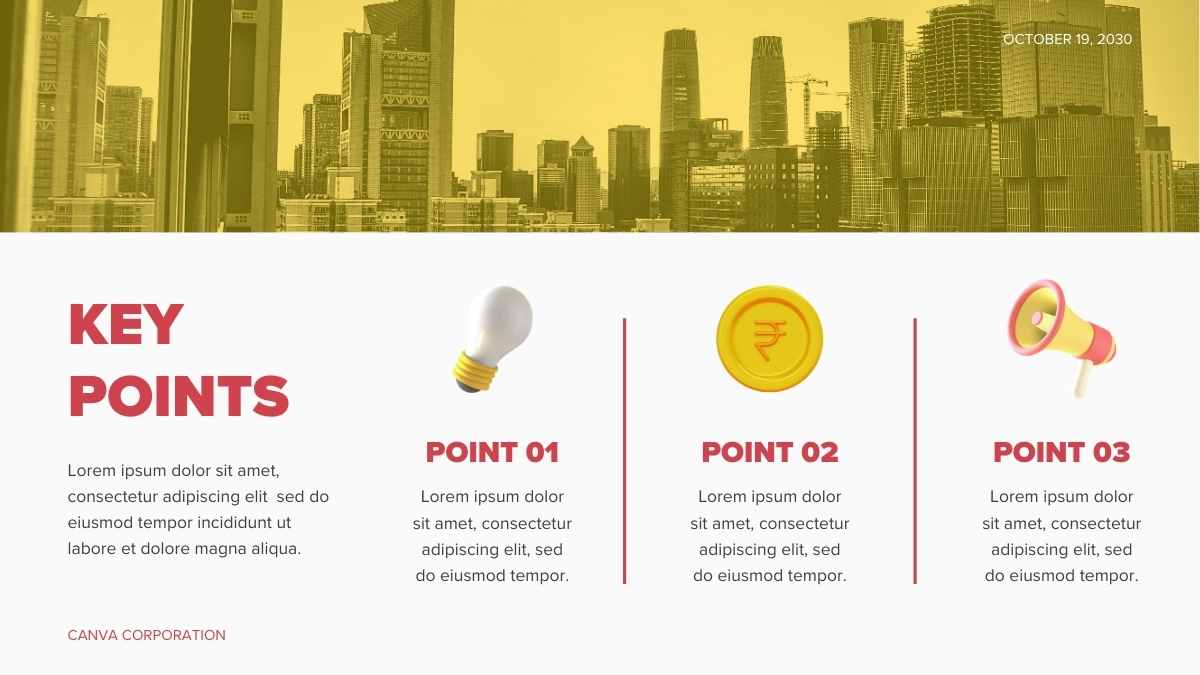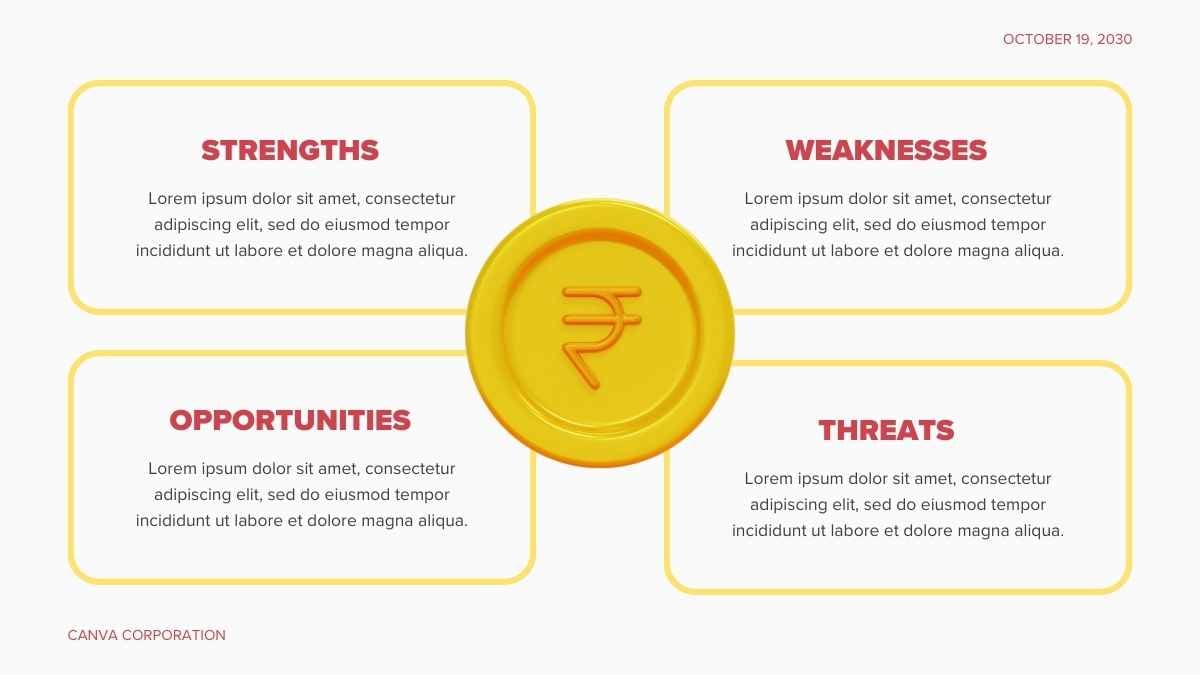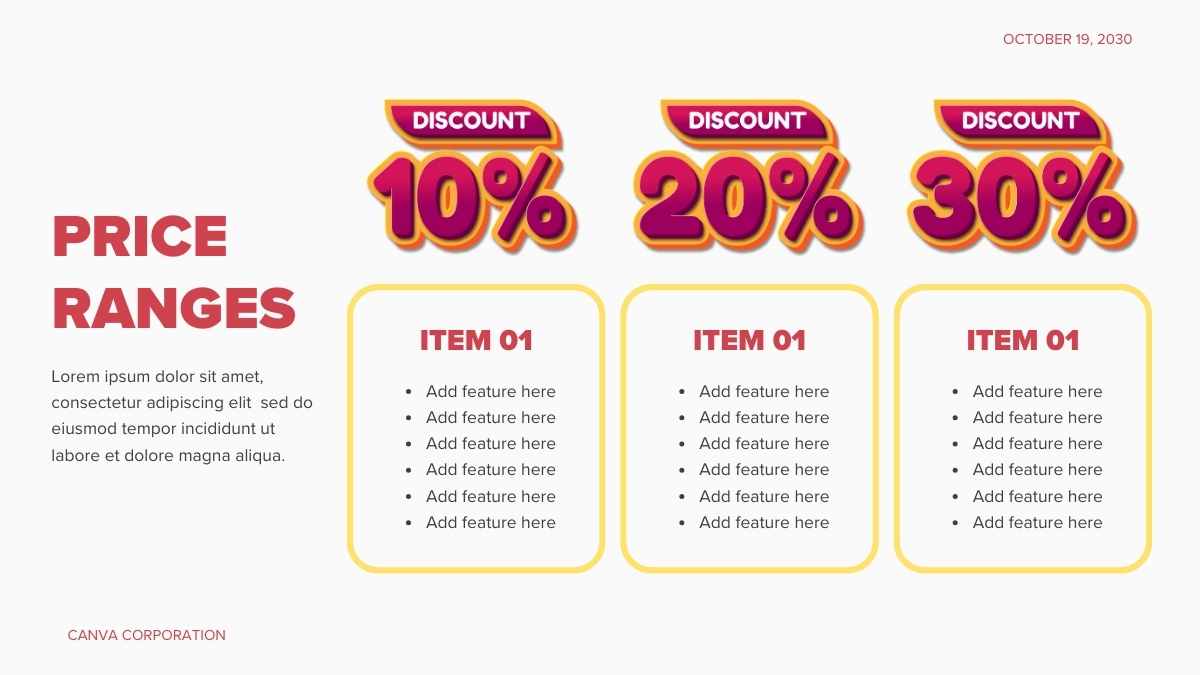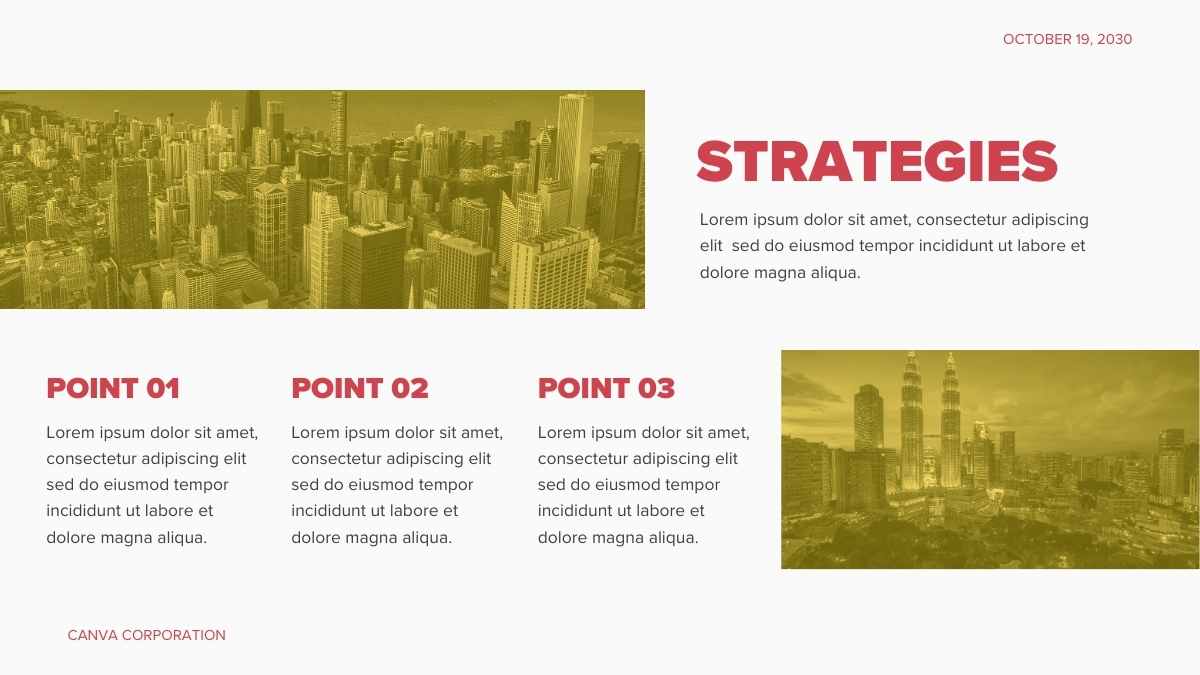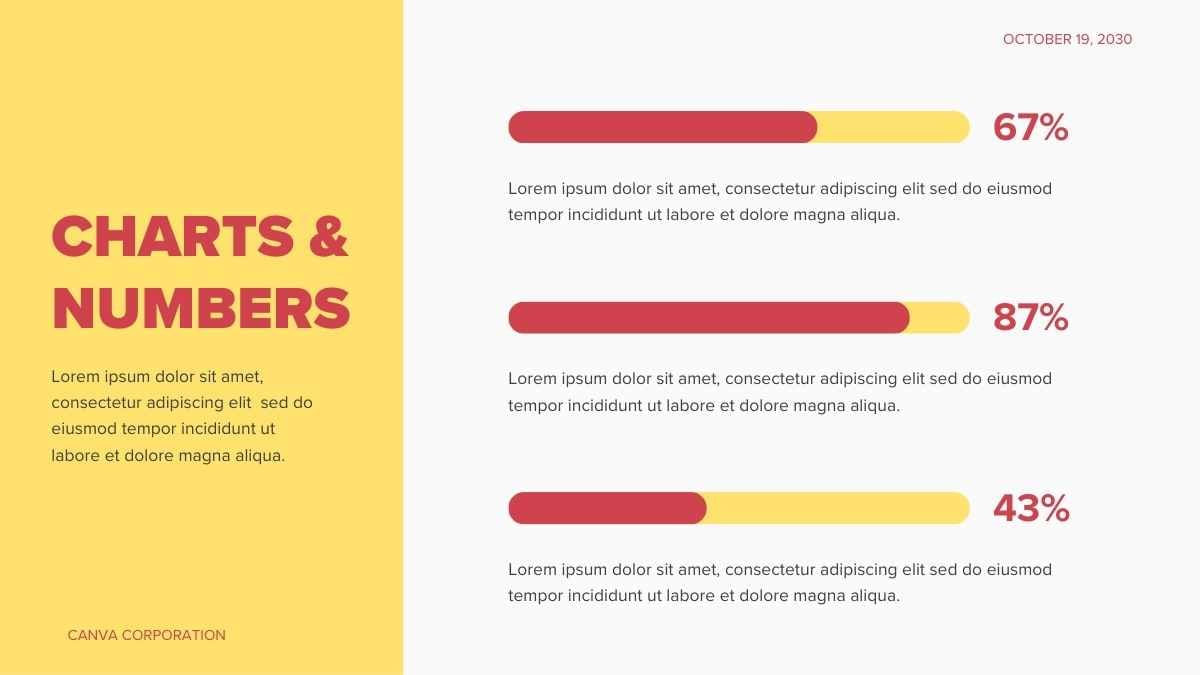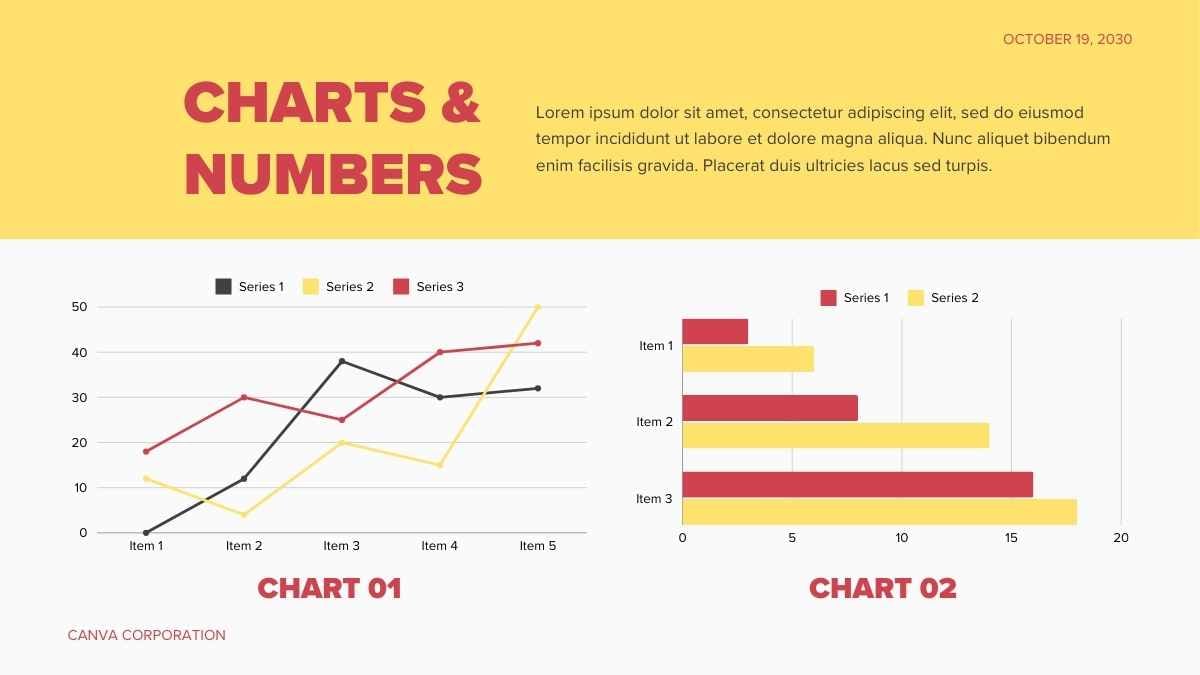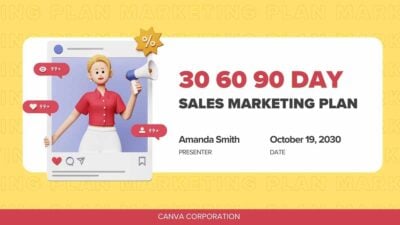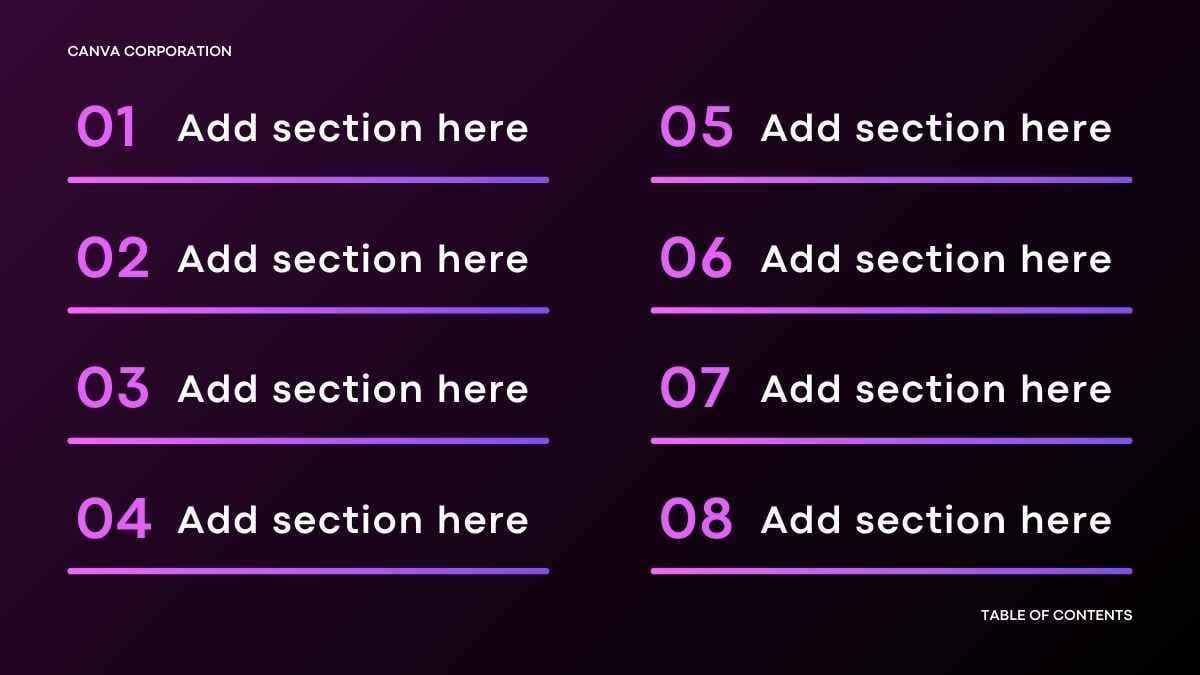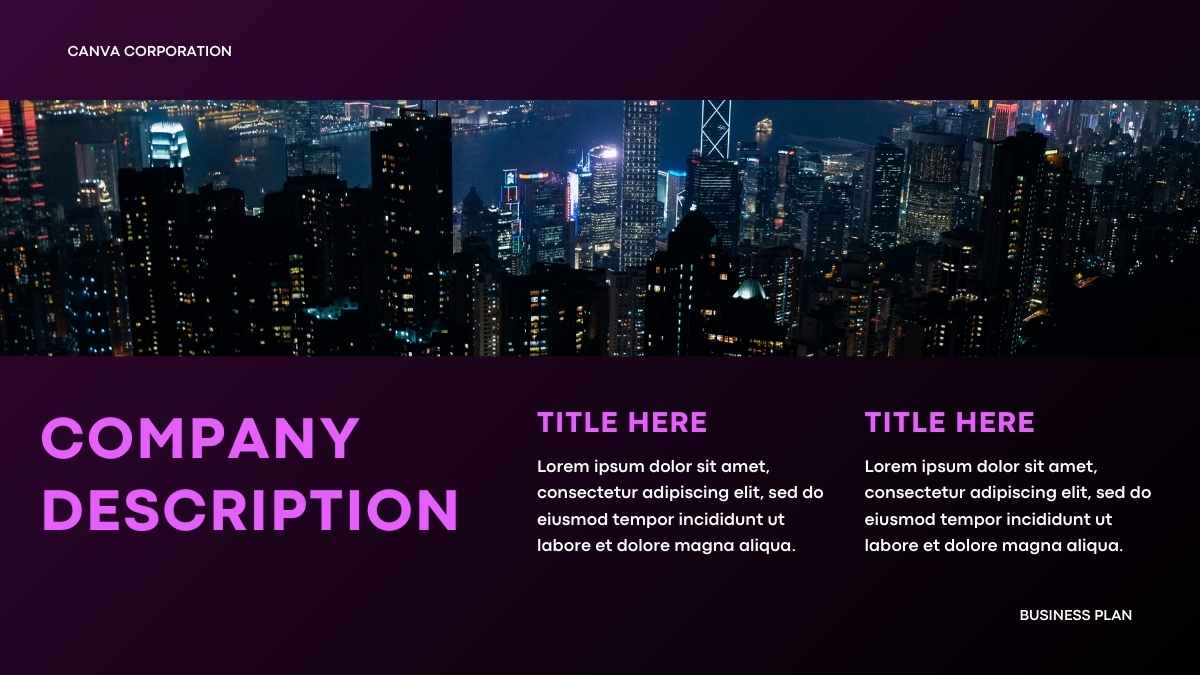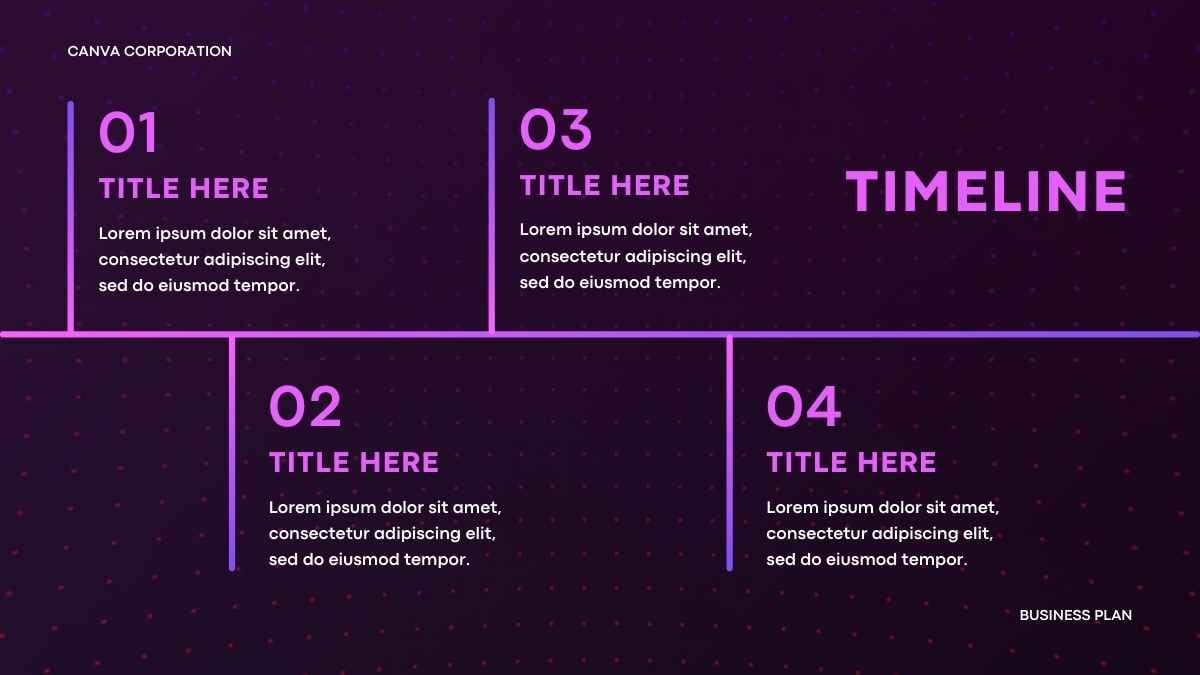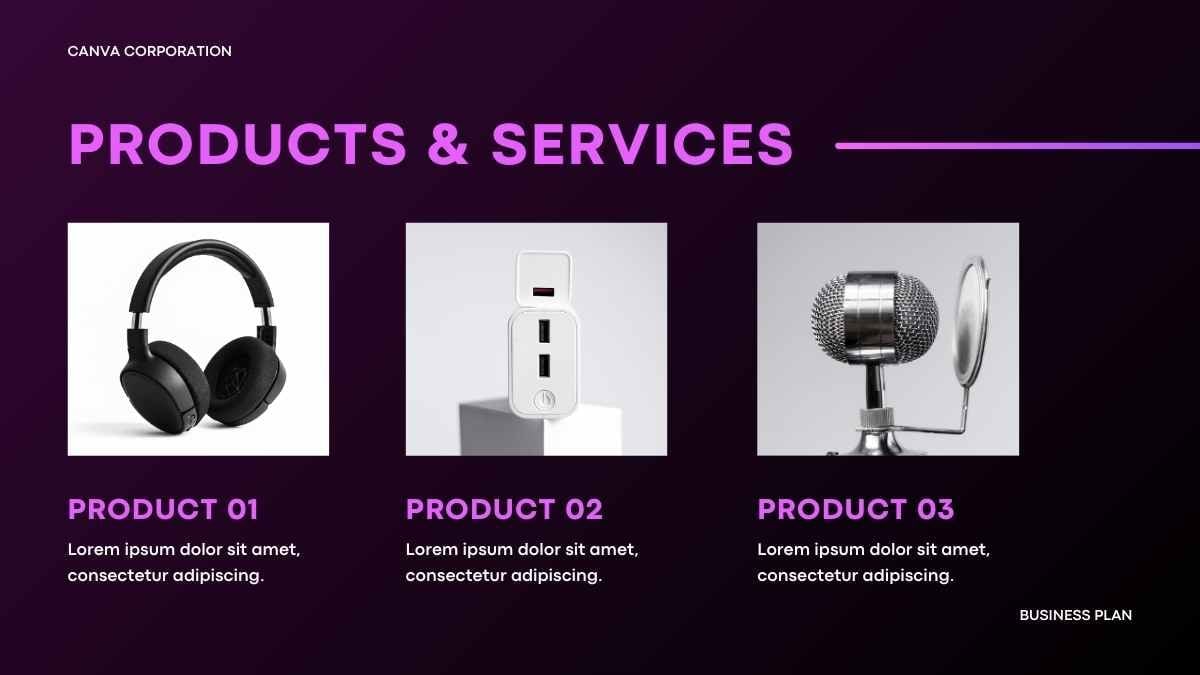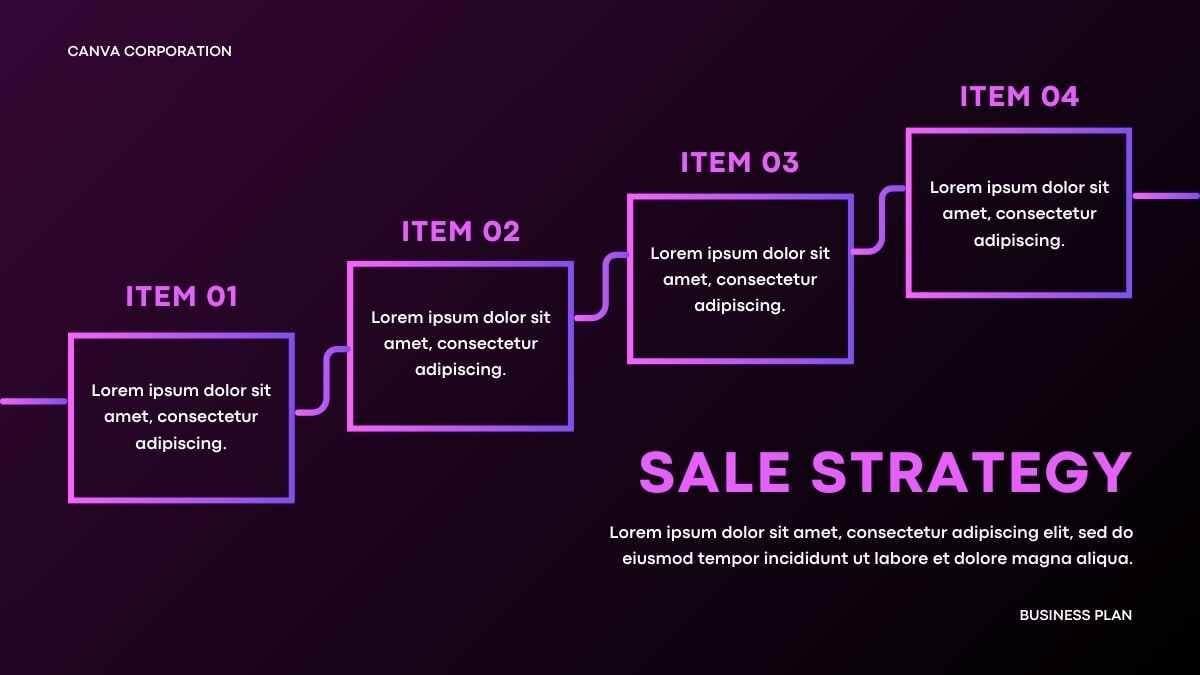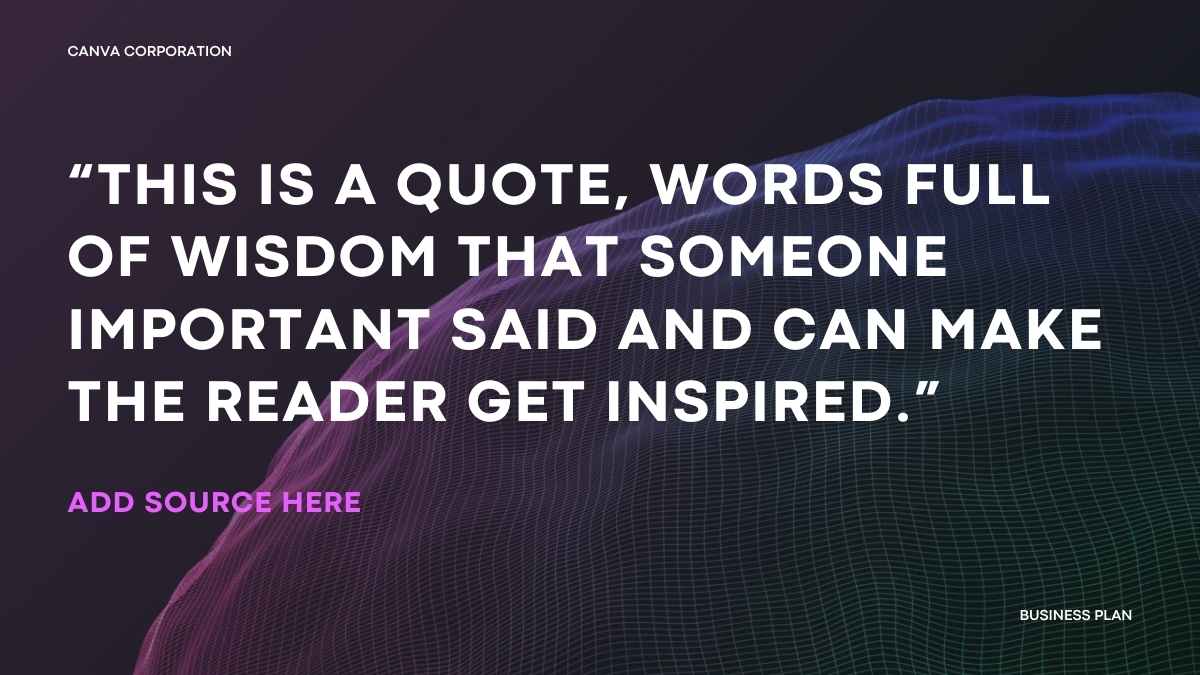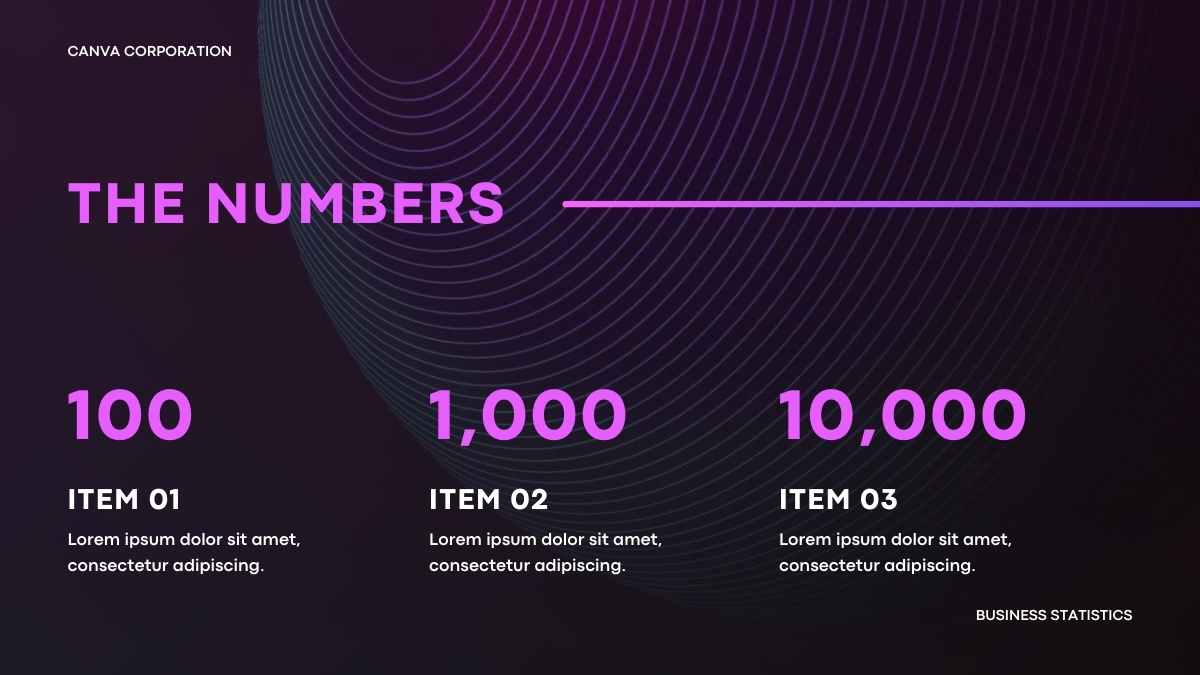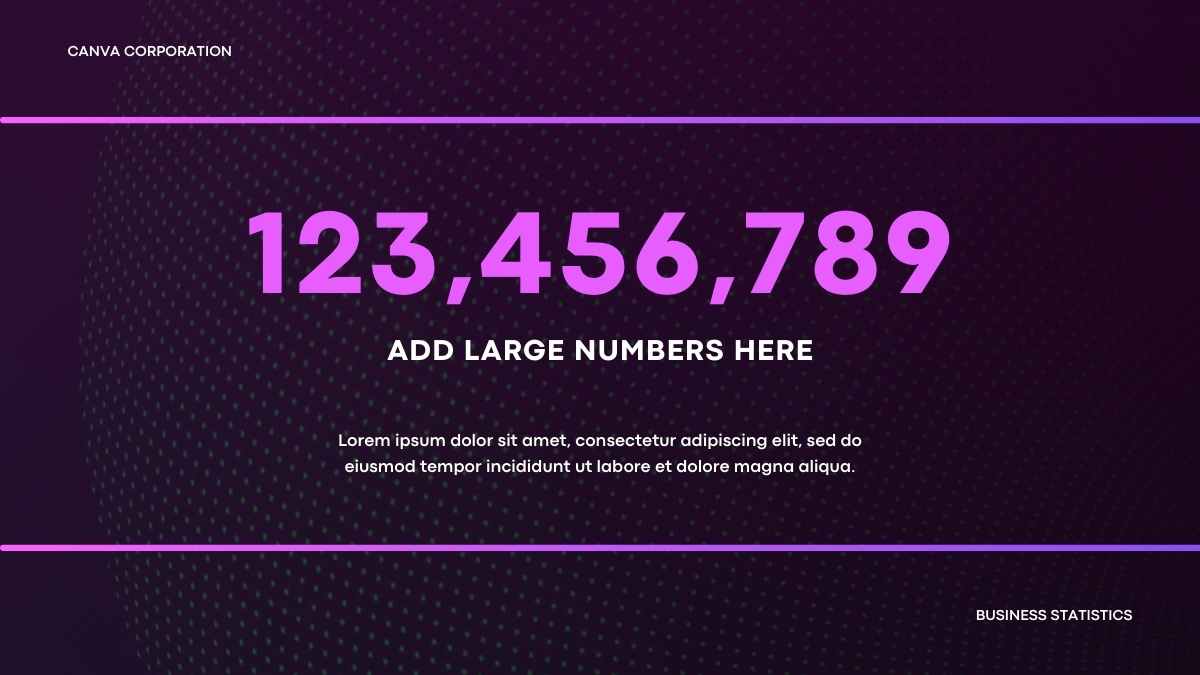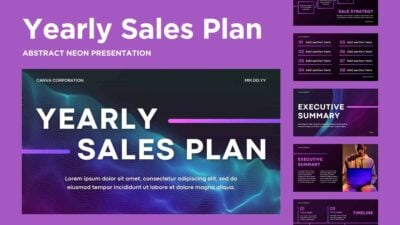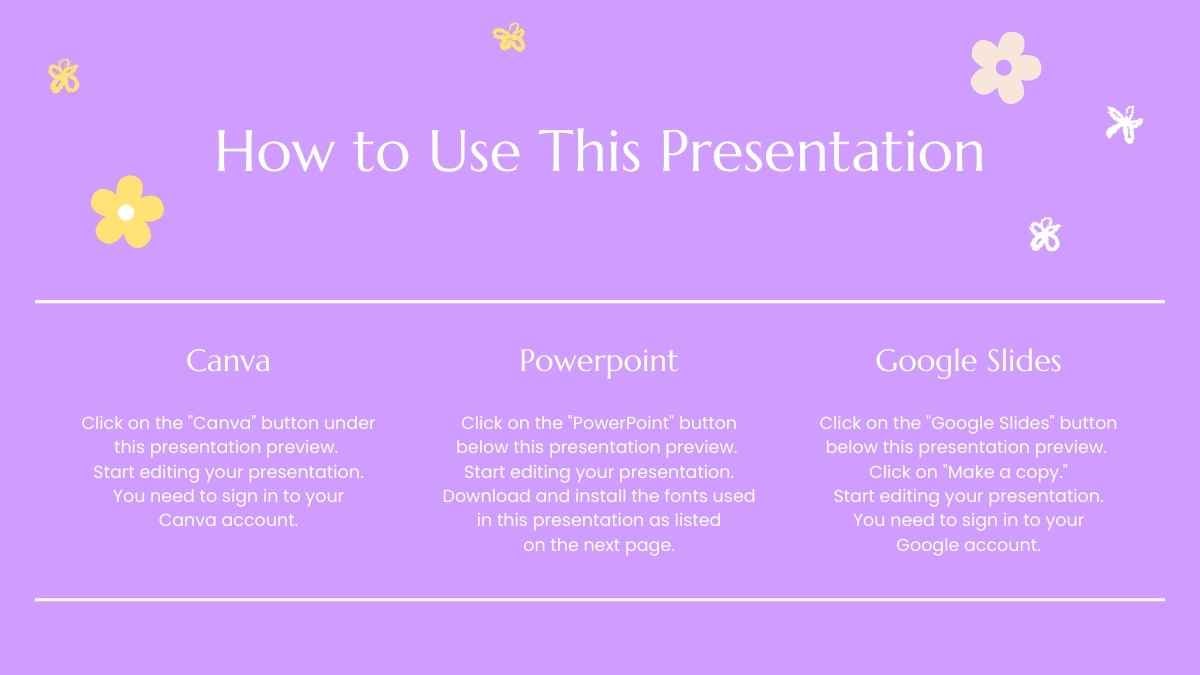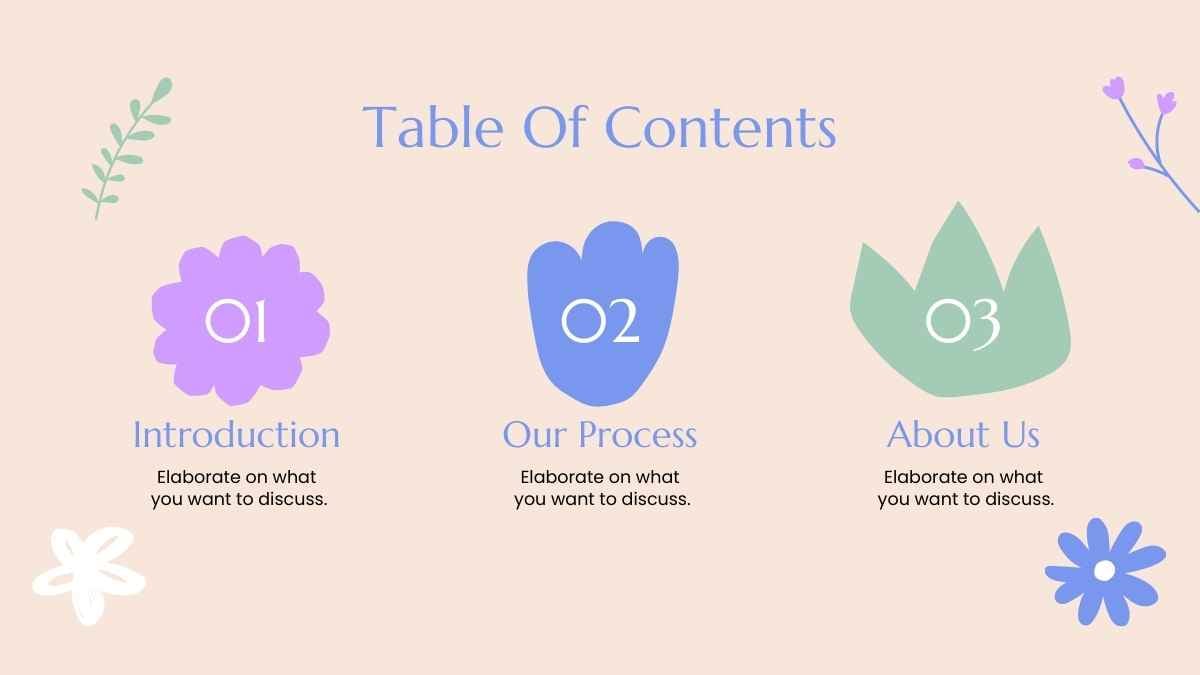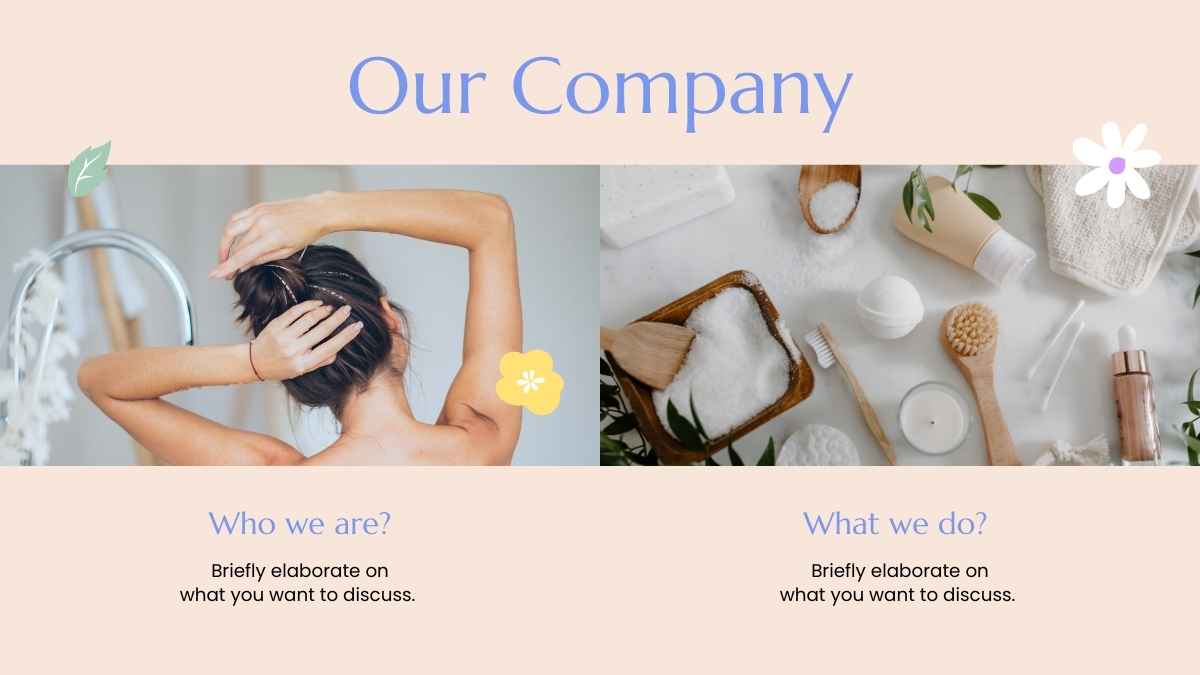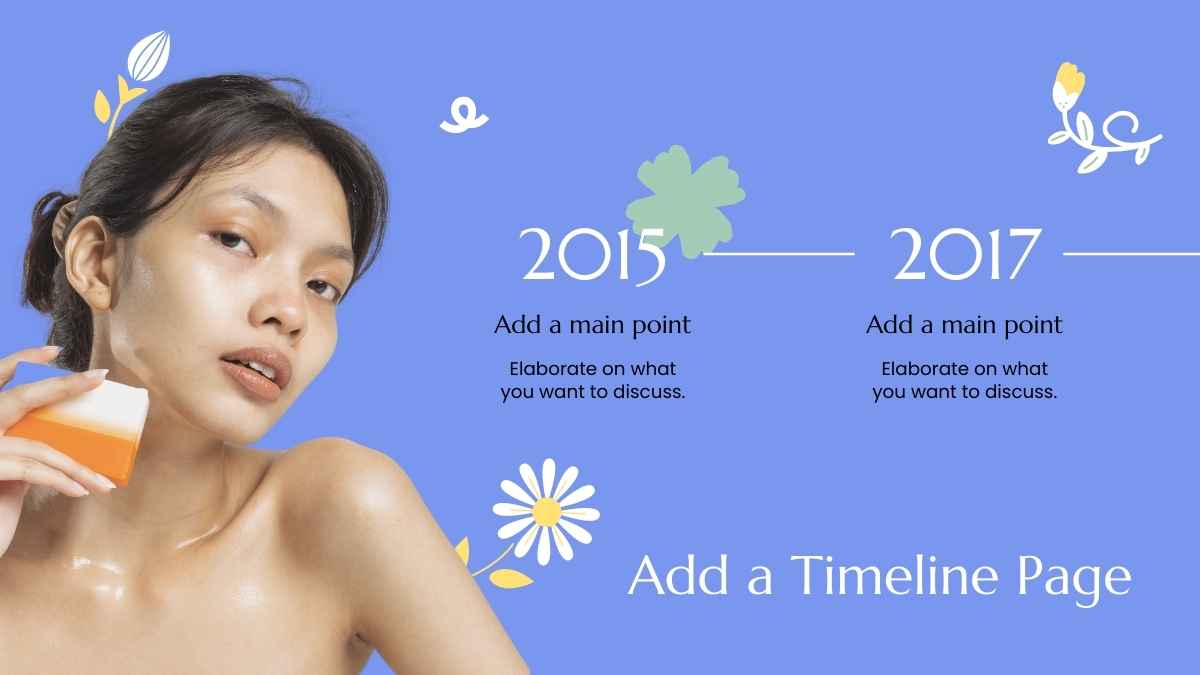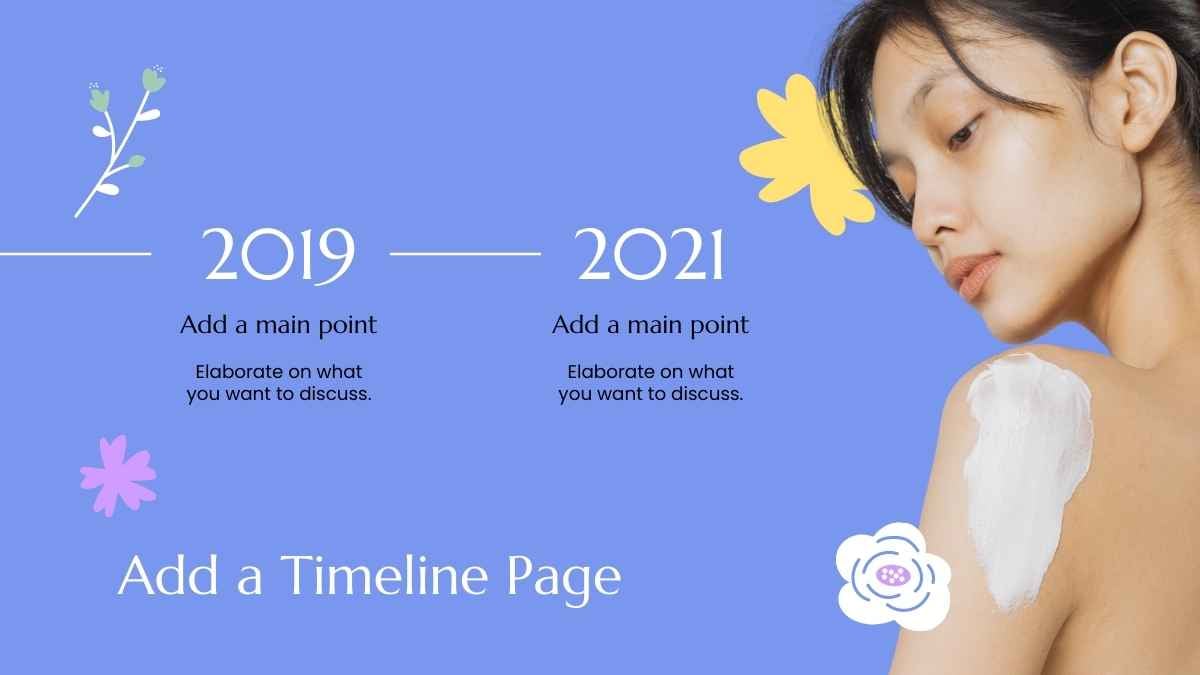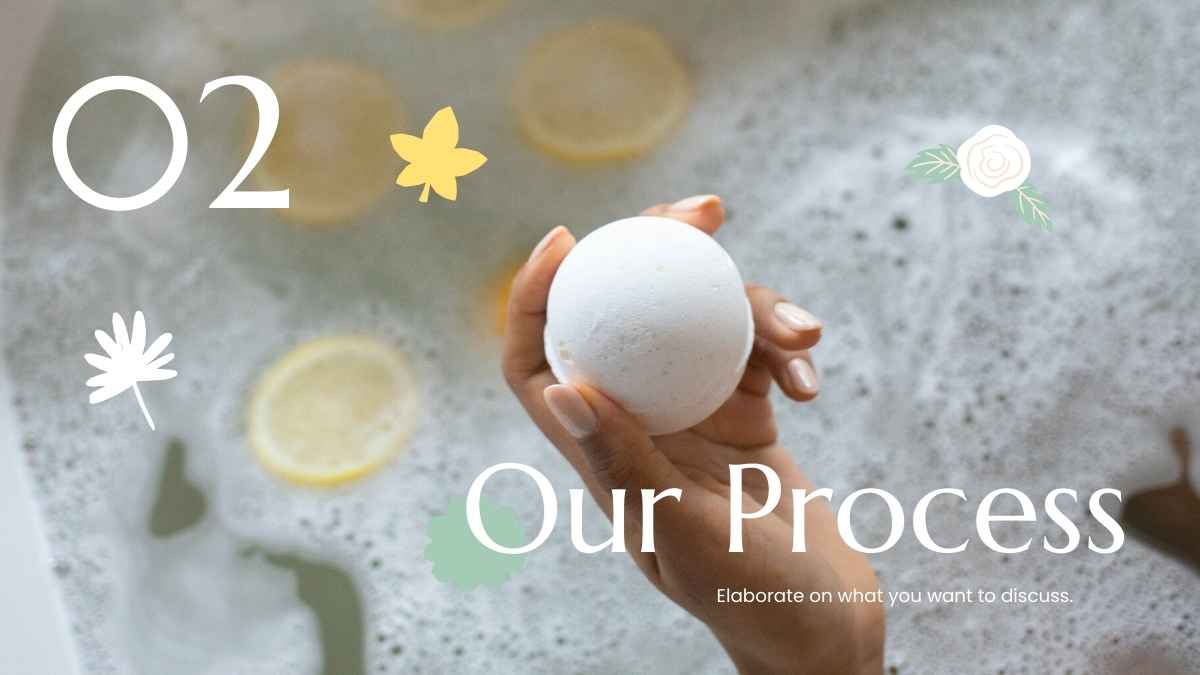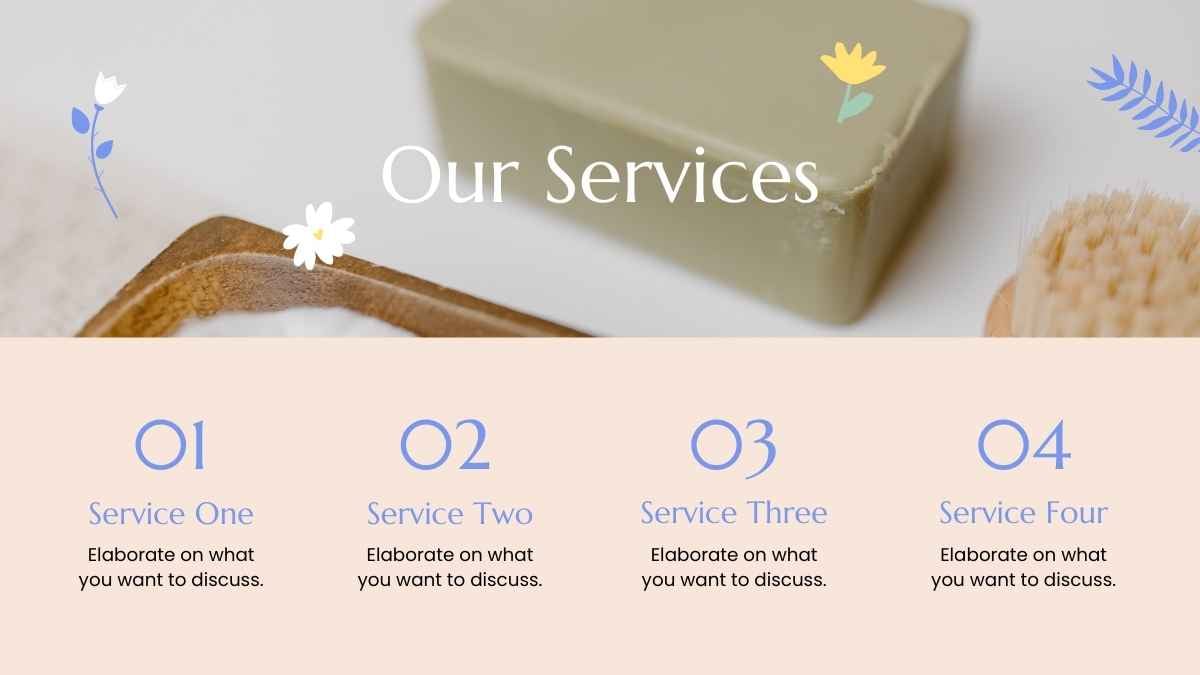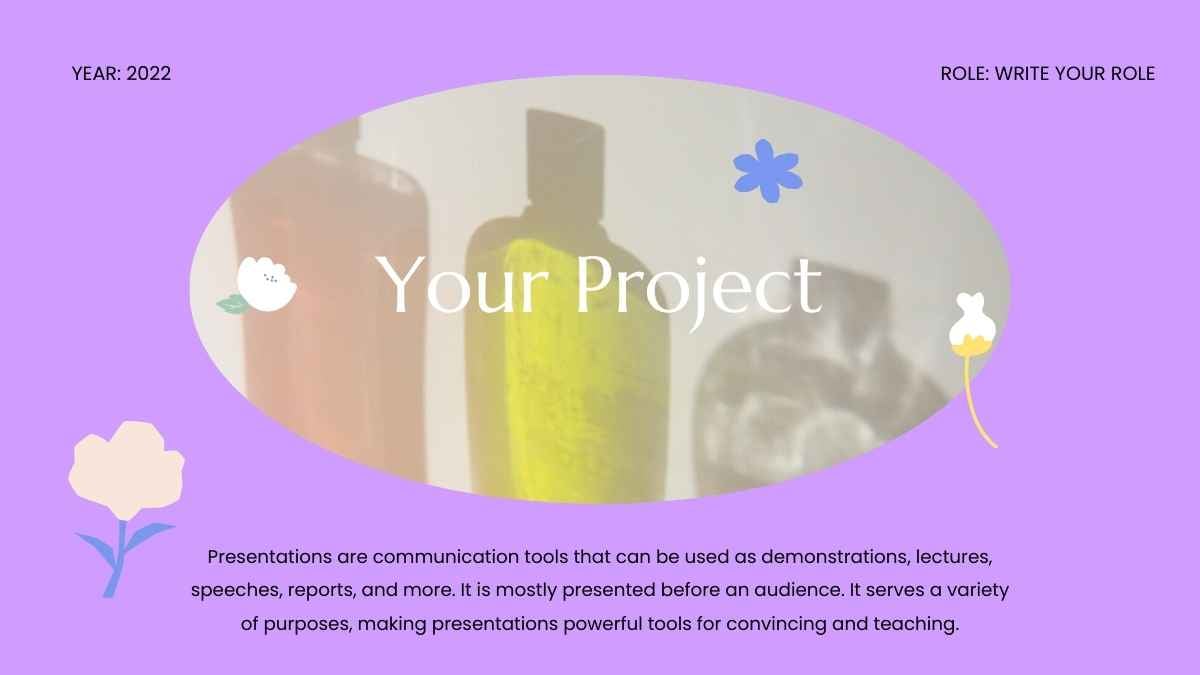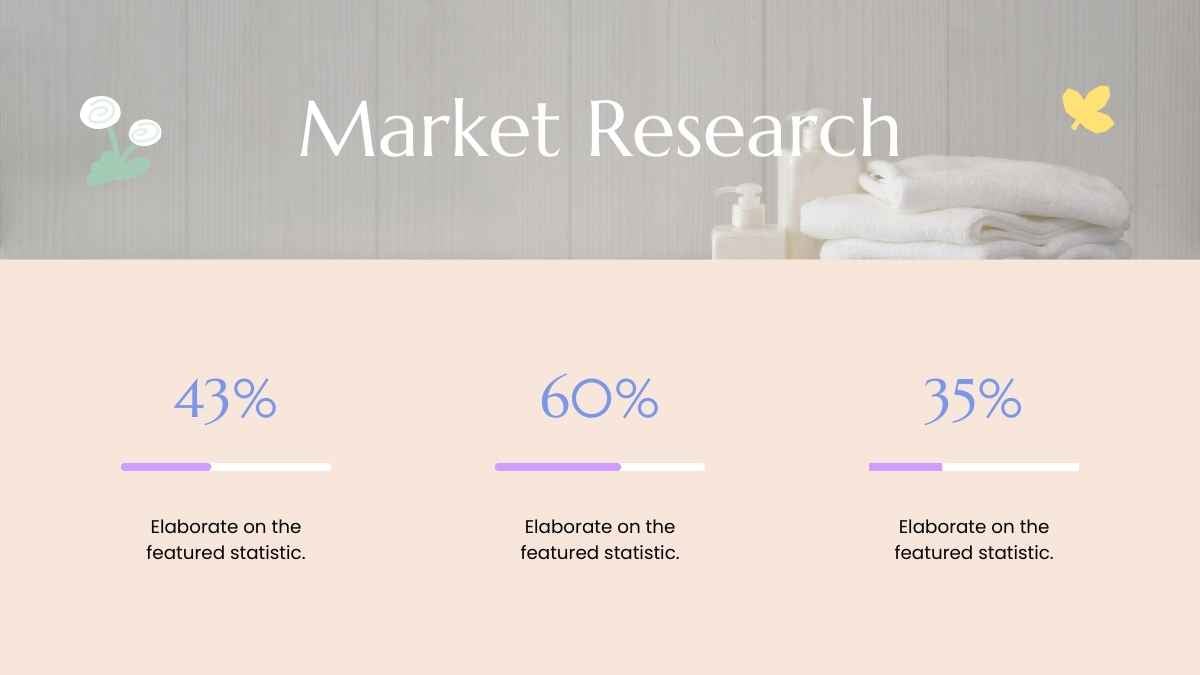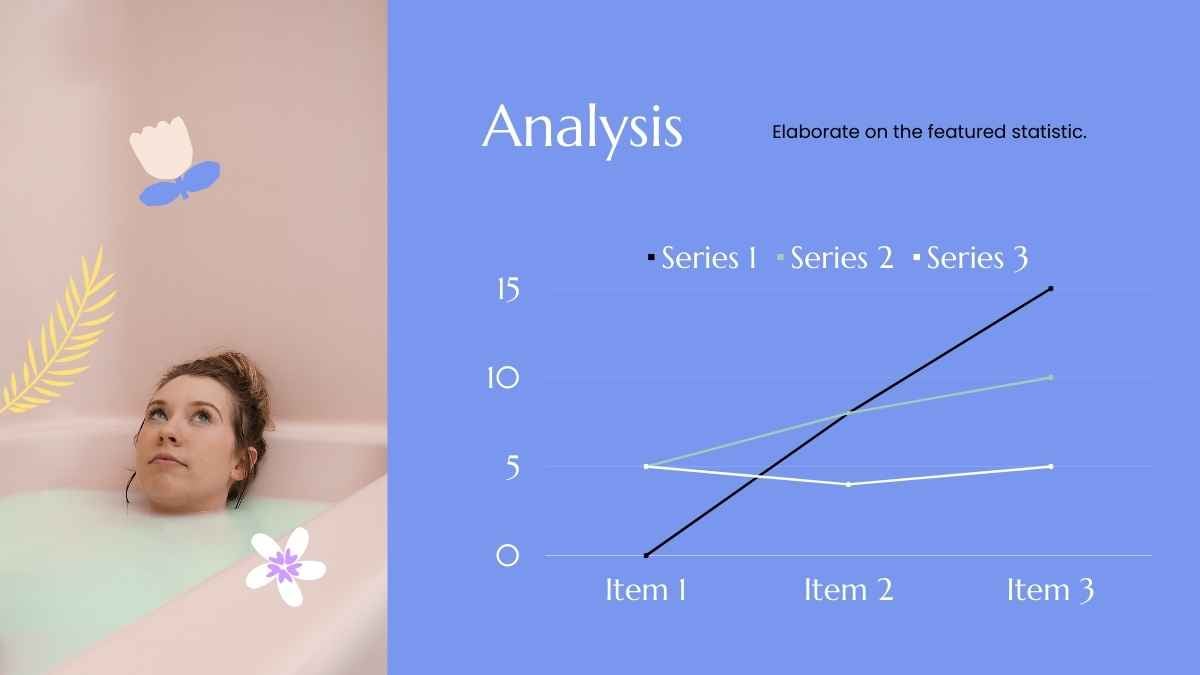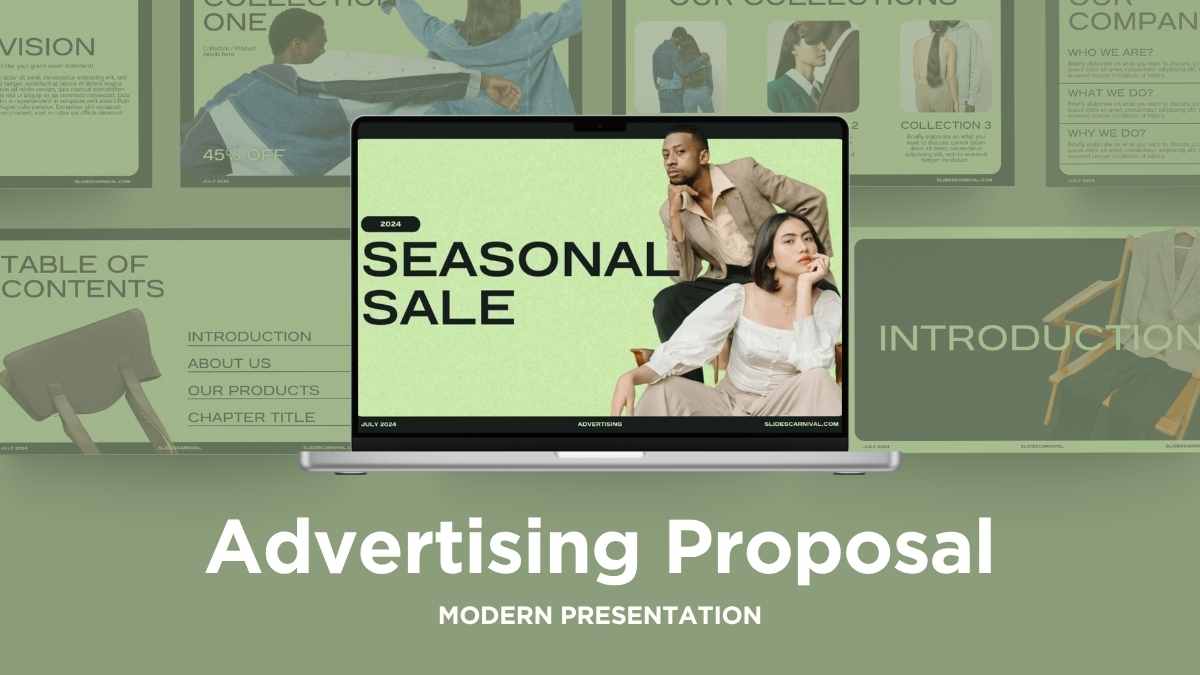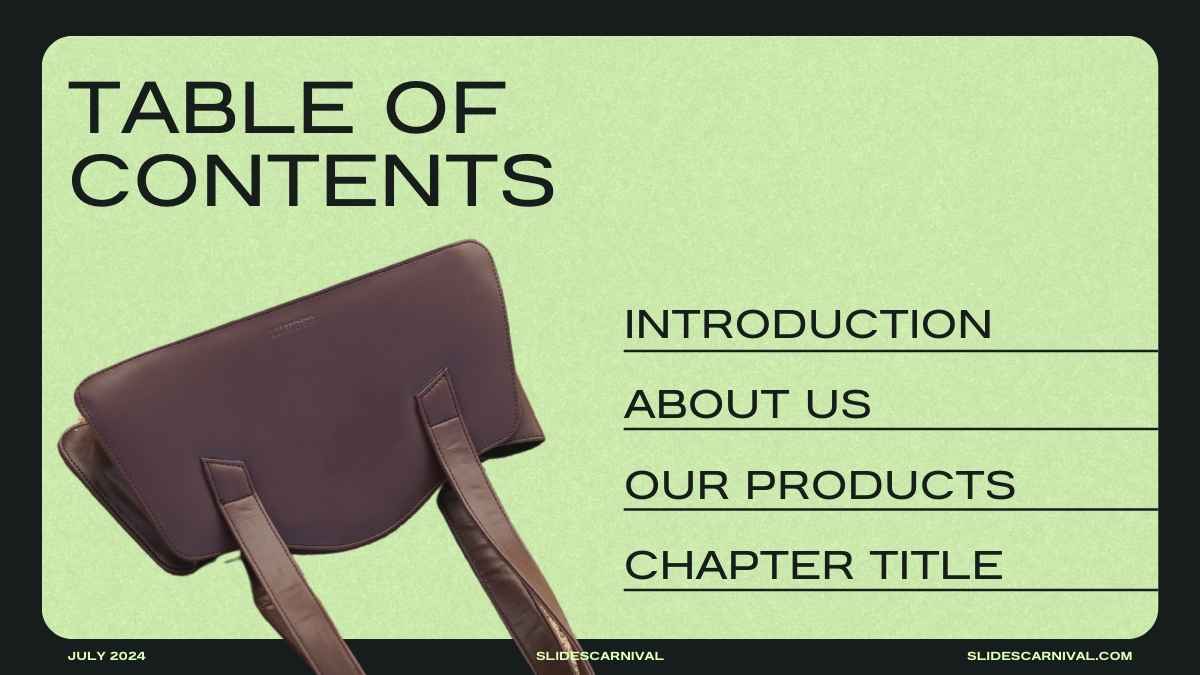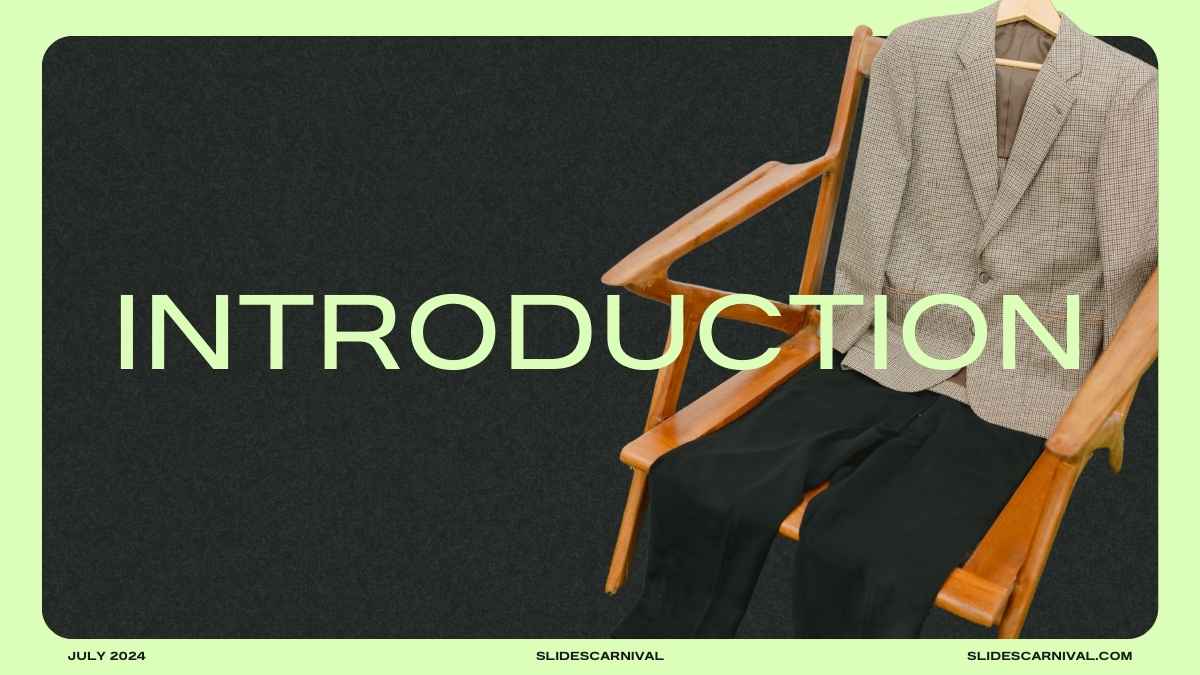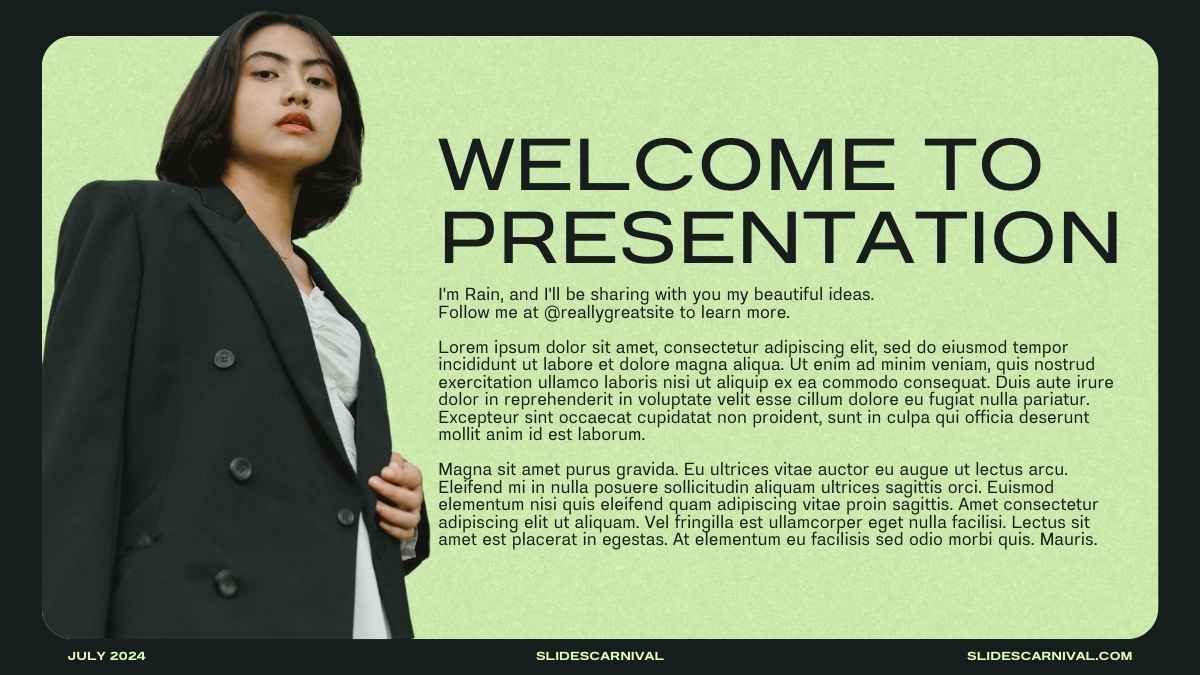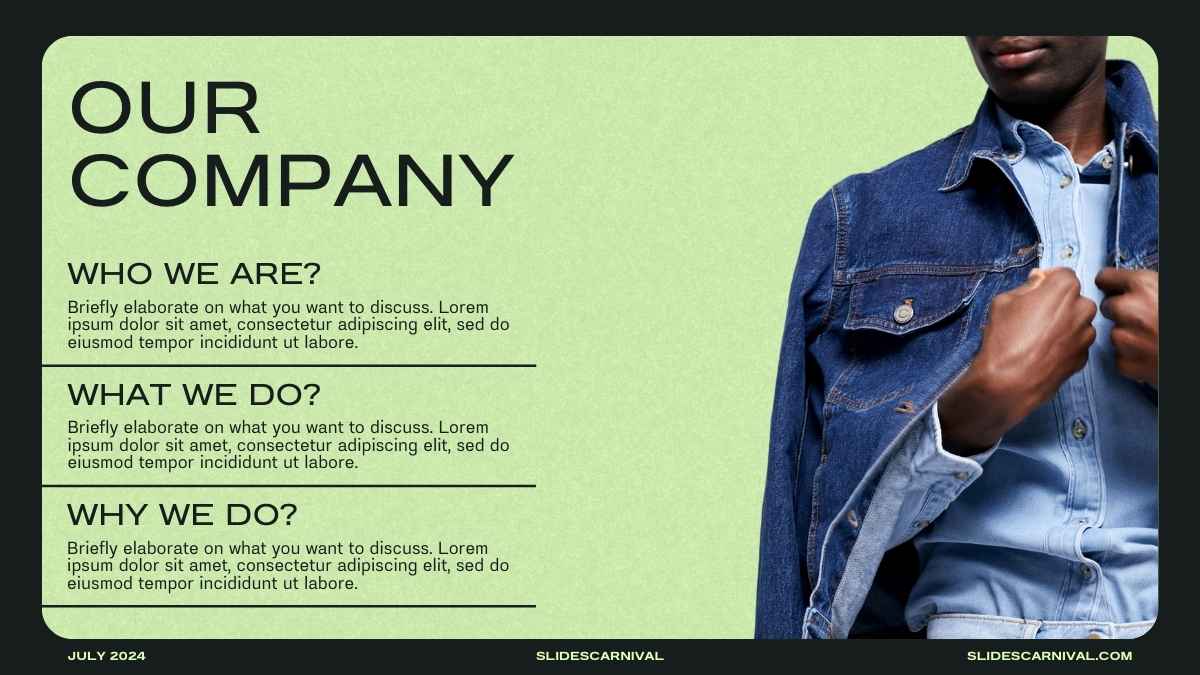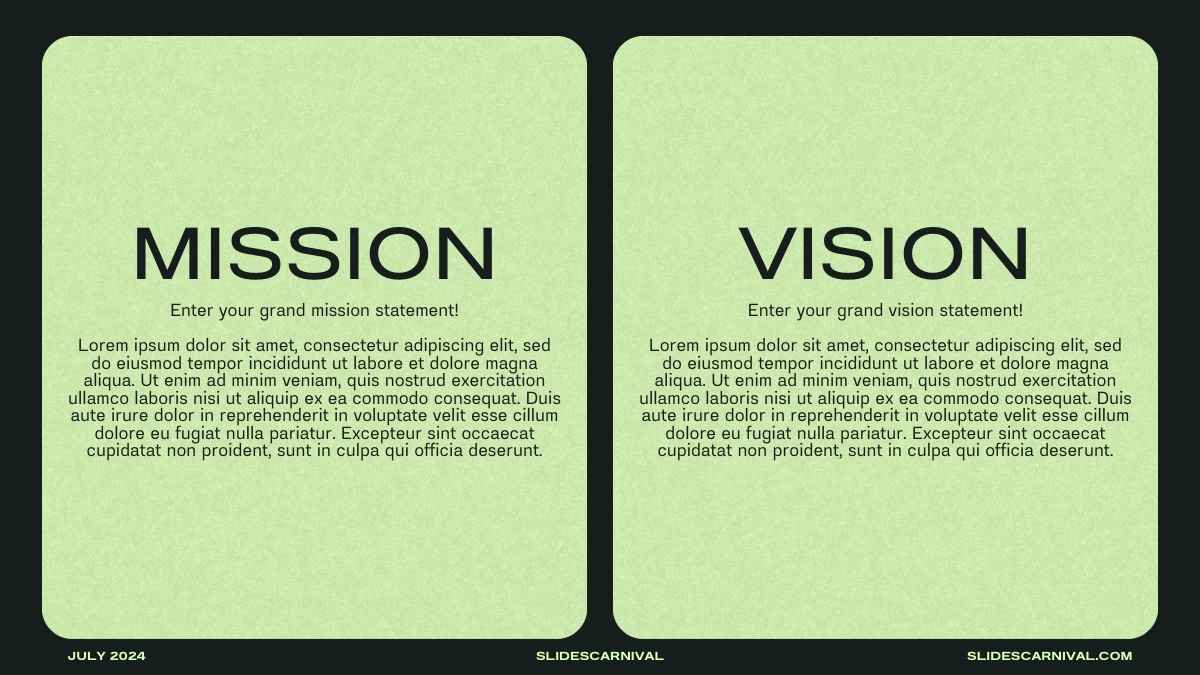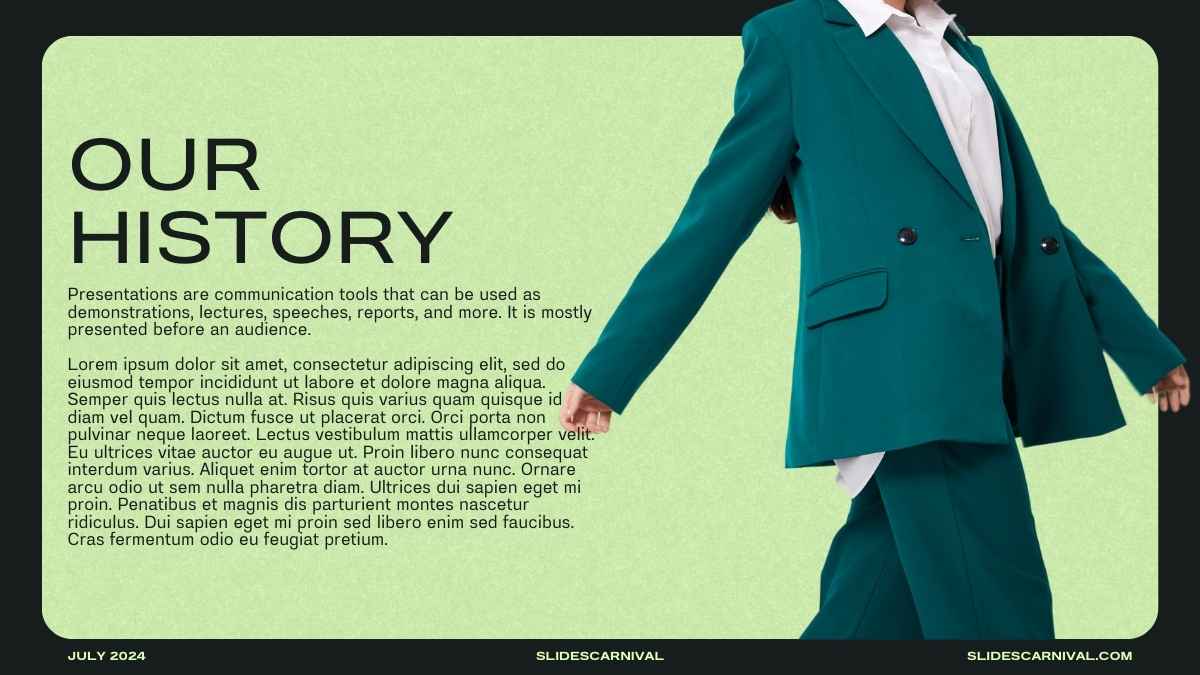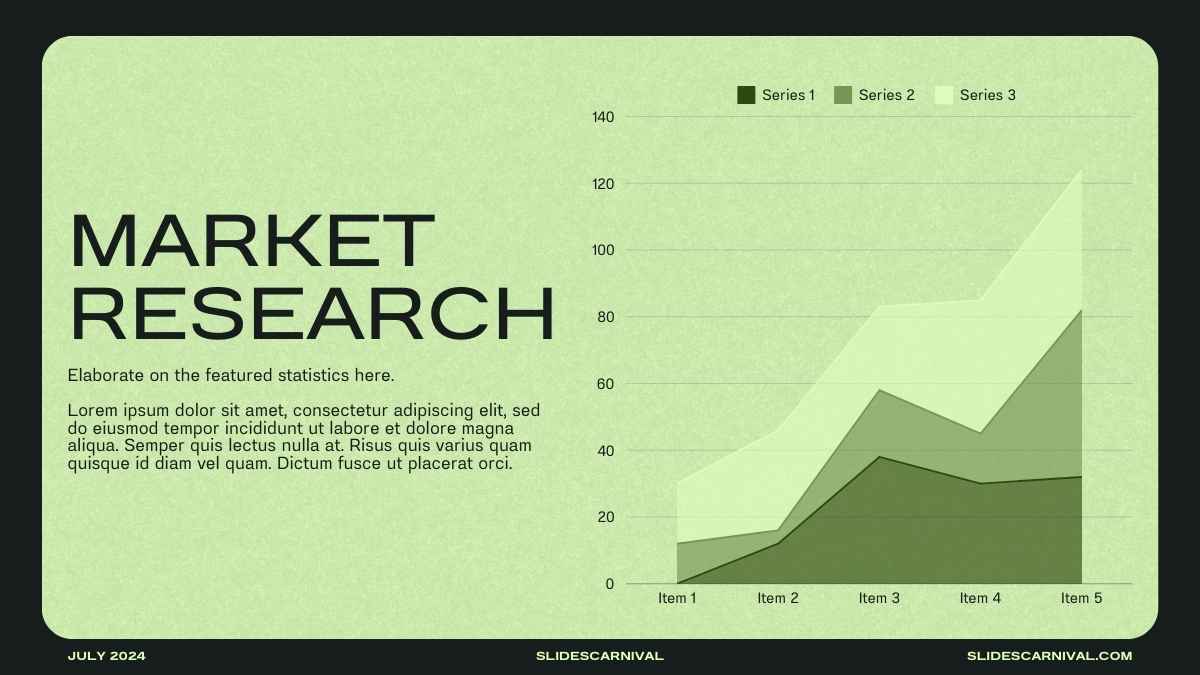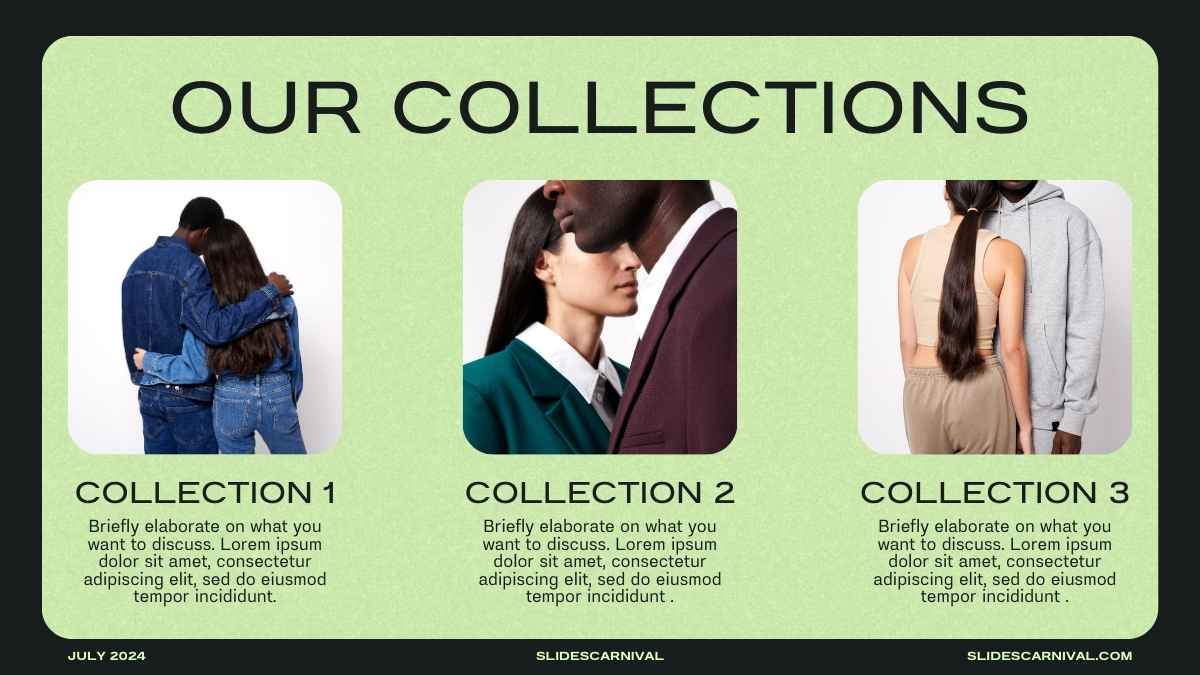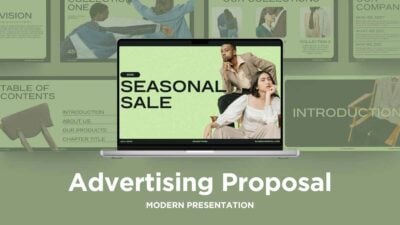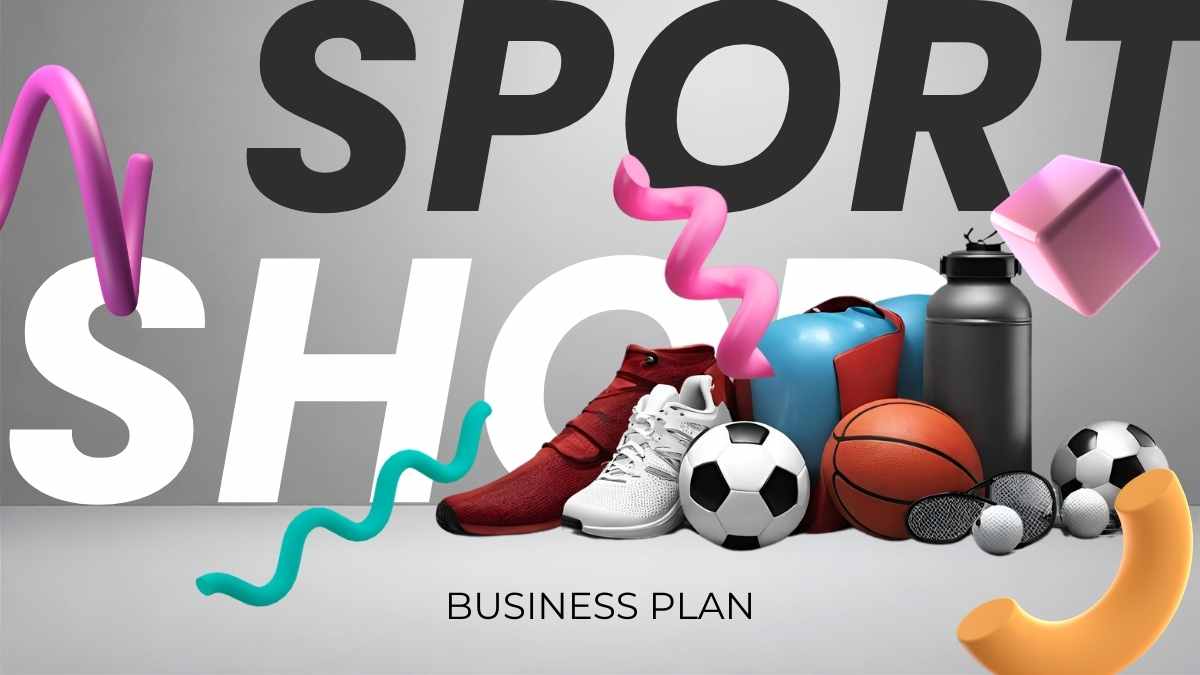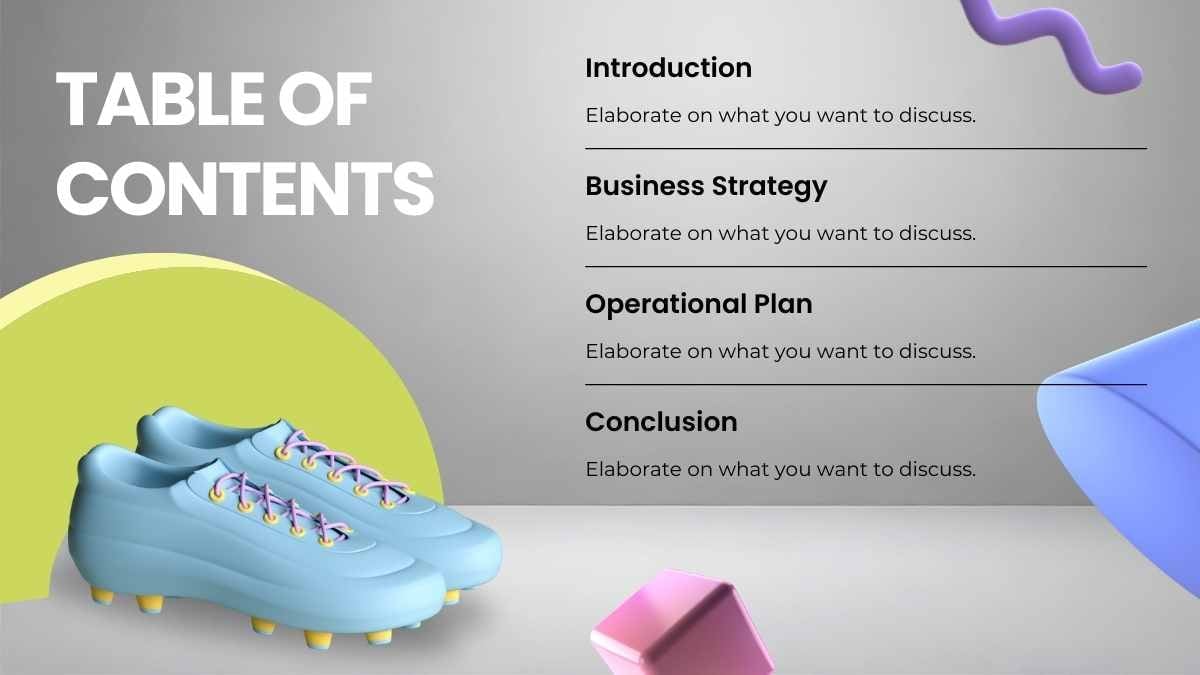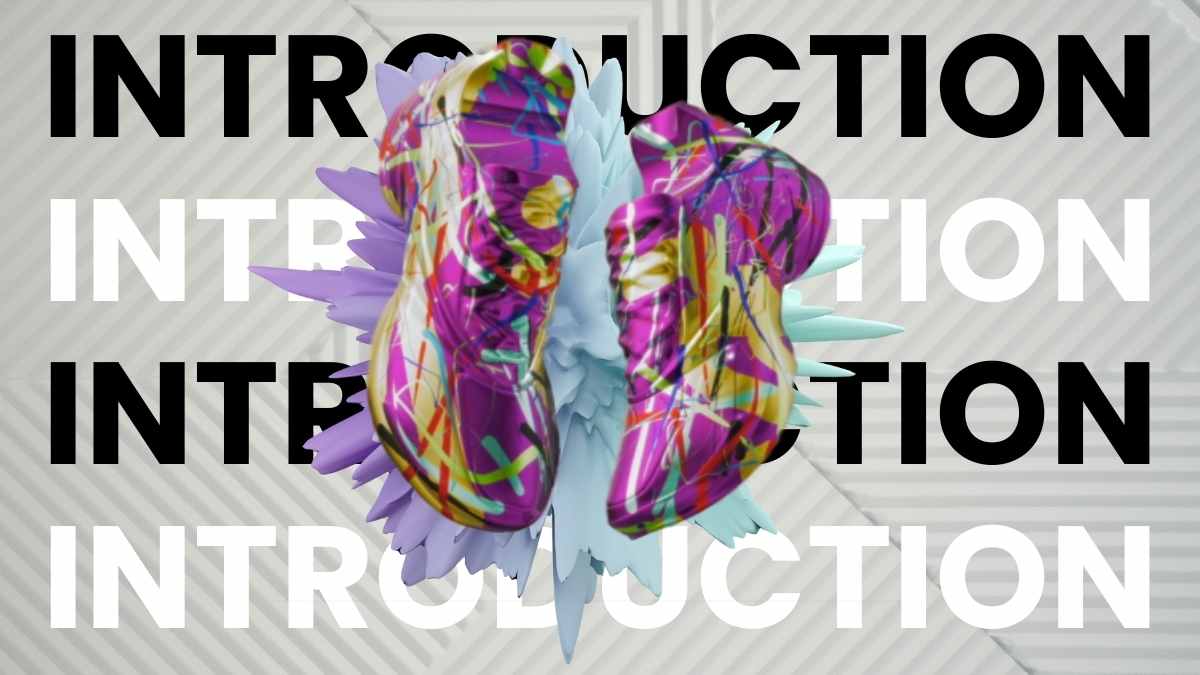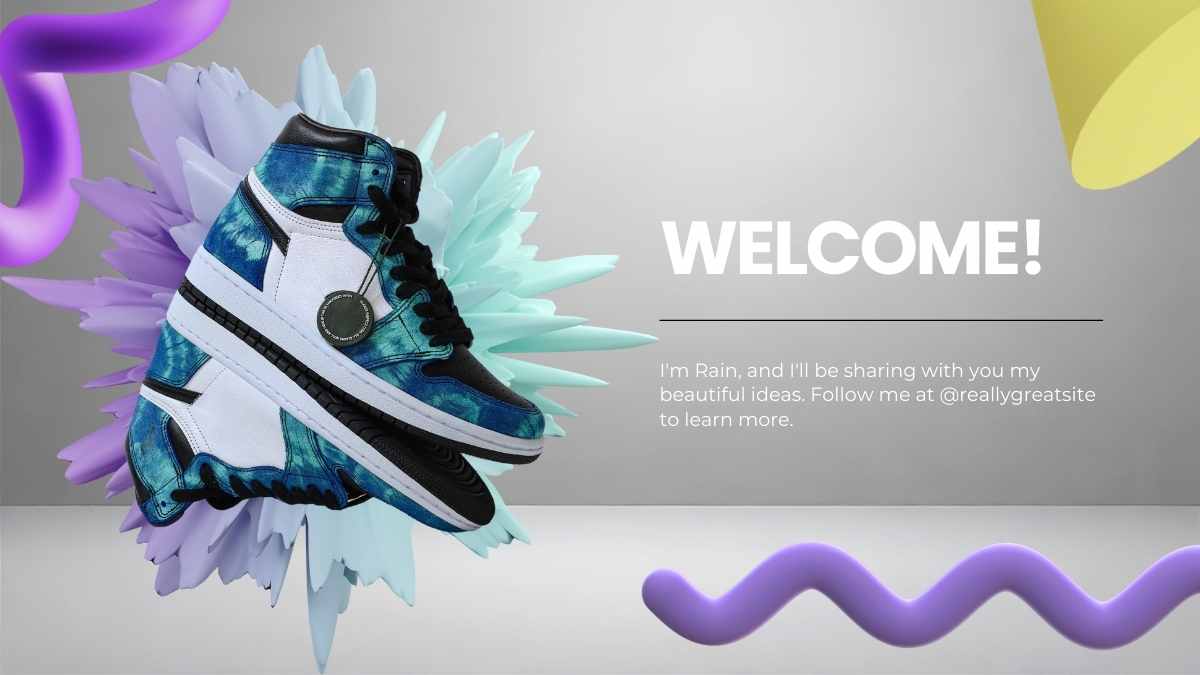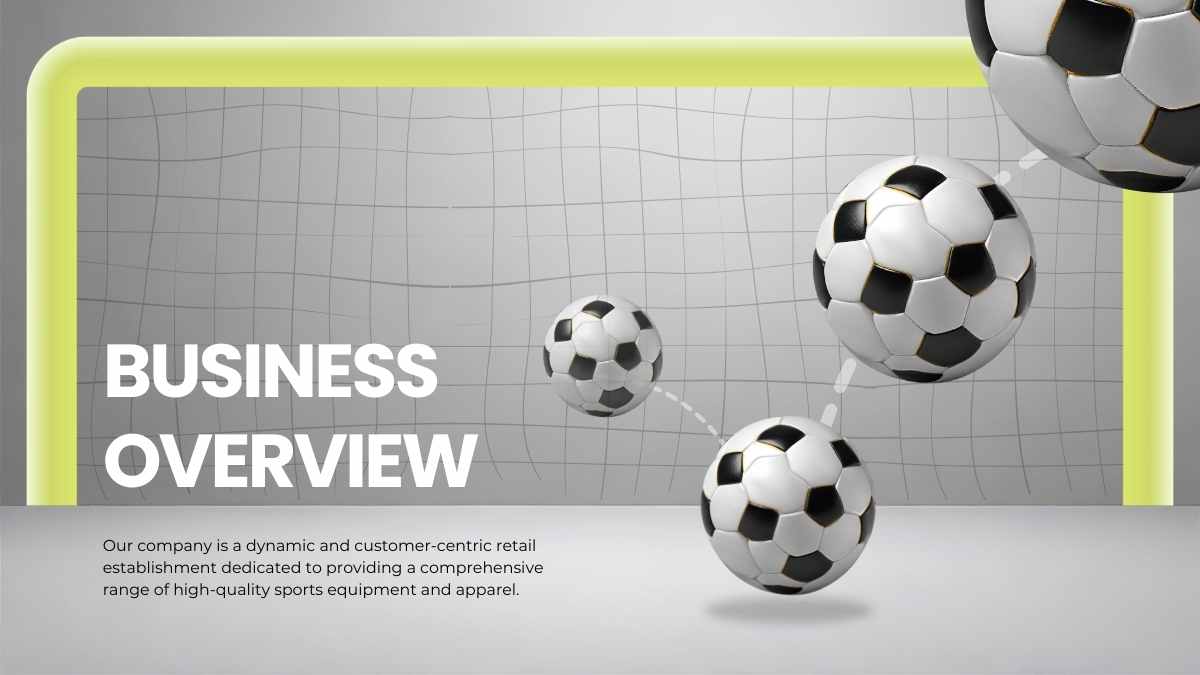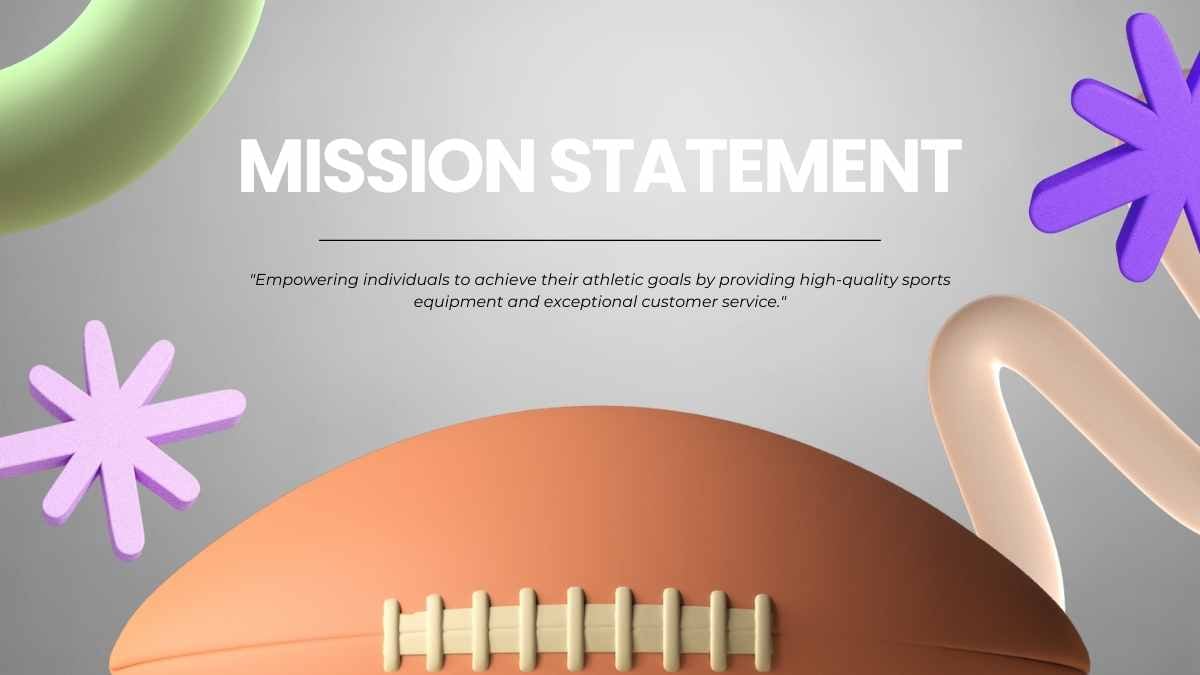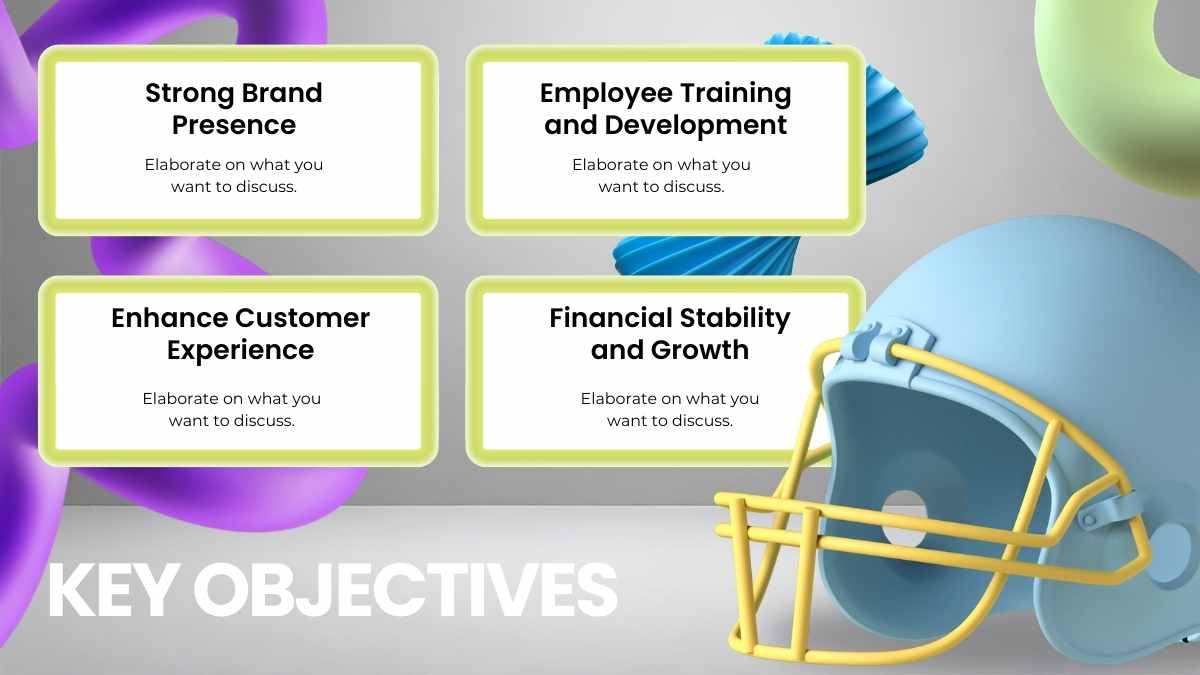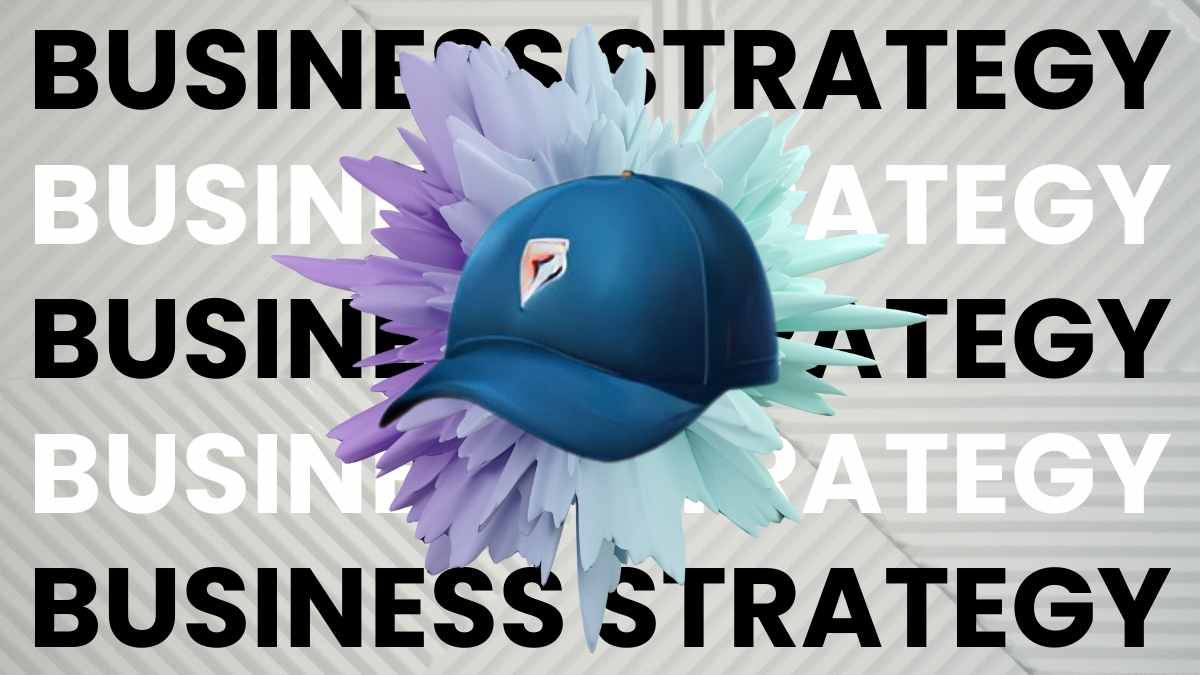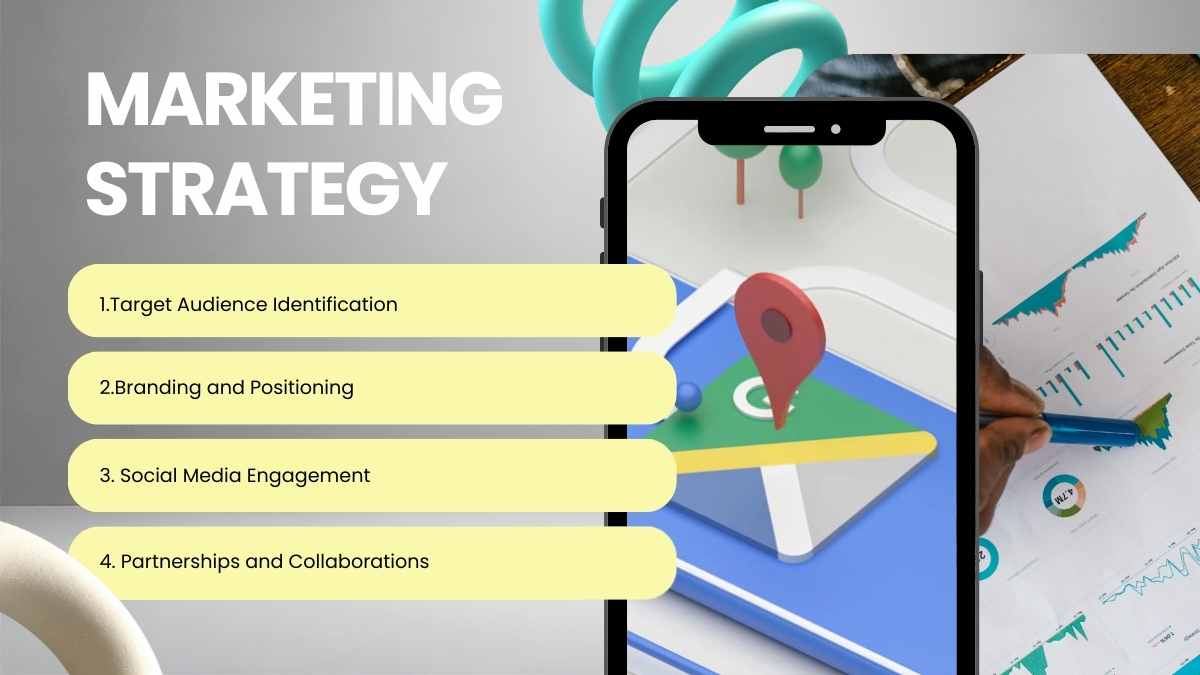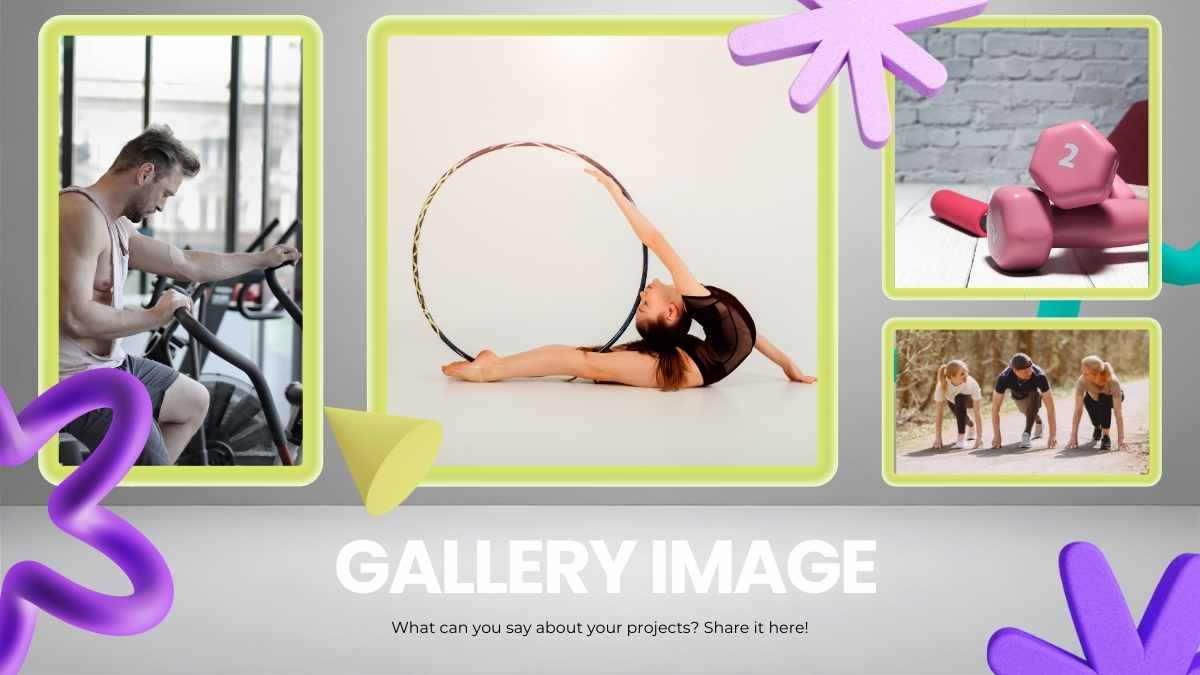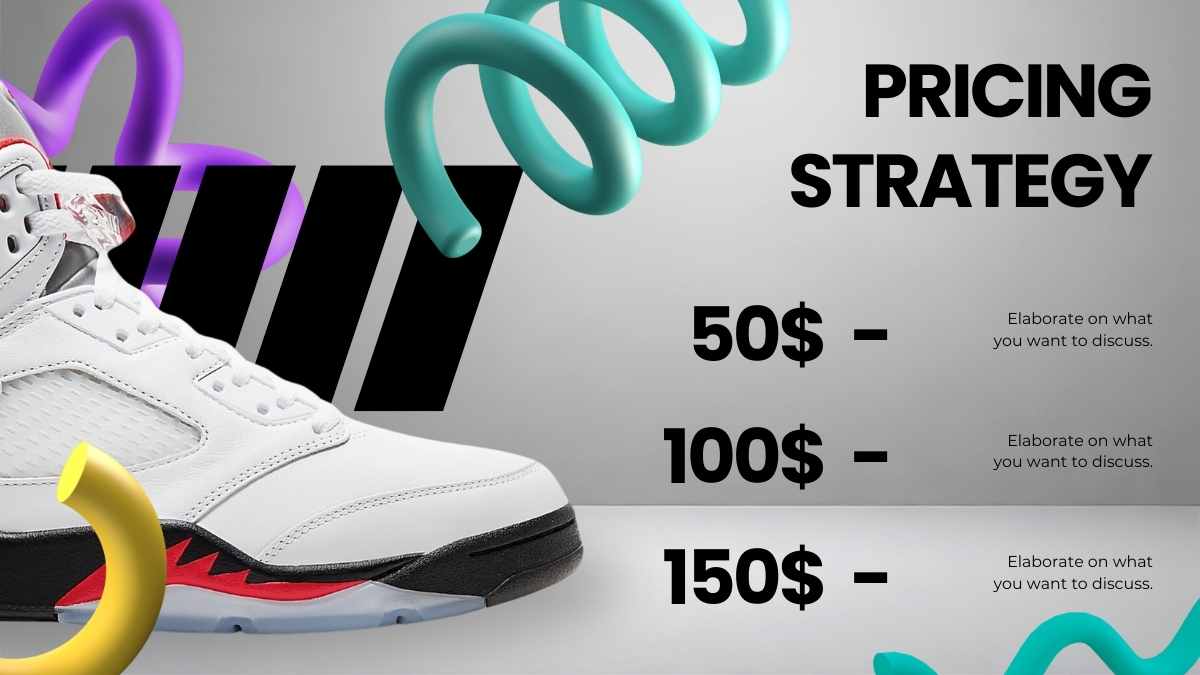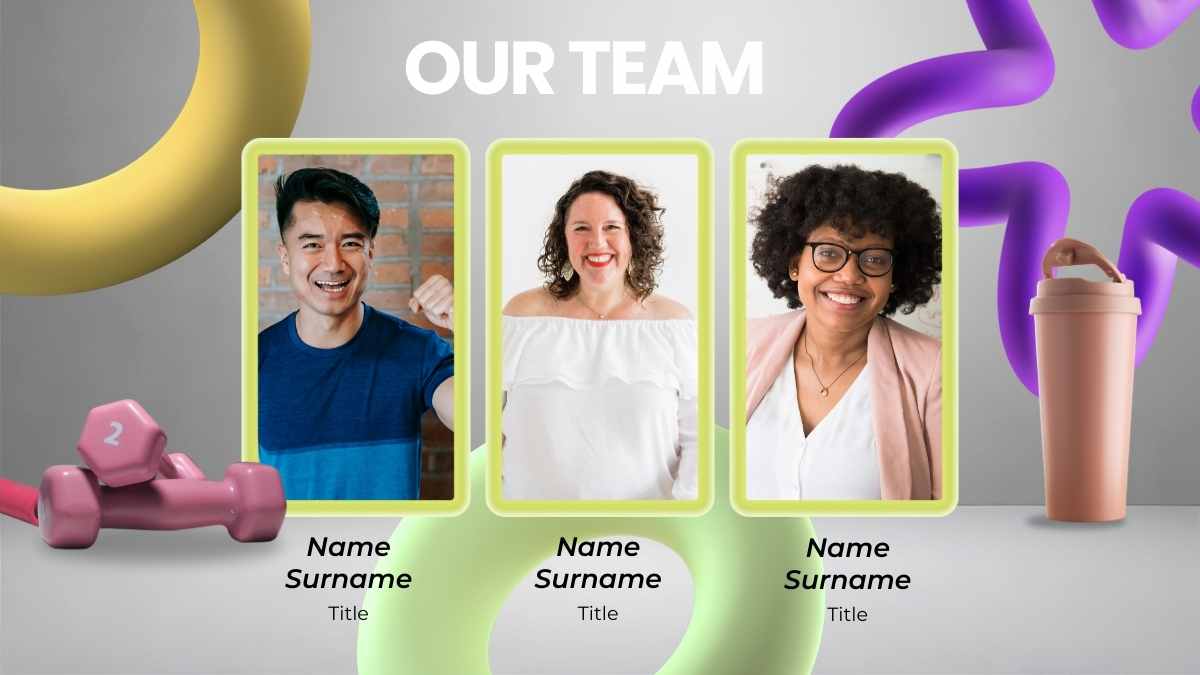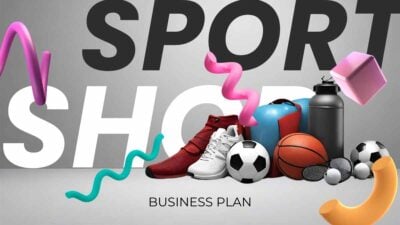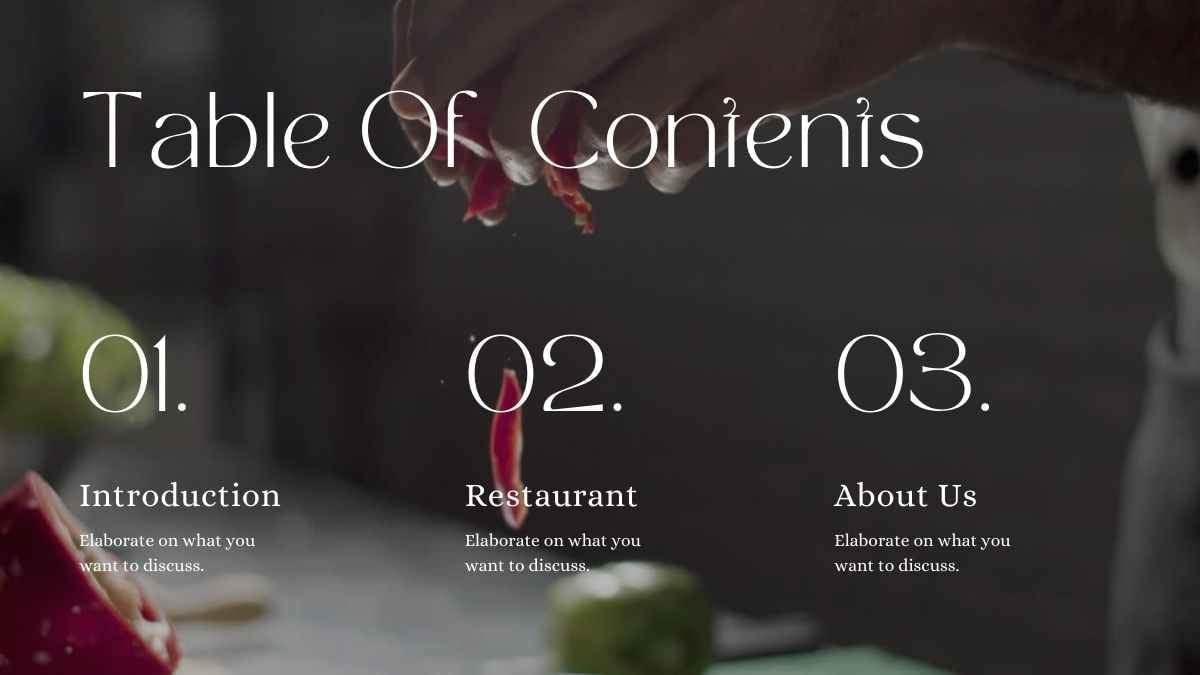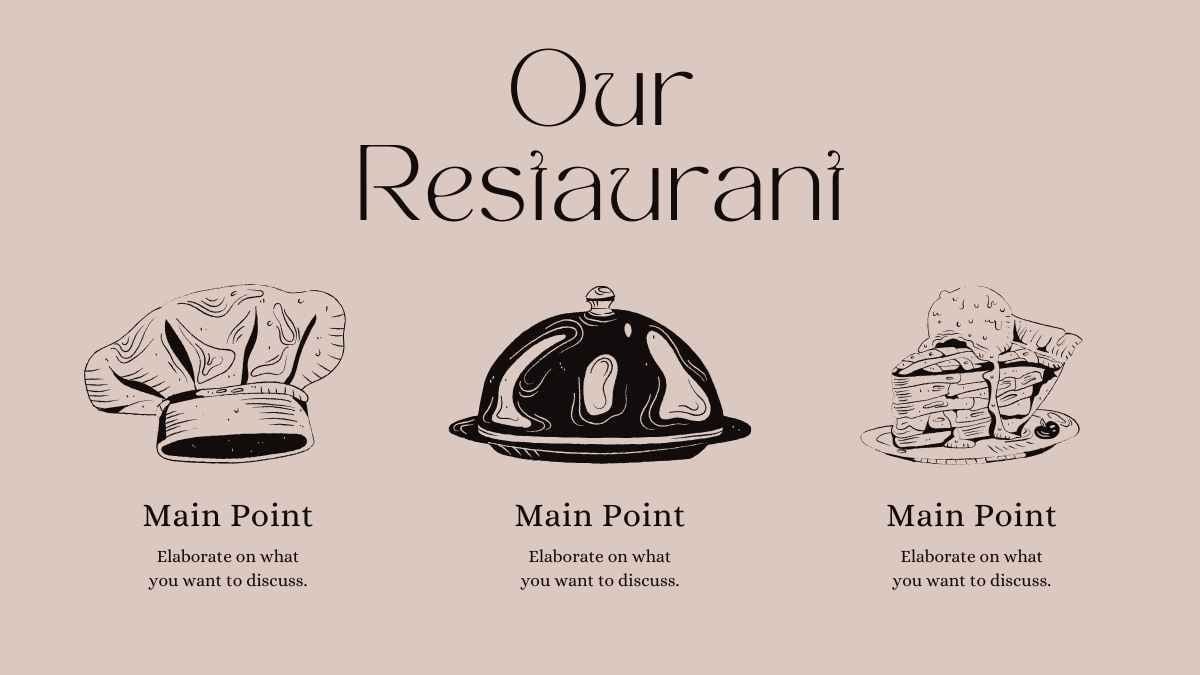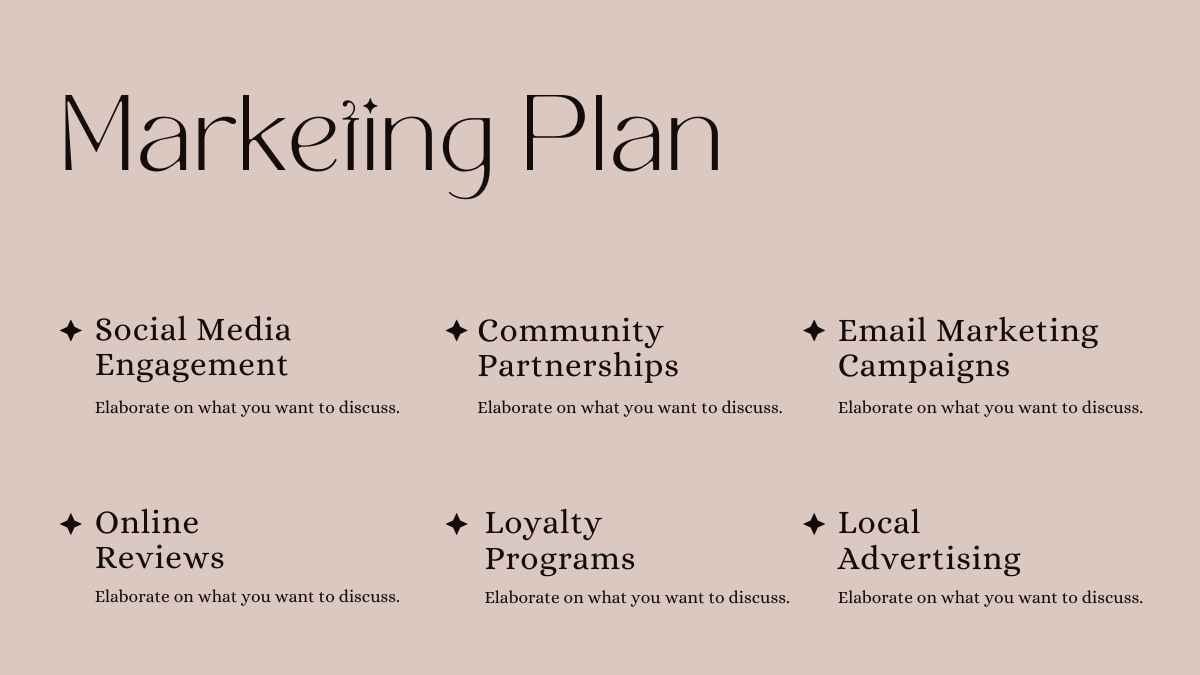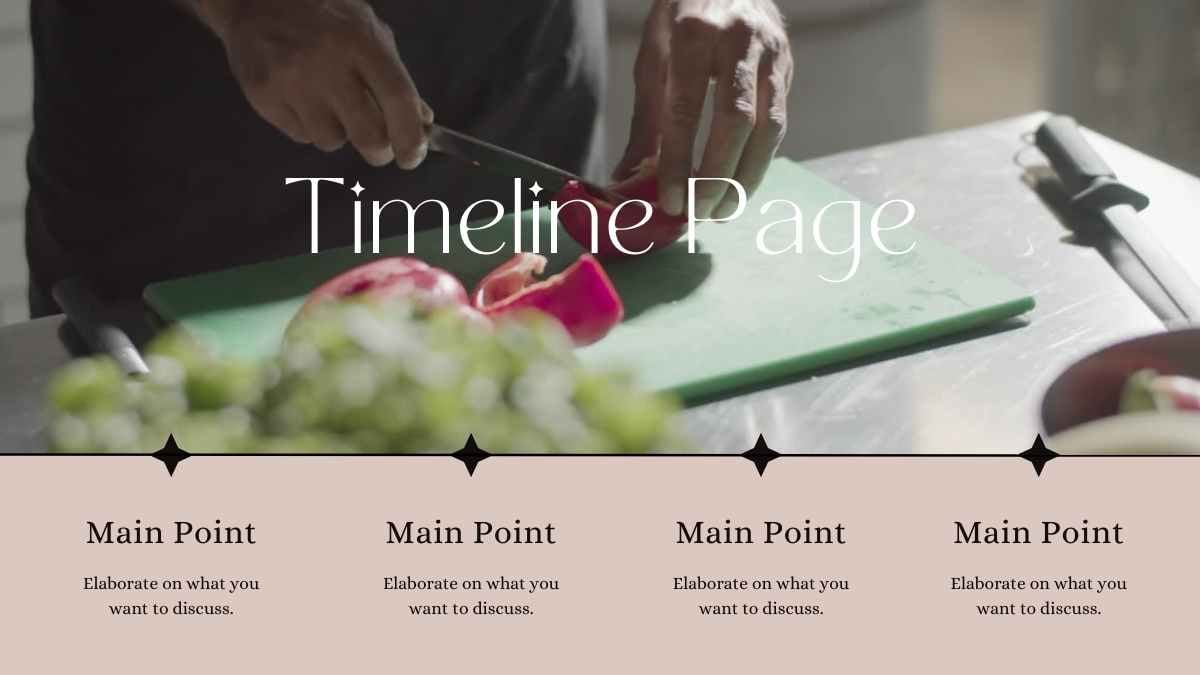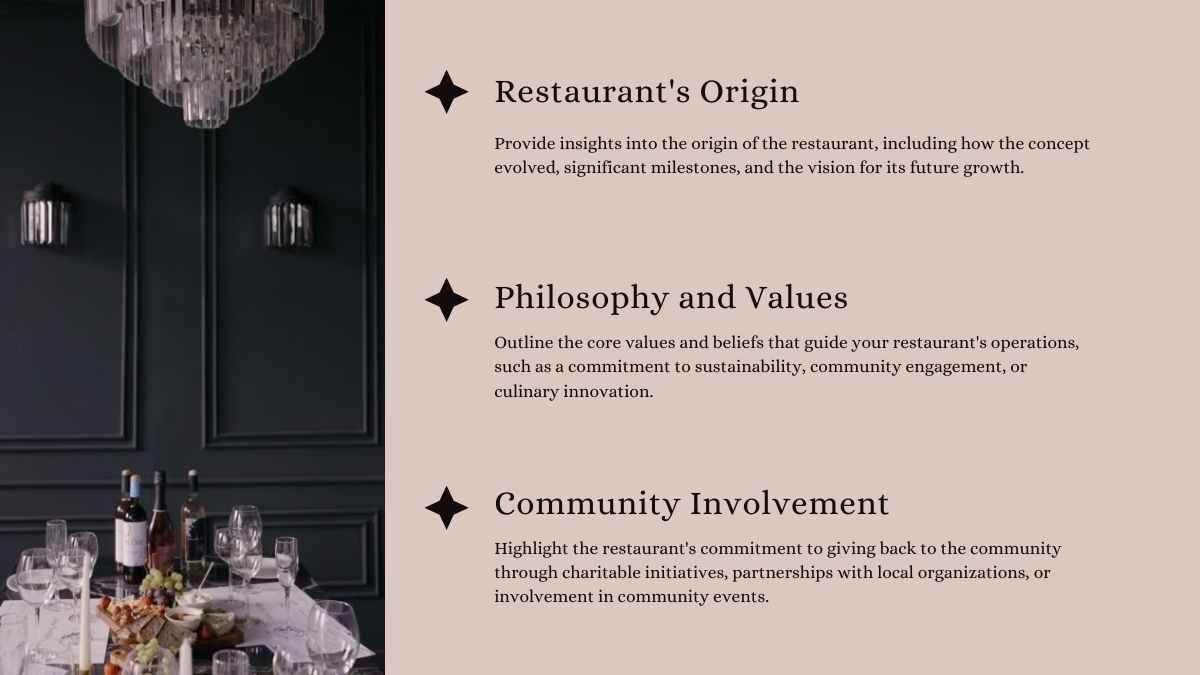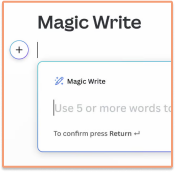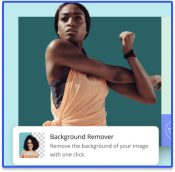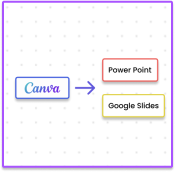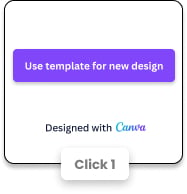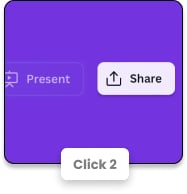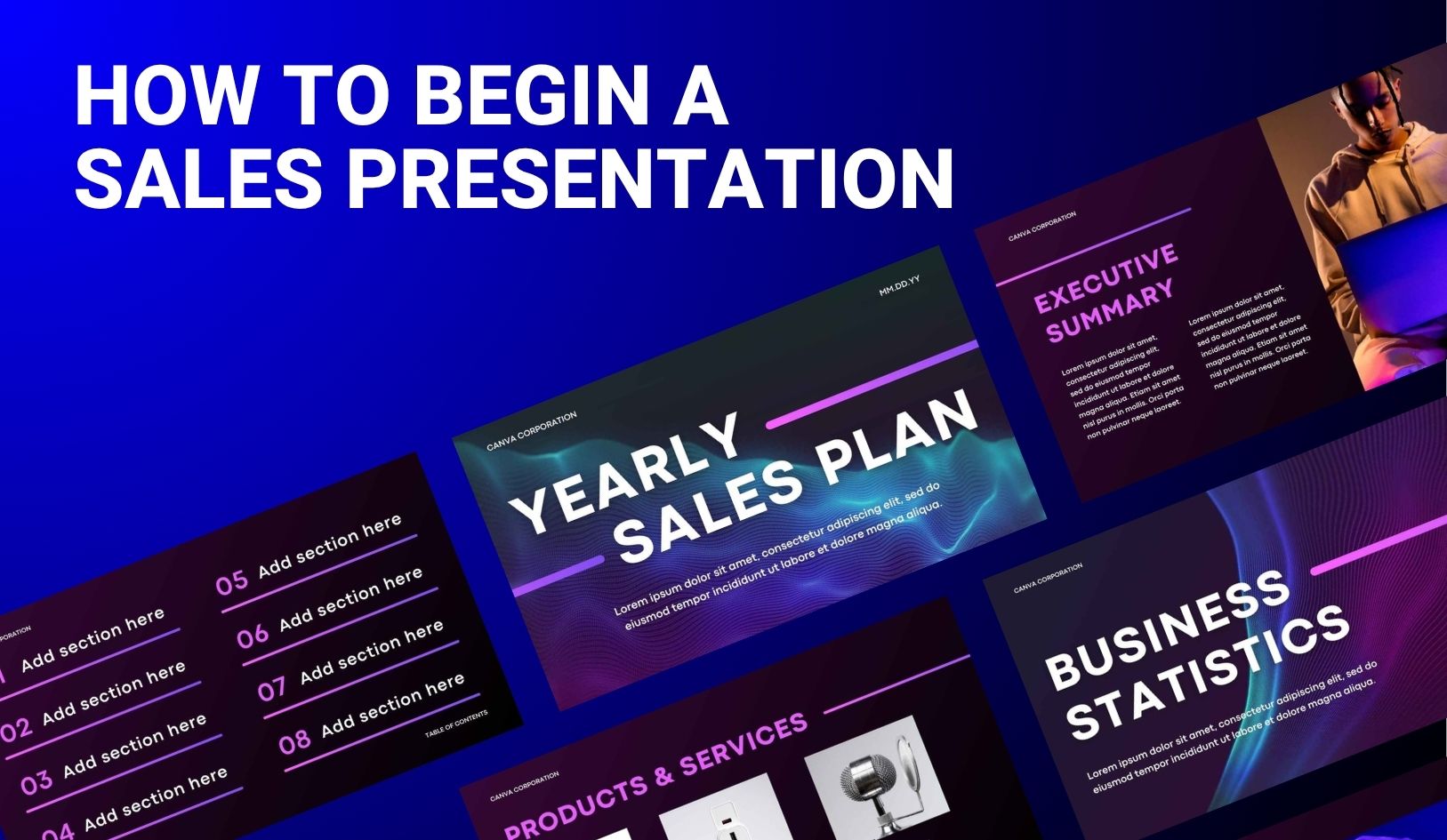
How to begin a sales presentation
What’s the key to getting your sales presentation started on the right foot? The answer is simple: you need to capture your audience’s attention.
So, how should you begin your sales presentation? Depending on the audience, doing this can be a lot easier said than done! Today, we’ll discuss a handful of strategies you can use to hook an audience at the beginning of your sales presentation, and hone your presentation skills in general. These include the following:
- How to grab attention
- Laying out a roadmap
- Be natural, be confident
How to grab an audience’s attention
Grabbing an audience’s attention at the start of a sales presentation can be tricky. Remember: you want to get people interested in what you’re selling, not pulling their hair out with a hard sell! Here are a few ways you can go about it.
1) Ask a question
Opening with an attention-grabbing question is a great way to kick off a sales presentation. The right question can instantly get the audience engaged and curious, snapping them out of listening passively and getting them to think.
Think of a question at the start of a sales presentation as a spotlight. It can shine attention on not just the product or service being sold, but on a relevant pain point or opportunity.
Example:
“What would it mean if your customer retention rate increased by just 5%?”
“How are some teams publishing 10x the content, with half the resources?”
“How much revenue are you losing each quarter to inefficiencies you can’t see?”
2) Be relatable
Being relatable is important because it establishes the presenter not just as a seller but also as a fellow user or beneficiary of what’s being sold. One strategy you can use is to tell the audience a relatable story at the beginning of your sales presentation.
Example:
“Last year, one of our clients was struggling to scale. Within three months of using our solution…”
“Just a few months ago, a creative team we worked with was drowning in inconsistent branding. After switching to our platform…”
“Last quarter, a fast-growing startup came to us frustrated—they had great ideas but no way to organize or prioritize them. Three weeks after onboarding with our system…”
3) Share facts
One thing you want to avoid at the start of a sales presentation is beating around the bush. Some audiences would prefer that a presenter get to the point, and the easiest way to do this is by sharing related facts or statistics.
The keyword here is ‘related.’ They need to be compelling, and they should connect the product or service being sold to the audience emotionally or intellectually.
Example:
“Are you aware that 82% of businesses say they’ve lost a deal because they followed up too late? That’s a simple, fixable problem, and we’re here to talk about it.”
“Employees spend up to 19% of their time searching for internal information—that’s nearly one full day per week.”
“Consistent branding across all platforms can increase revenue by up to 23%.”
4) Frame value
Try to focus on a product or service’s benefits, not features. To grab an audience’s attention, explain how an offering will improve an outcome, save time, increase revenue, or reduce risk.
You can also frame an offering’s value by differentiating it from its competitors and showing how it’s better suited to the audience’s needs.
Long story short? Help the audience understand why they should care about a product, and why they should care about it now.
Example:
“So, you’re working on scaling your outreach without doubling your headcount? Here’s how to make that possible.”
“You’ve got ambitious revenue goals this quarter. This strategy has helped similar organizations hit those goals faster.”
Laying out a roadmap
Showing an audience a brief outline of your sales presentation shows that you’re prepared and organized. Here are a few tips on how to properly lay out what the audience should expect.
1) Use an overview slide
The easiest way to lay out a roadmap at the beginning of a sales presentation is by including an overview slide in your deck.
Also referred to as an agenda or table of contents slide, this gives the audience a brief overview of a presentation’s structure. Below is an example:
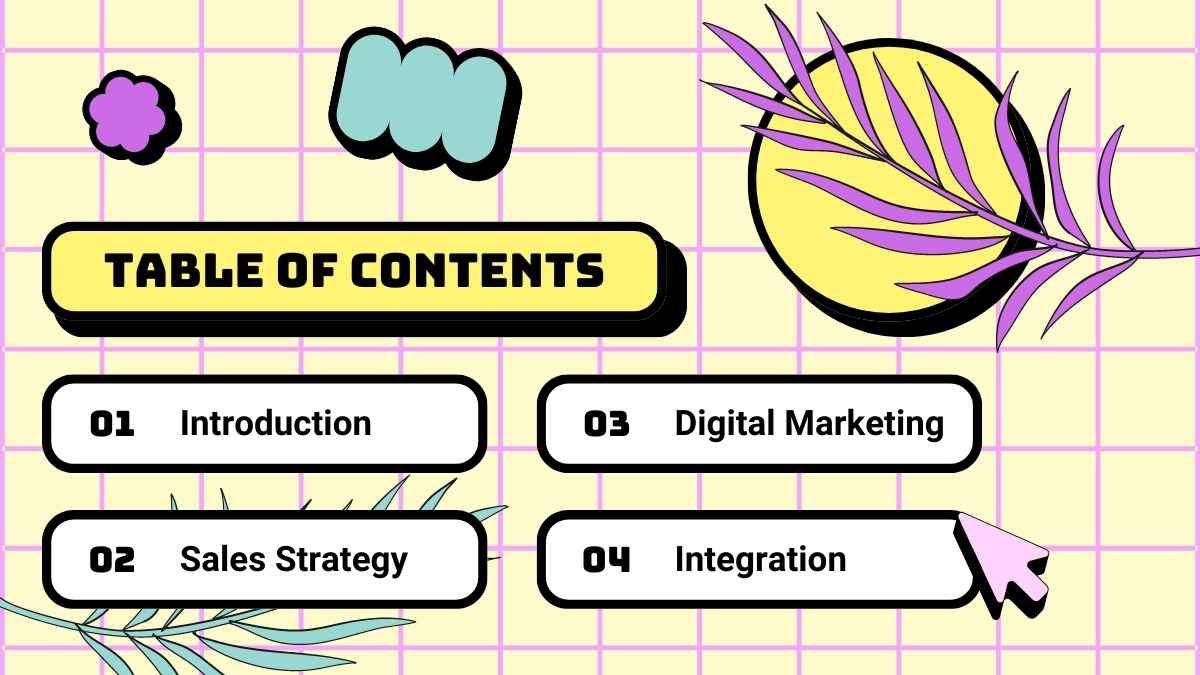
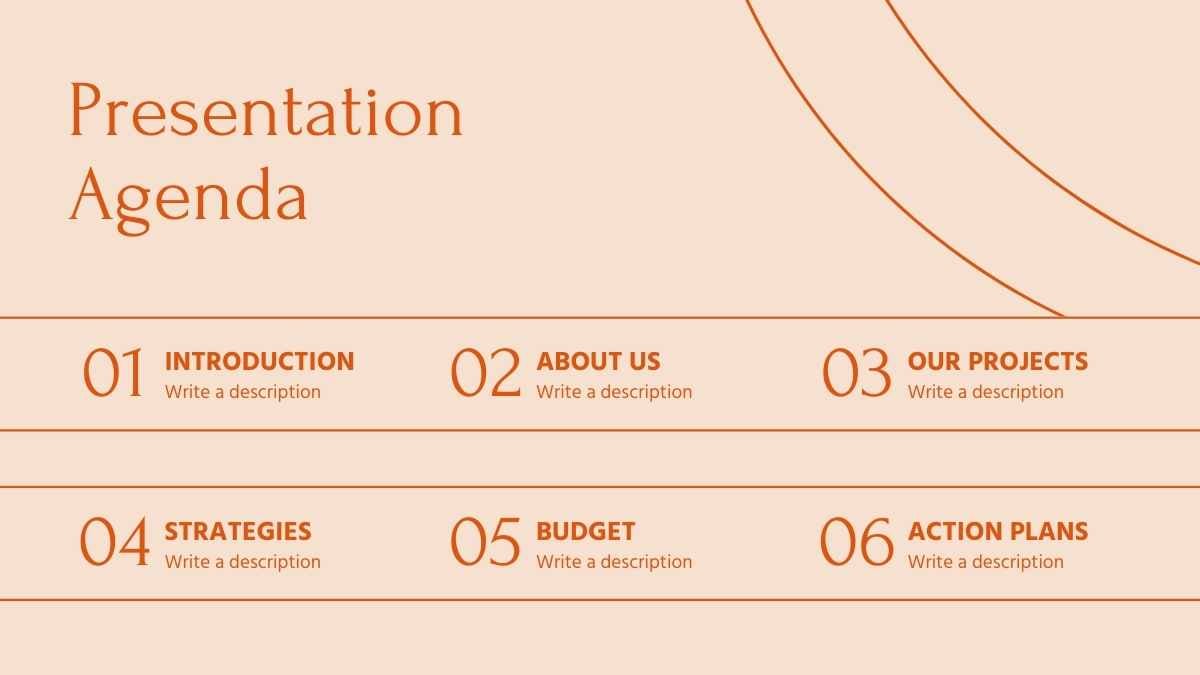
2) Cover it as part of your introduction
Conversing with the audience adds a layer of engagement that flashing a slide can’t replicate. That said, maybe you’d prefer to outline your sales presentation as part of your introduction?
Just remember to use a conversational tone and avoid sounding like you’re reading from a script when previewing your presentation’s agenda.
Example:
“We’ll walk through the challenges, explore how our tool addresses them, and end with next steps.”
“Here’s what we’ll cover in the next 15 minutes. First, we’ll talk about the challenge most teams face. Then. I’ll show you a live example of how our service goes about solving it. Then, we’ll run through the next steps.”
Be natural, be confident
Last but not least, you need to give off the impression that you’re not just familiar with what you’re selling, but that you believe in its proposition as well. Here’s how:
1) Master your material
As we mentioned earlier, you want to avoid sounding like you’re reading your presentation slide or from a script. The best way to do so is to know your presentation well enough to talk about it casually.
- If you need an outline, use bullet points and not a full script.
- Rehearse your introduction beforehand.
- Anticipate how your audience will react or ask questions
- Know the parts of the presentation
2) Practice out loud
Don’t just practice in your head. Make sure to rehearse out loud, and even in front of a mirror if you wish. You can also record a video of yourself if you want to review your body language and expressions.
This will help you with:
- Sounding natural in your phrasing
- Nailing your timings and pace
- Revising any awkward lines or phrases
3) Be conversational
Avoid making any hard sells or sounding too corporate, as this will make you seem inauthentic to the audience. Instead, imagine that you’re speaking with a person one-on-one.
Instead of saying something like “This solution leverages enterprise-grade scalability,” say “It grows with your team, whether you’re 10 people or 10,000.”
Here are a few other tips to keep in mind to help you stay conversational:
- Make eye contact with the audience
- Smile occasionally
- Relax your hands and posture
- Adapt your tone and pace as needed
- Leave room for interactions
Need inspiration?
The SlidesCarnival library offers a wide range of customizable sales presentations that are also excellent sources of inspiration. Here are six examples to help you get started:
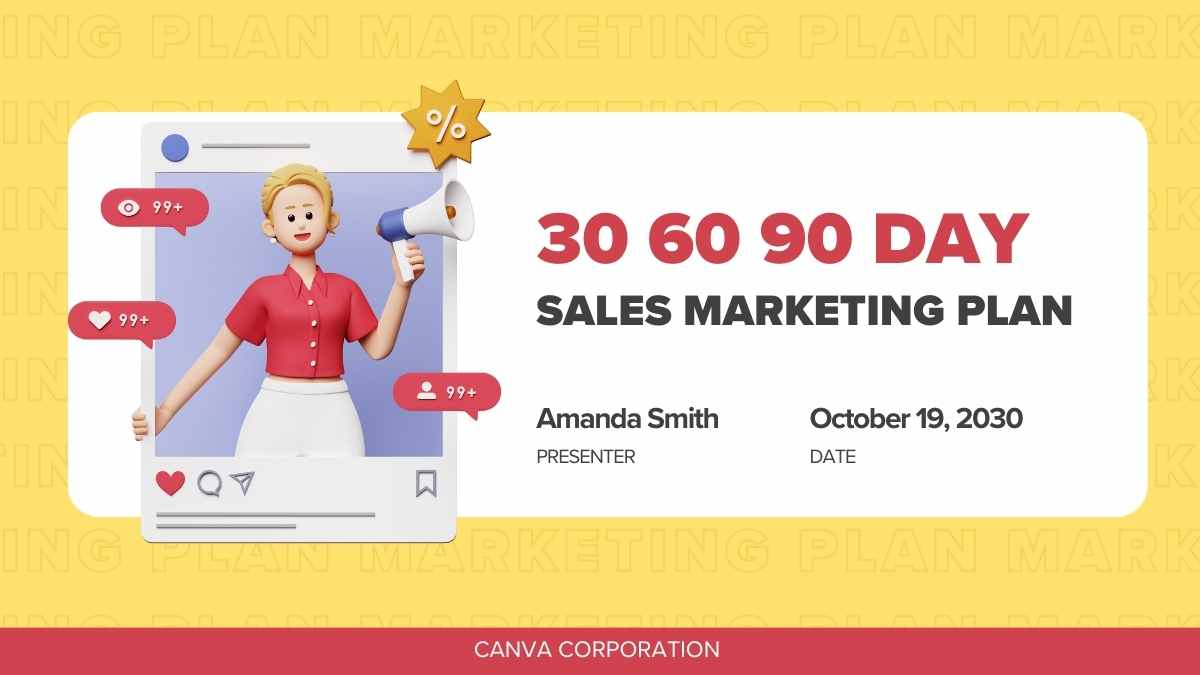
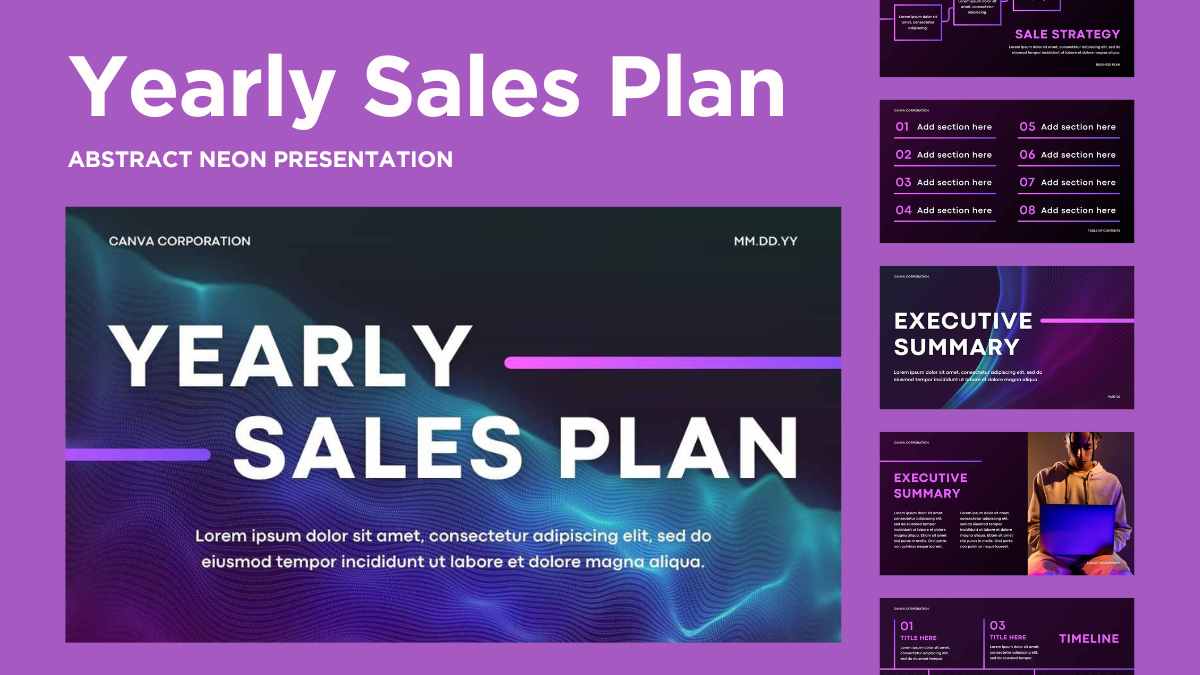
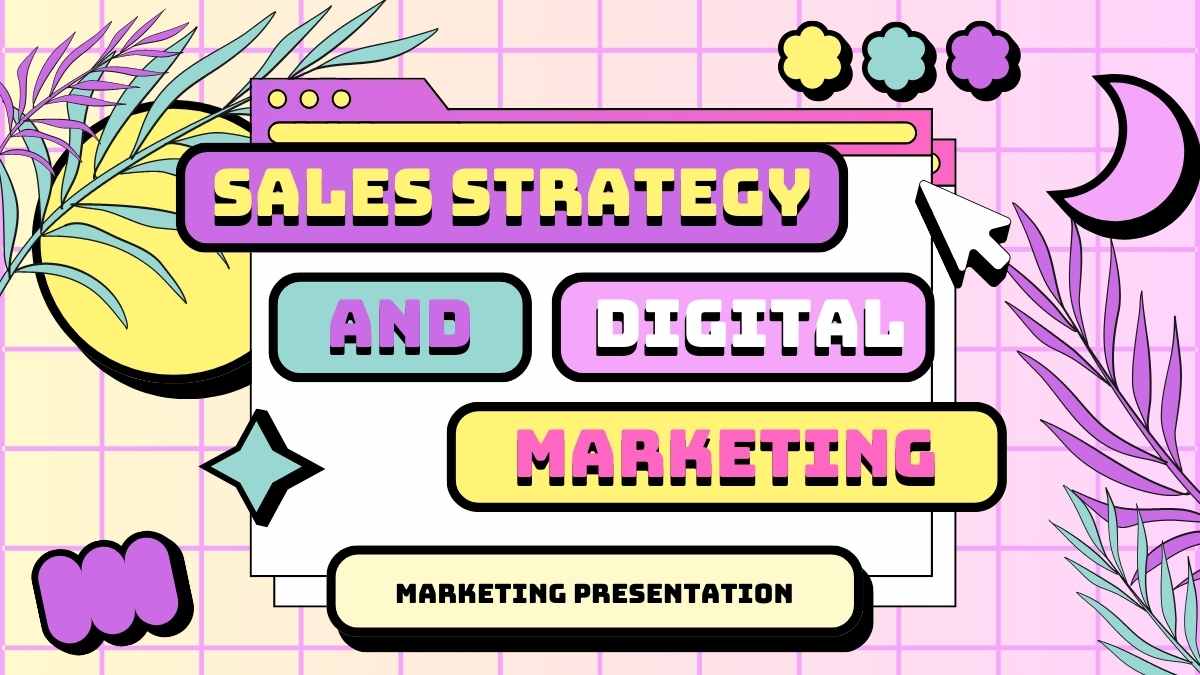

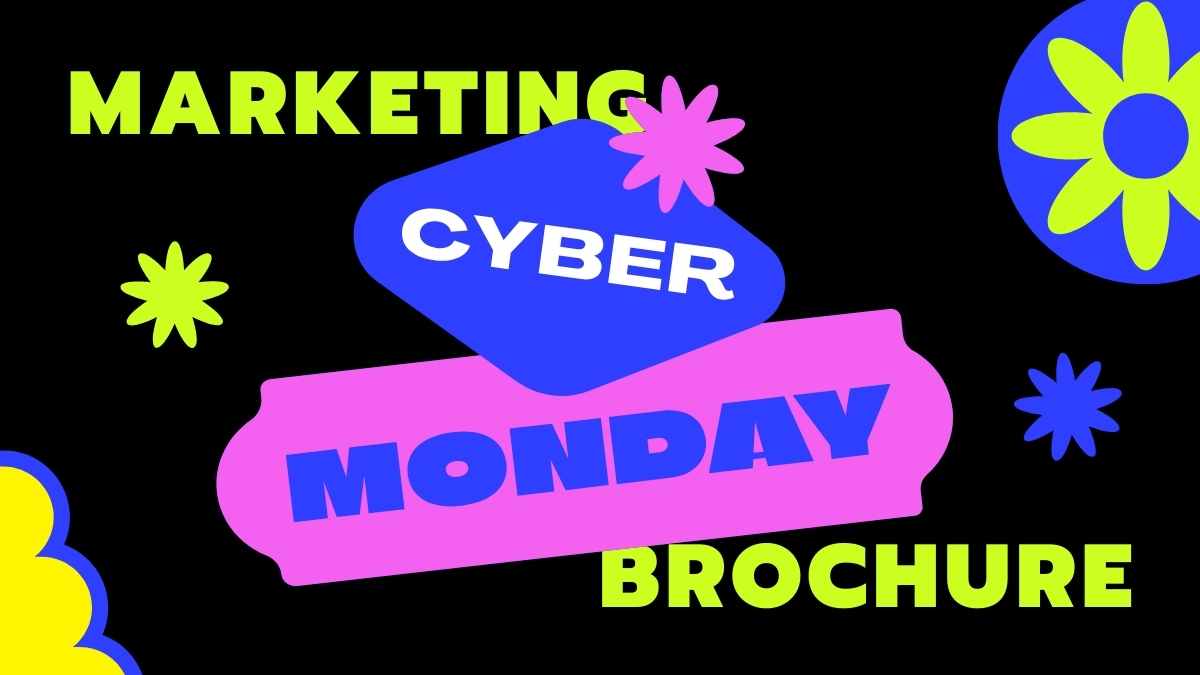

Key takeaways
Grab the audience’s attention
- Open by asking a relevant question
- Share a relatable story
- Present important or eye-opening facts and figures
Lay out a roadmap
- Include an overview or agenda slide
- Provide an outline in your introduction
Be natural and confident
- Master your material
- Practice out loud
- Stay conversational


